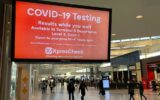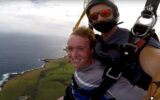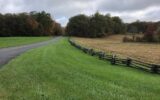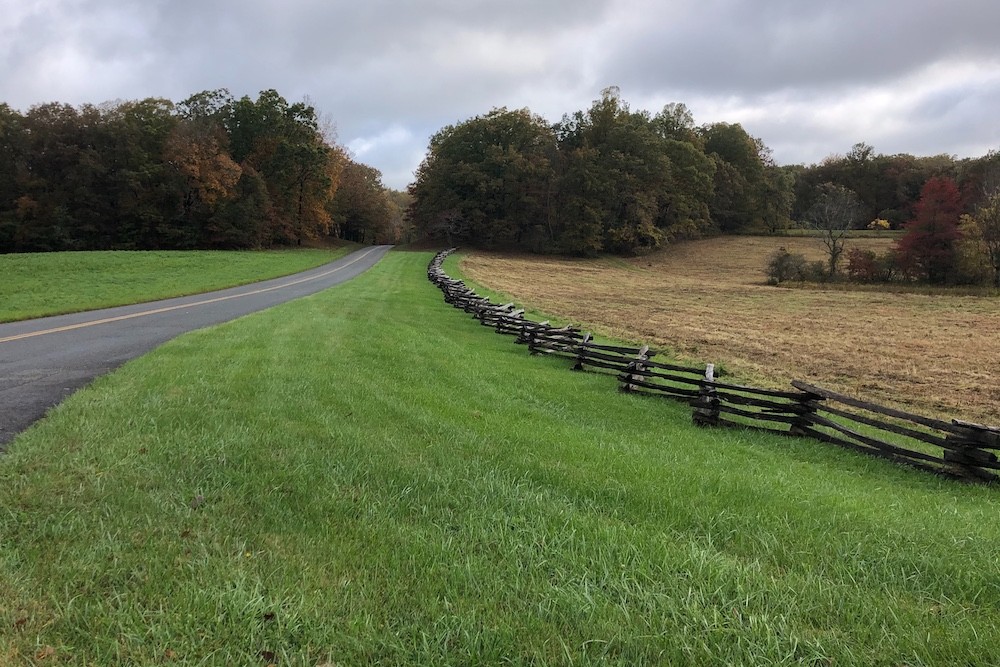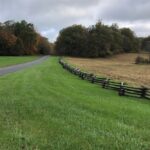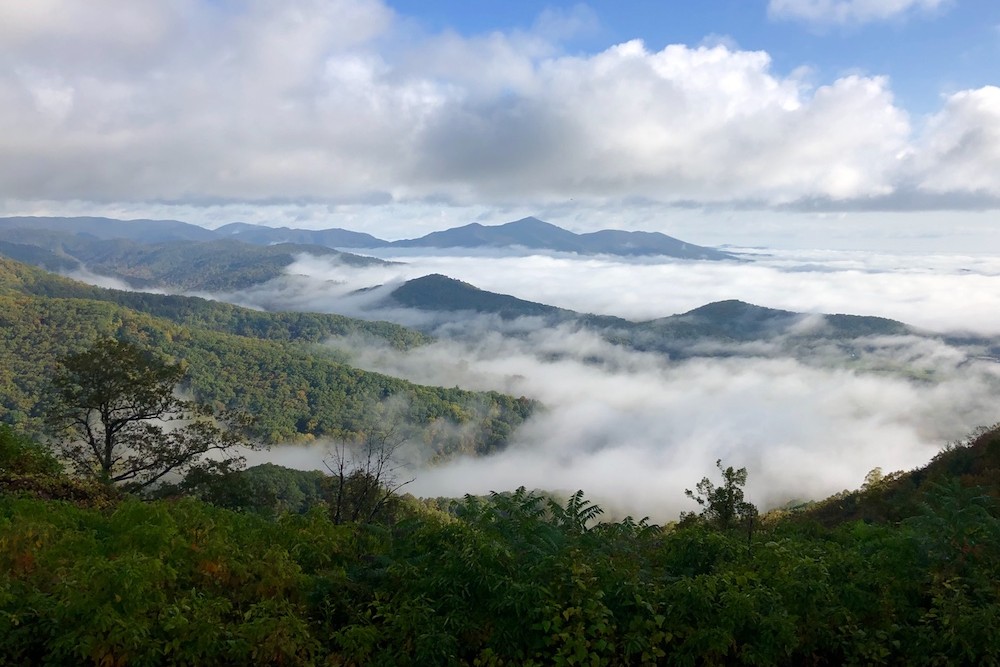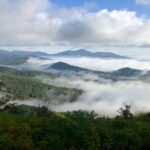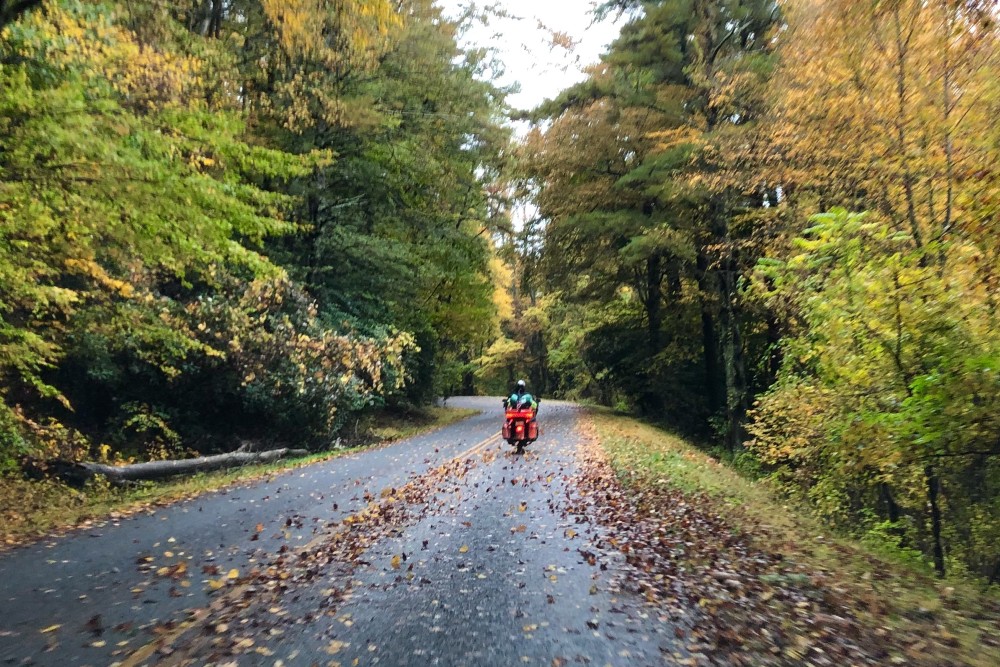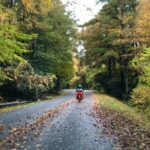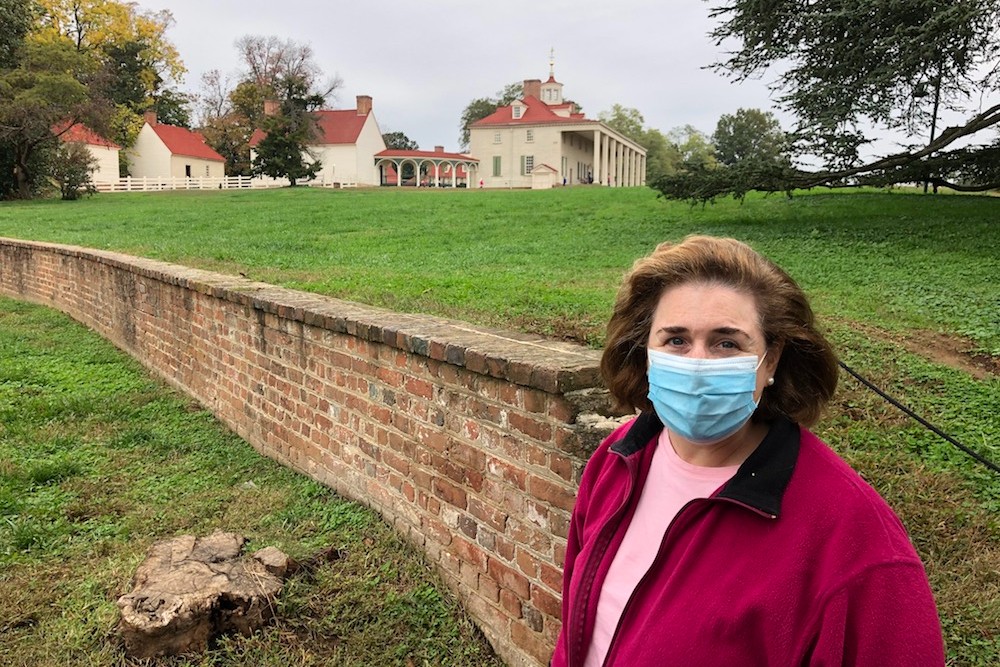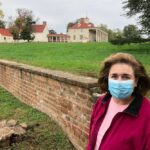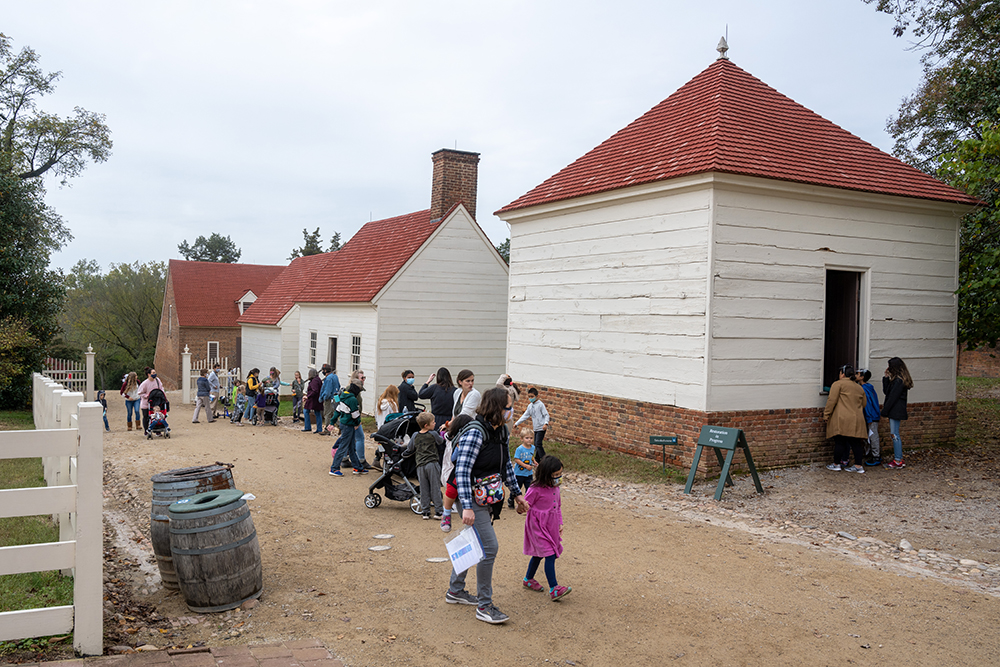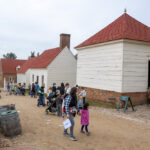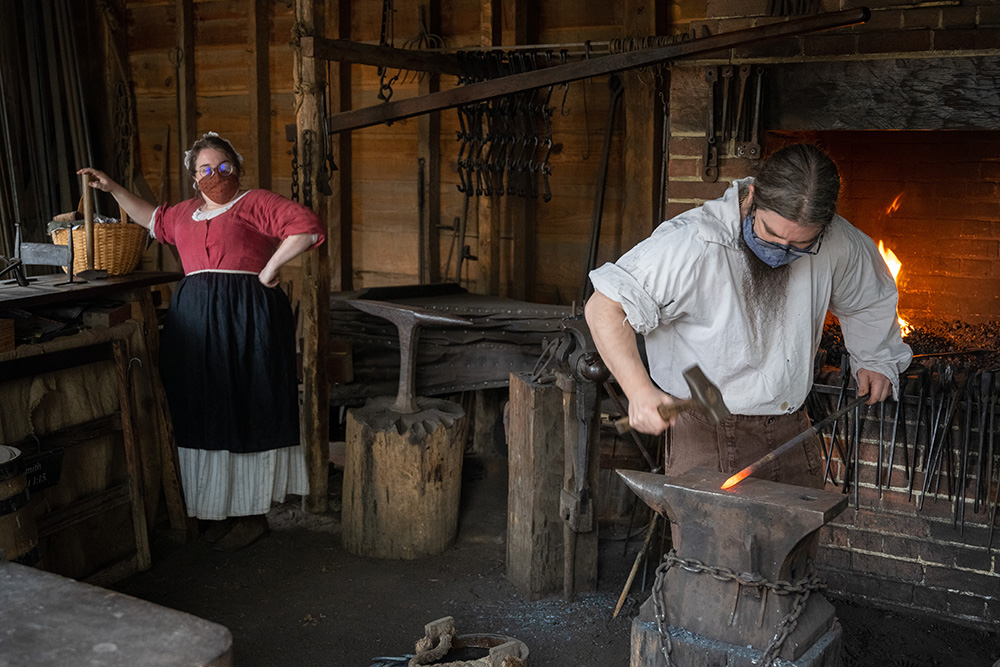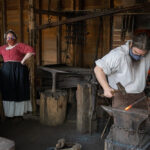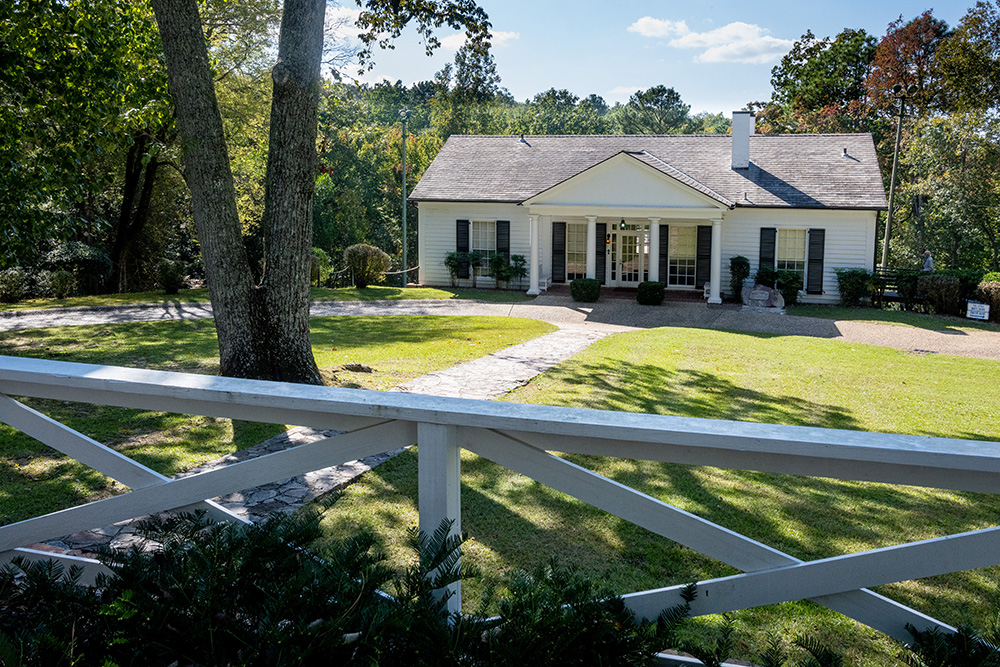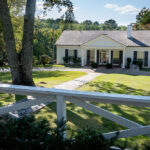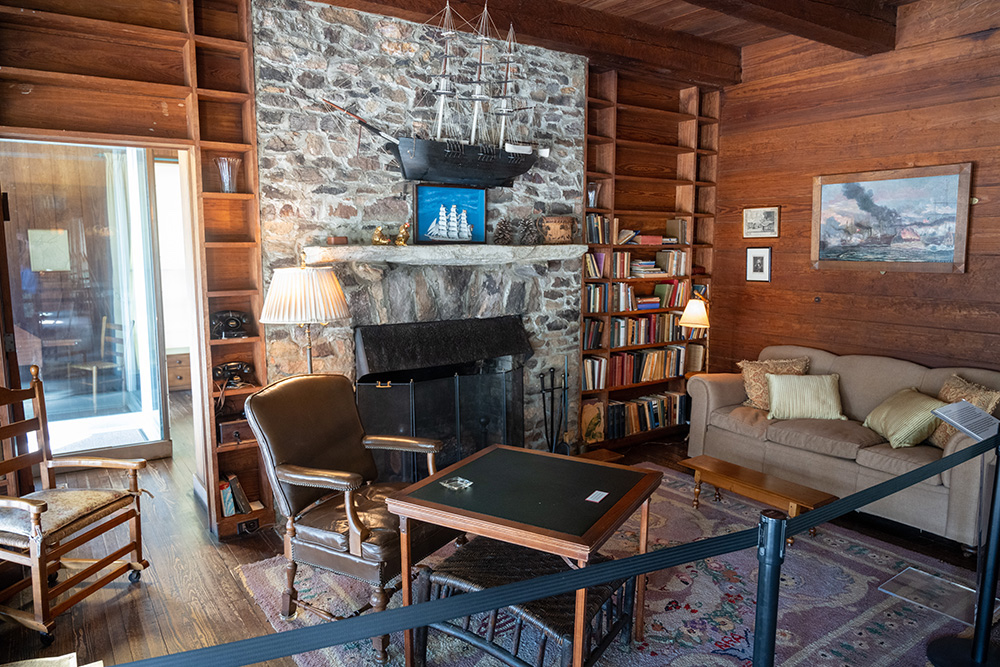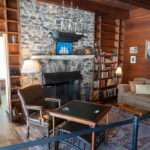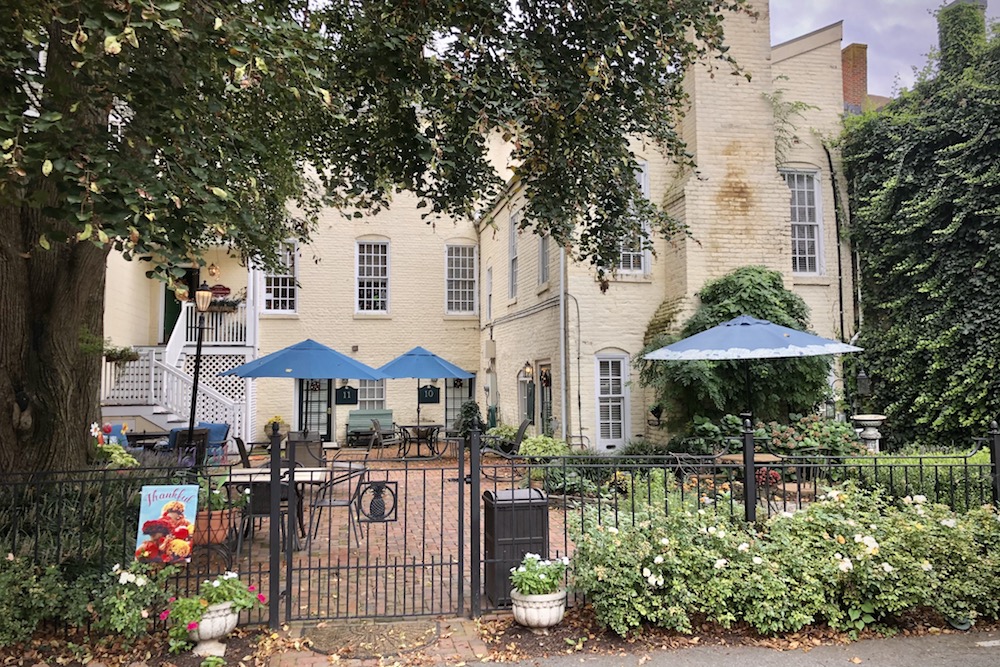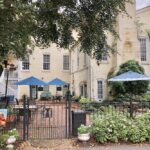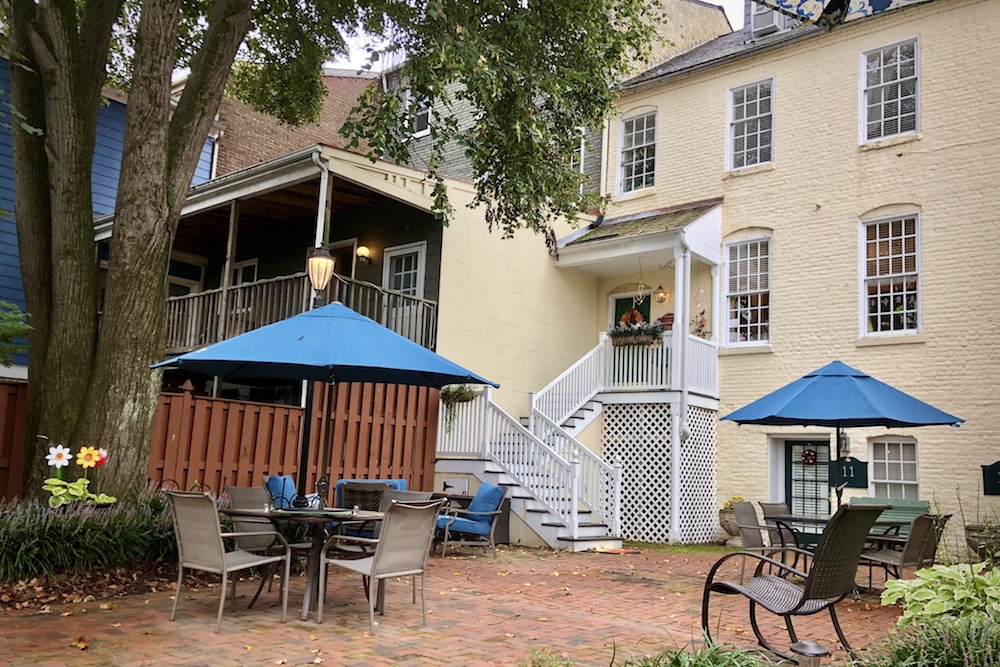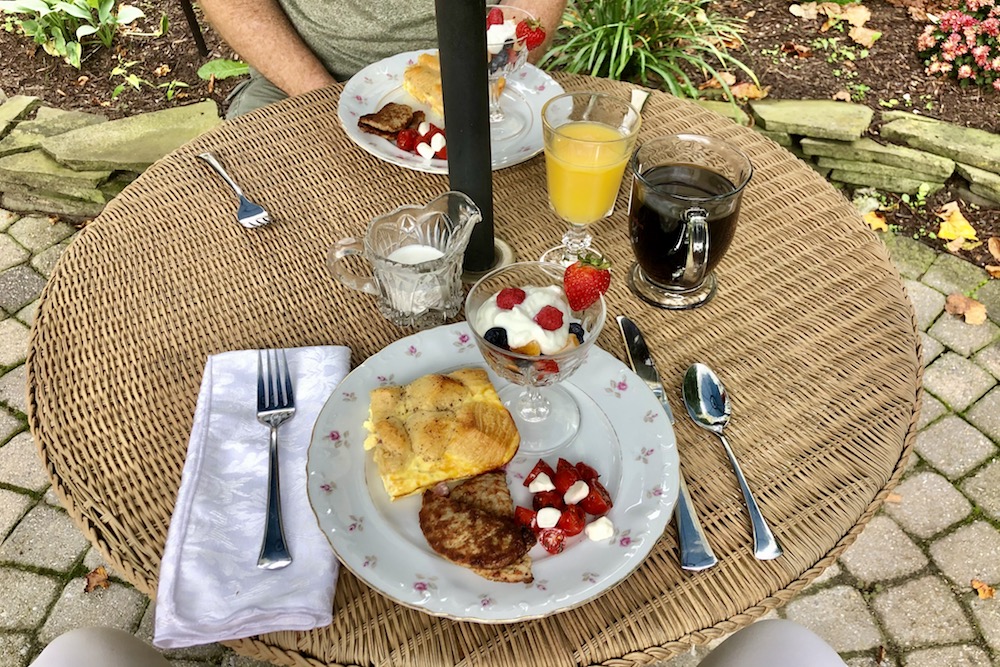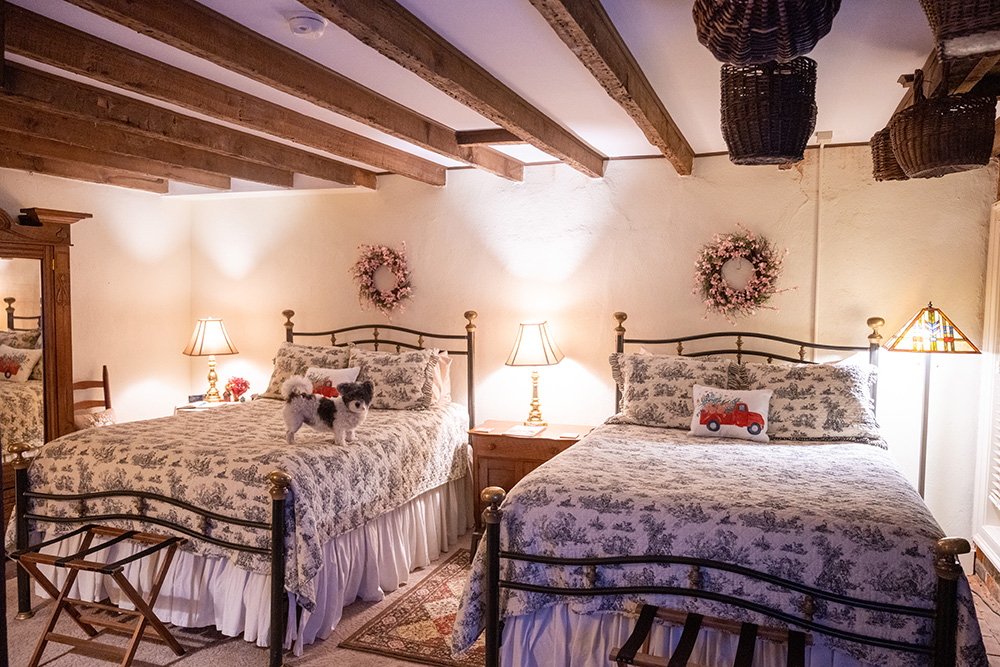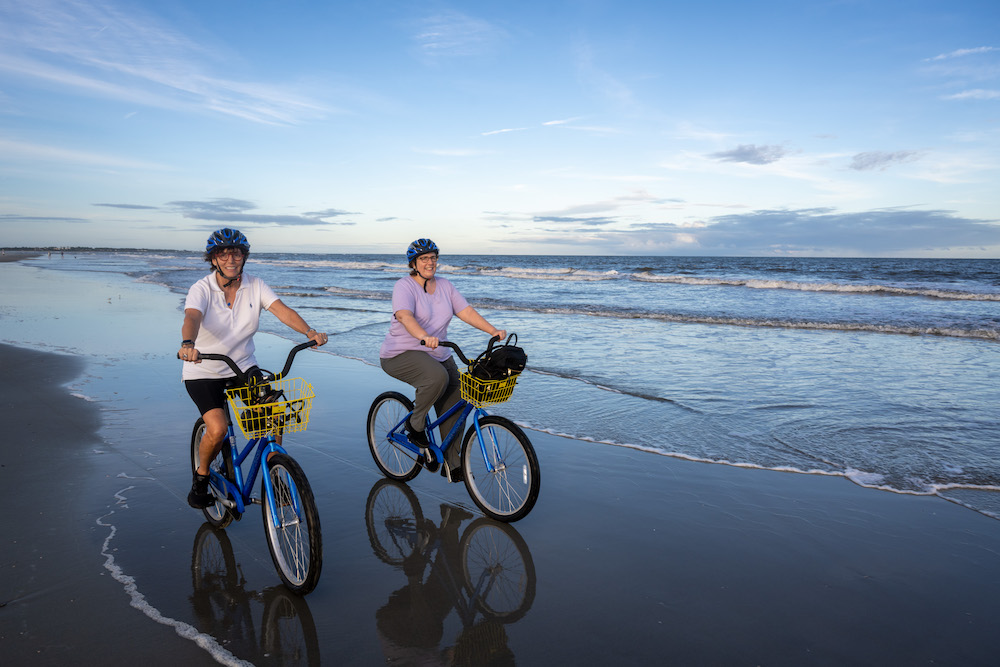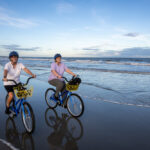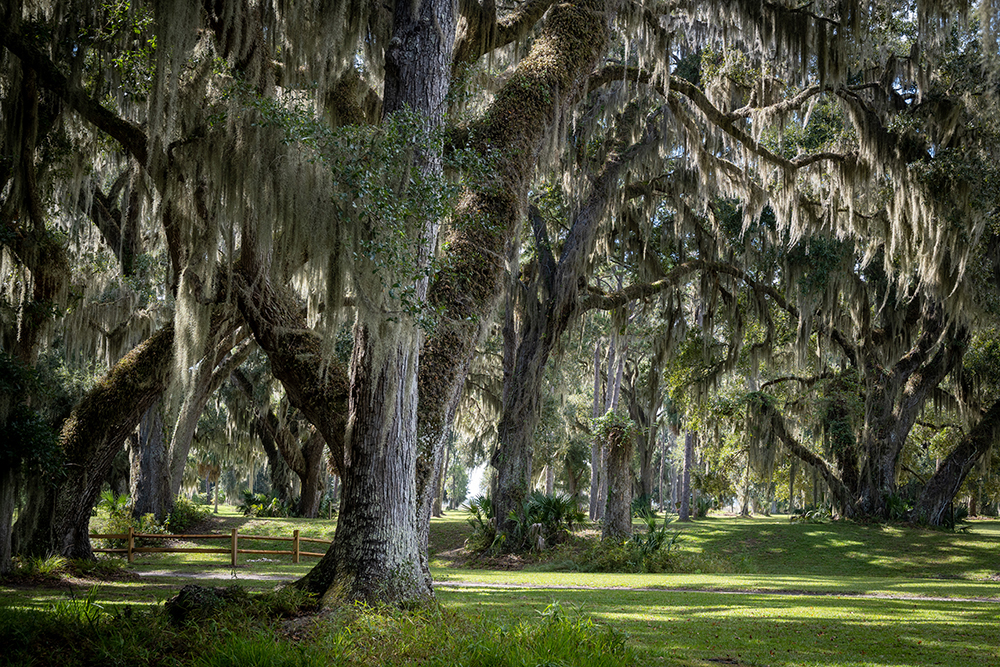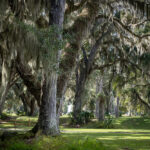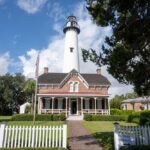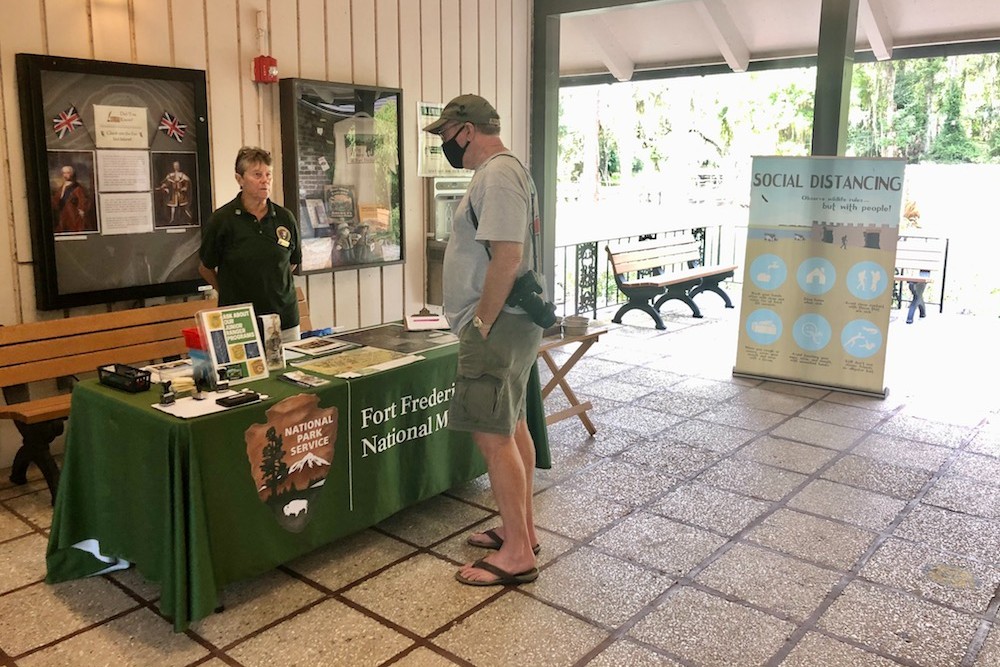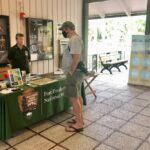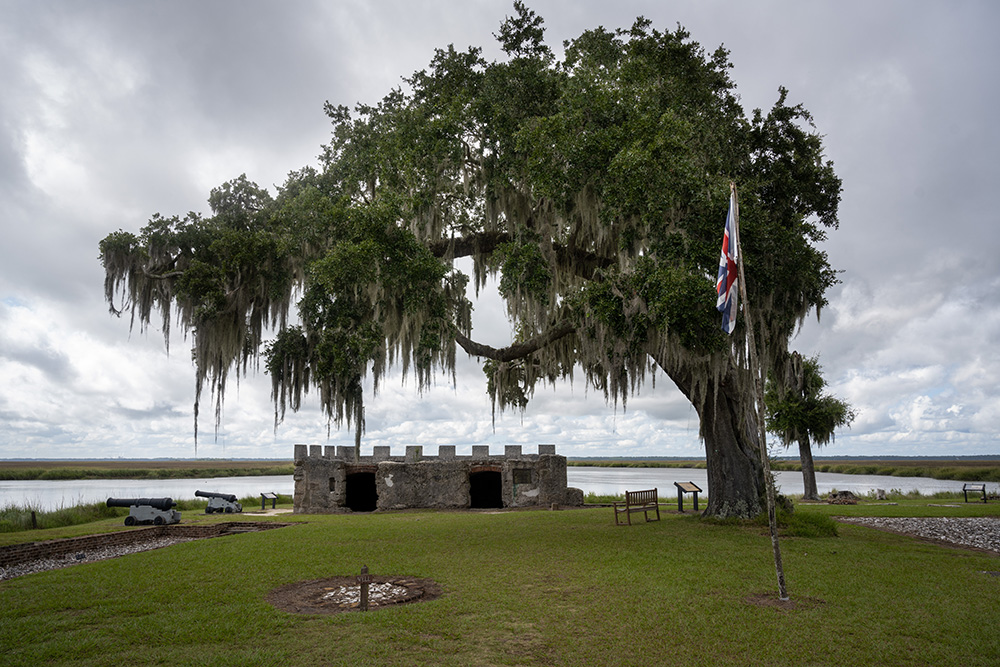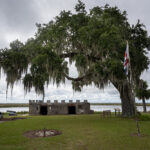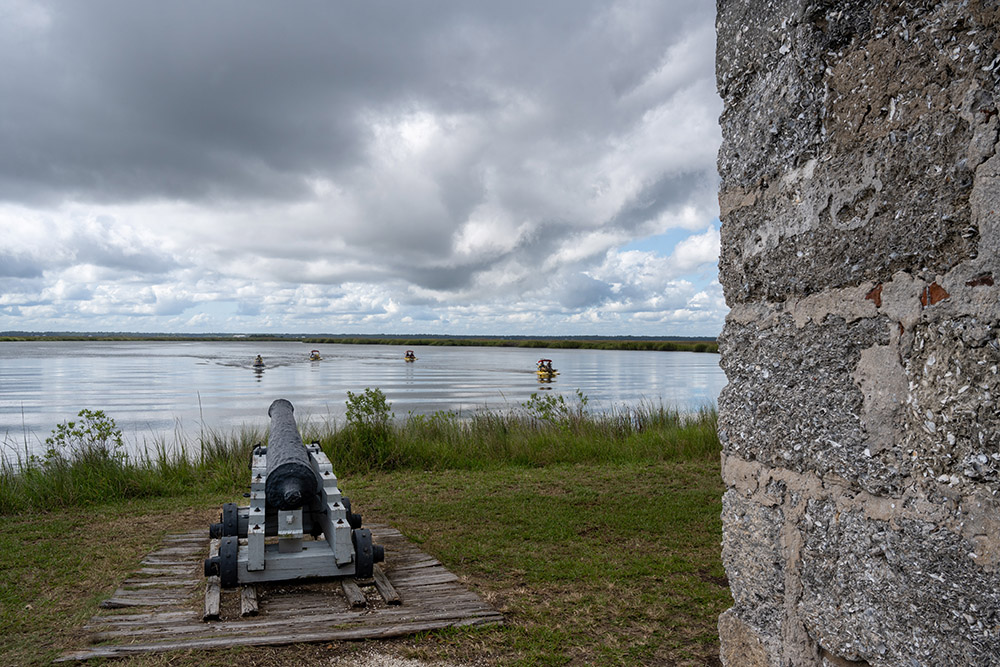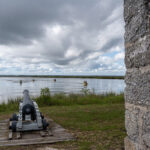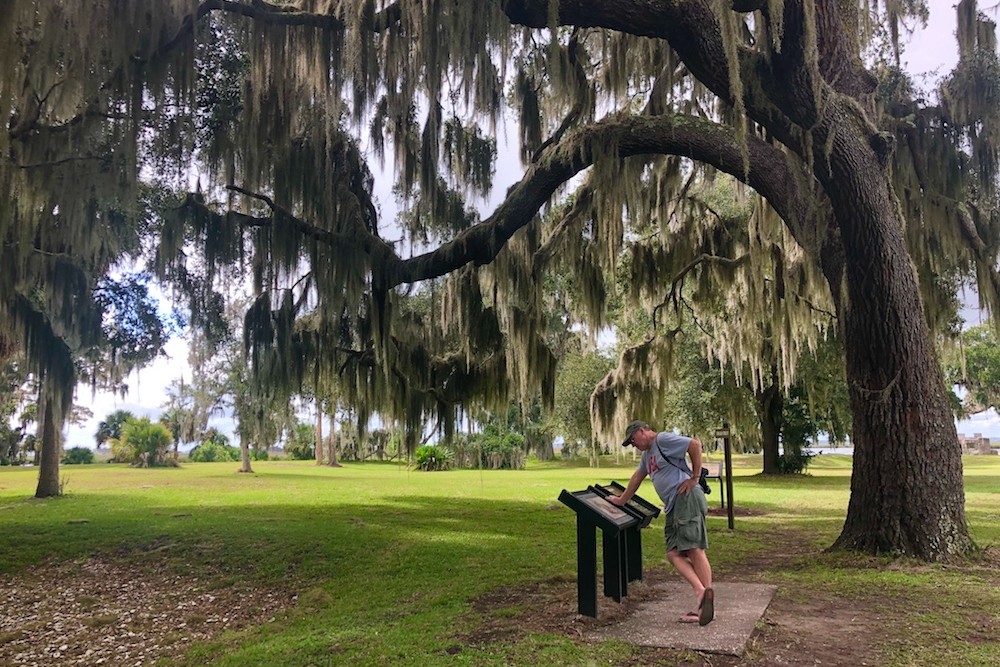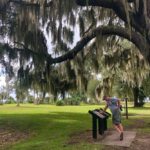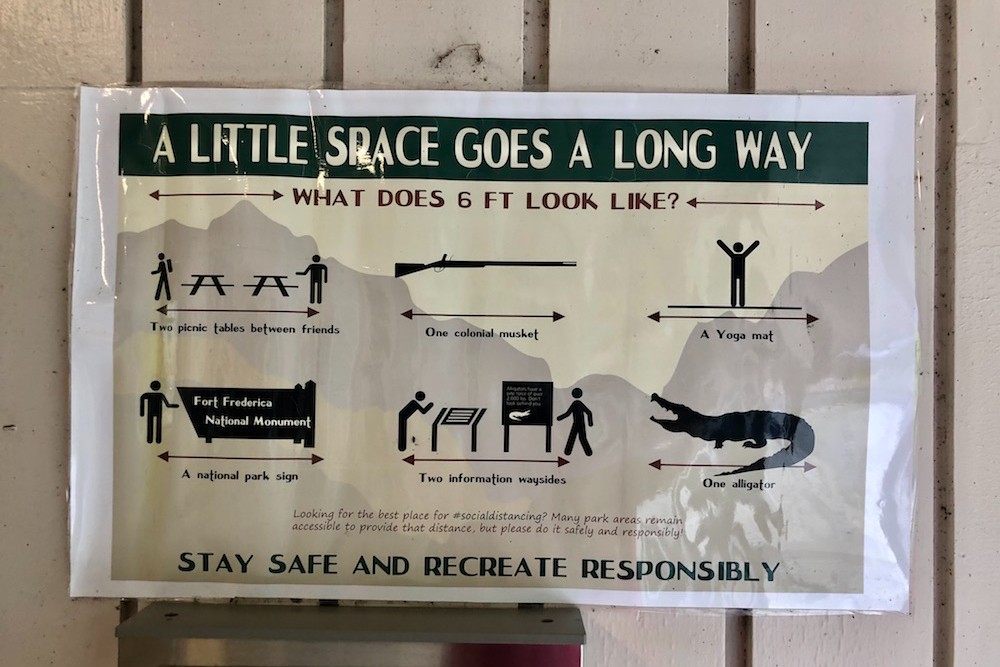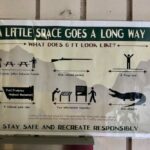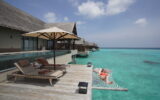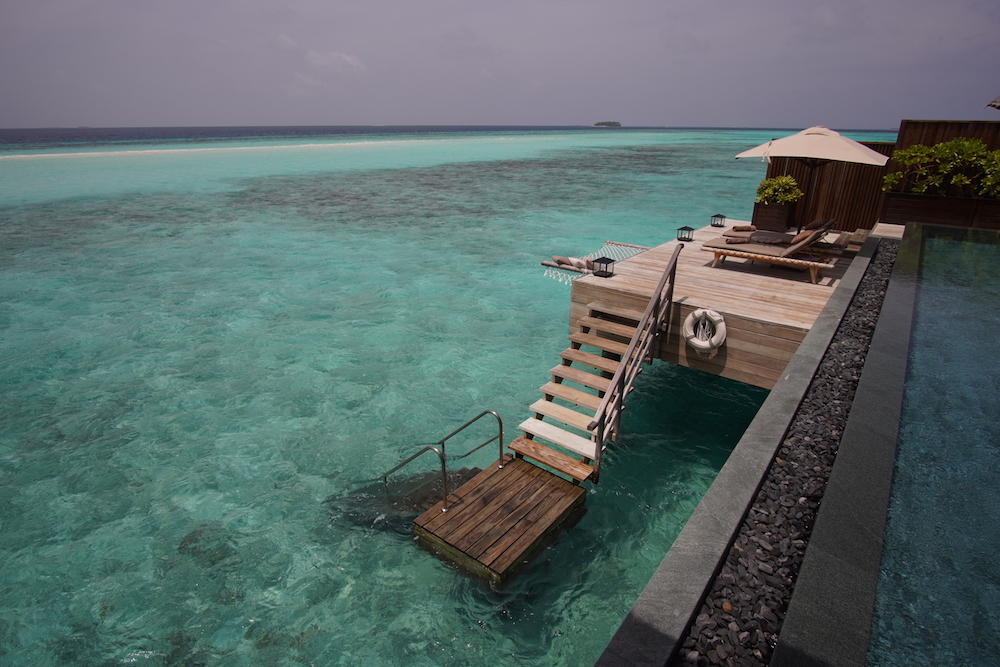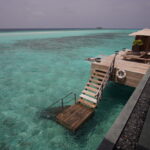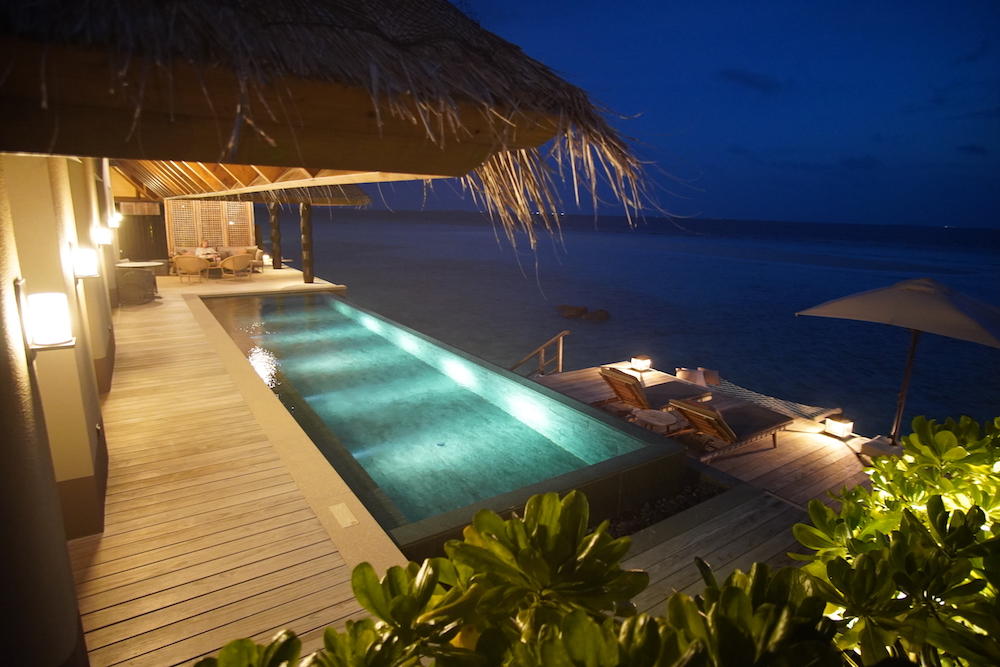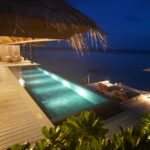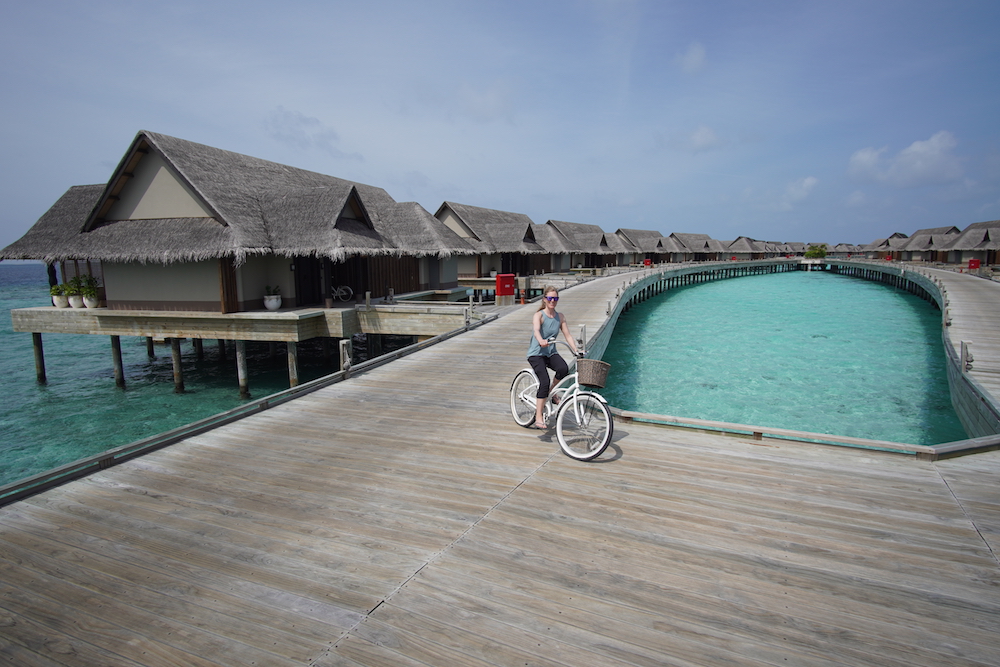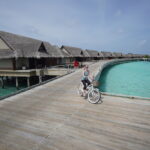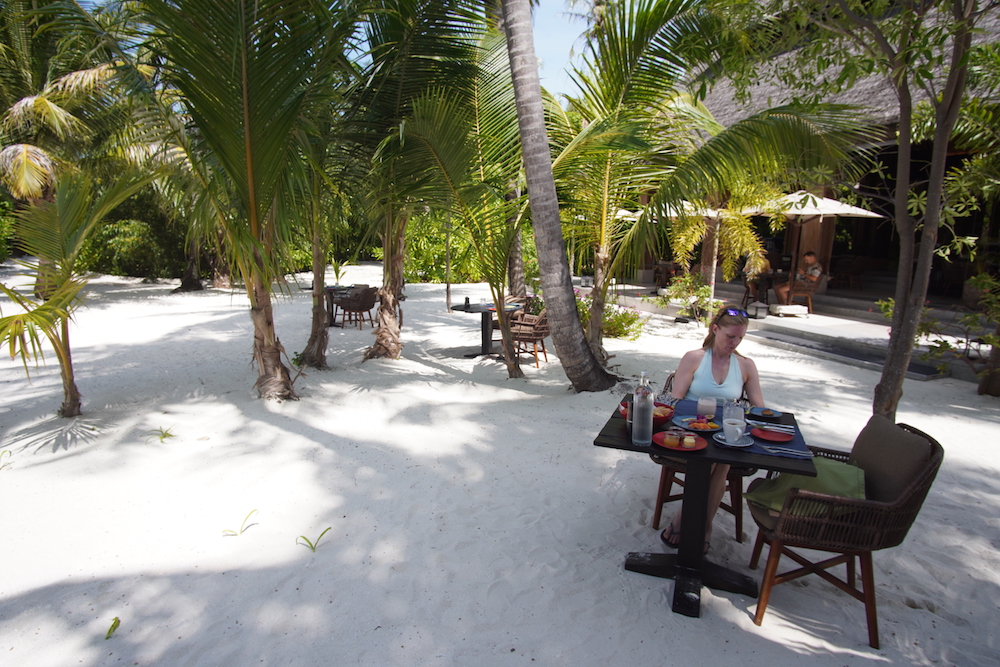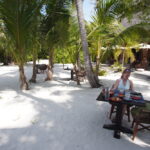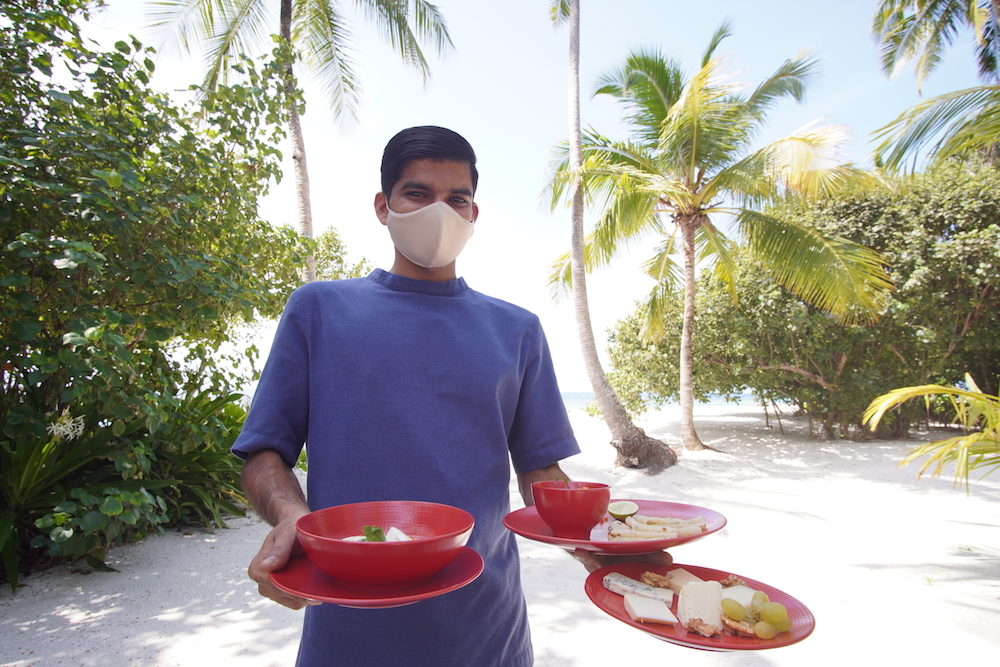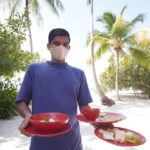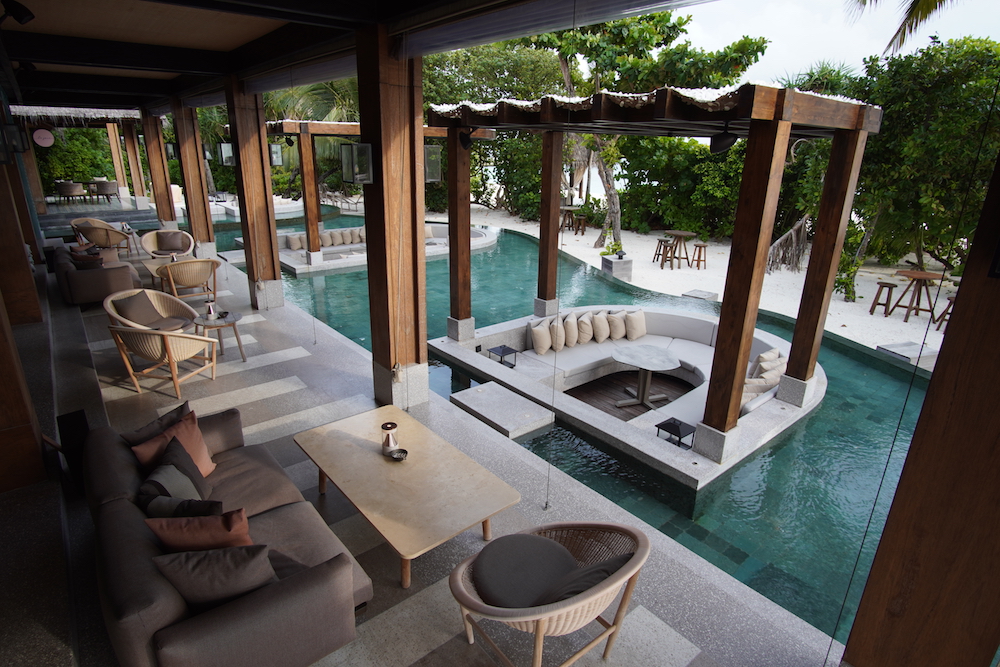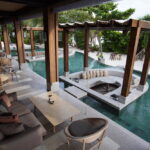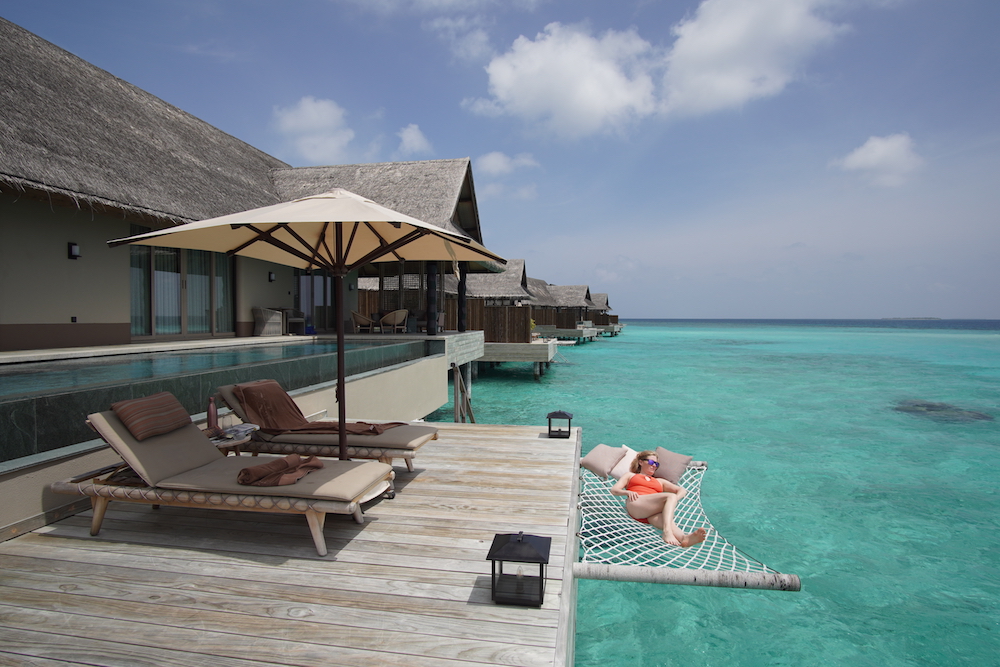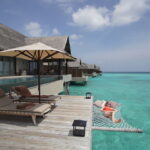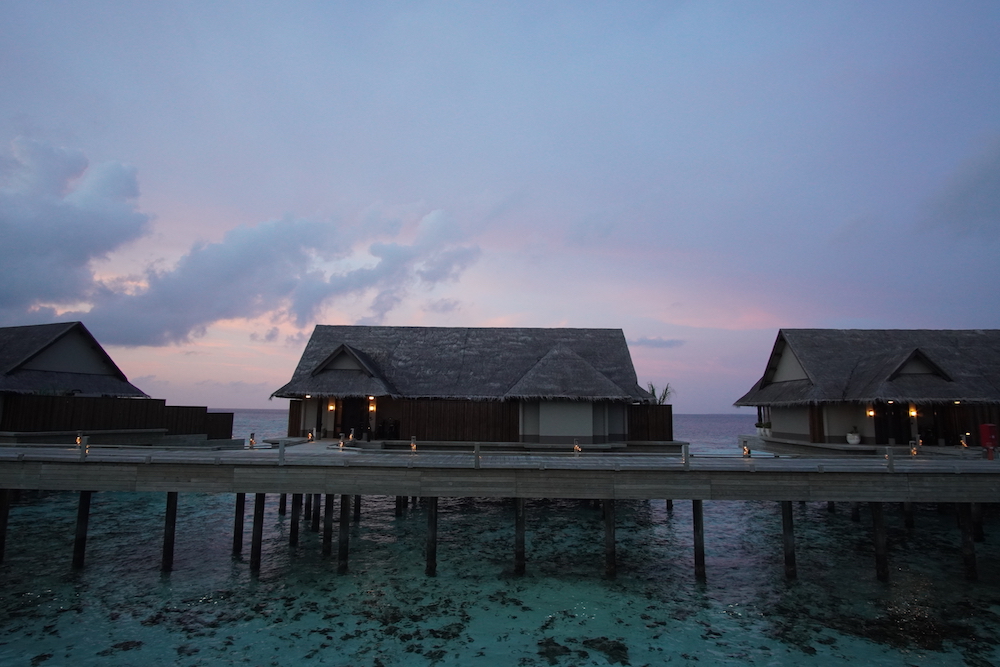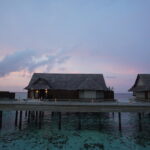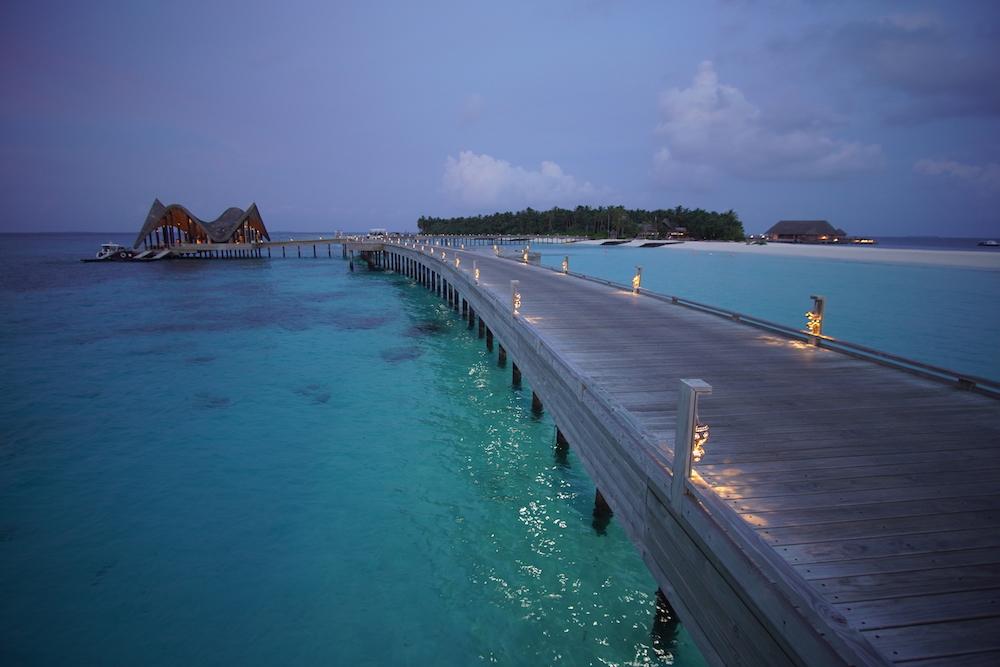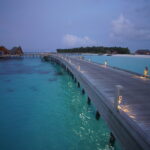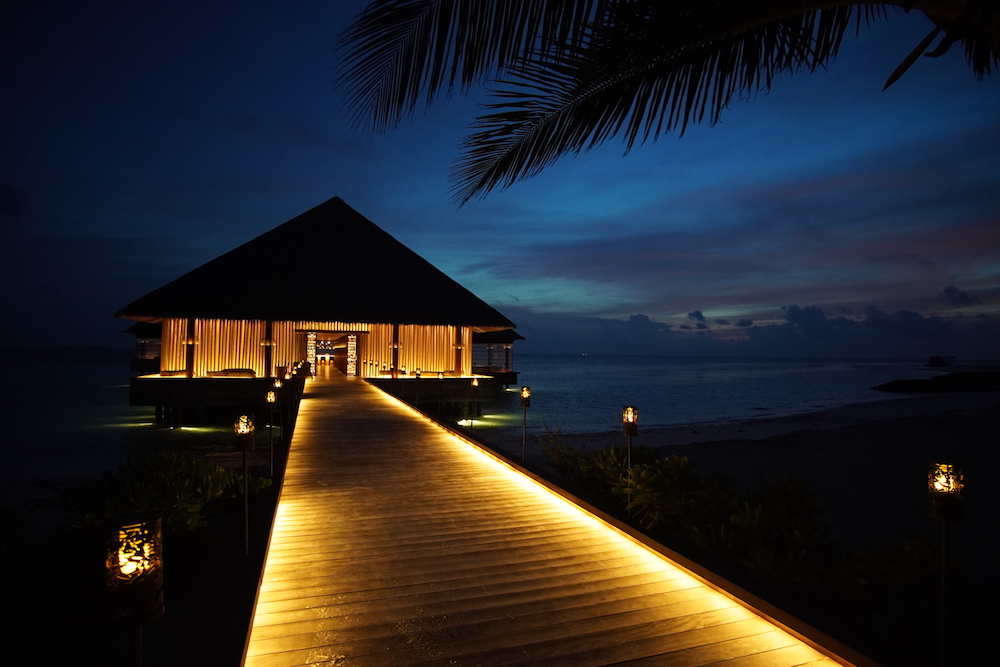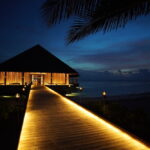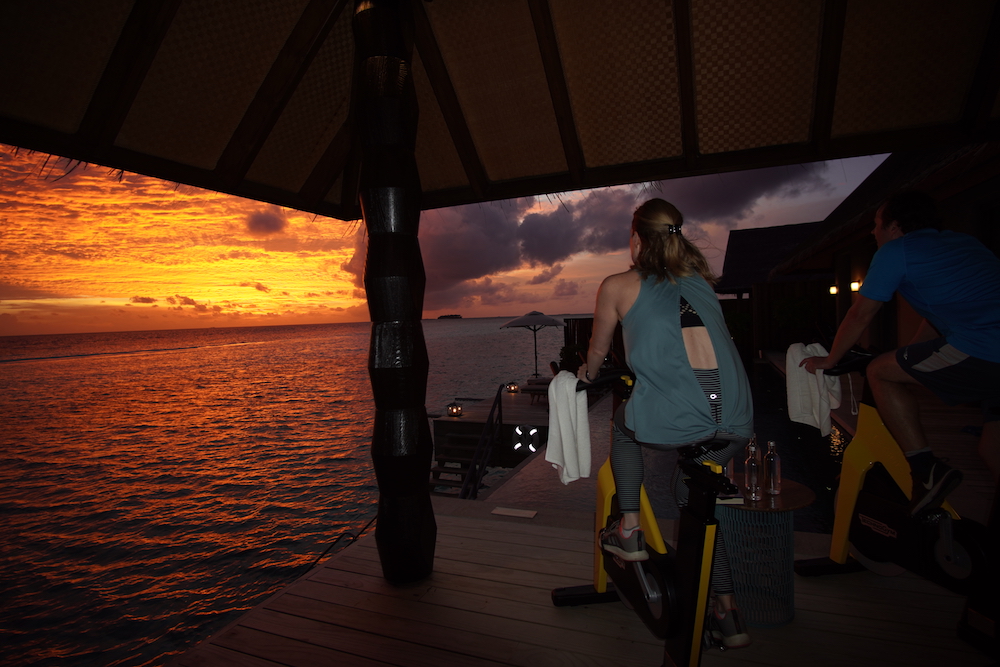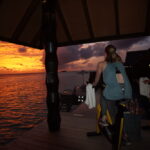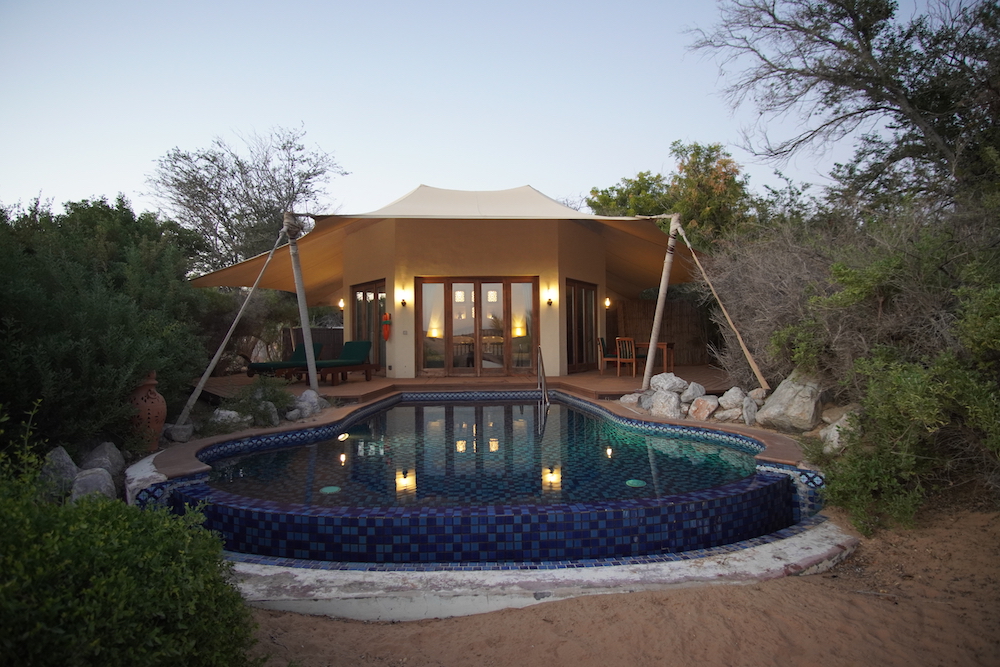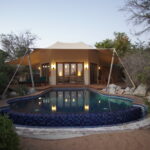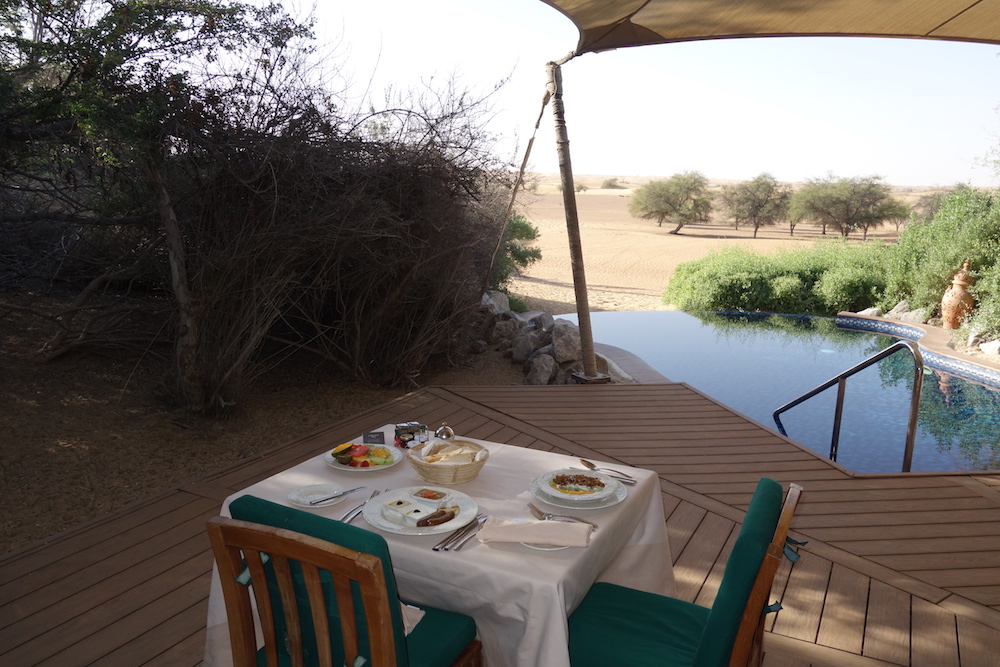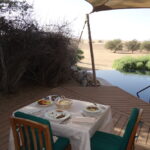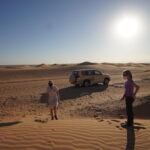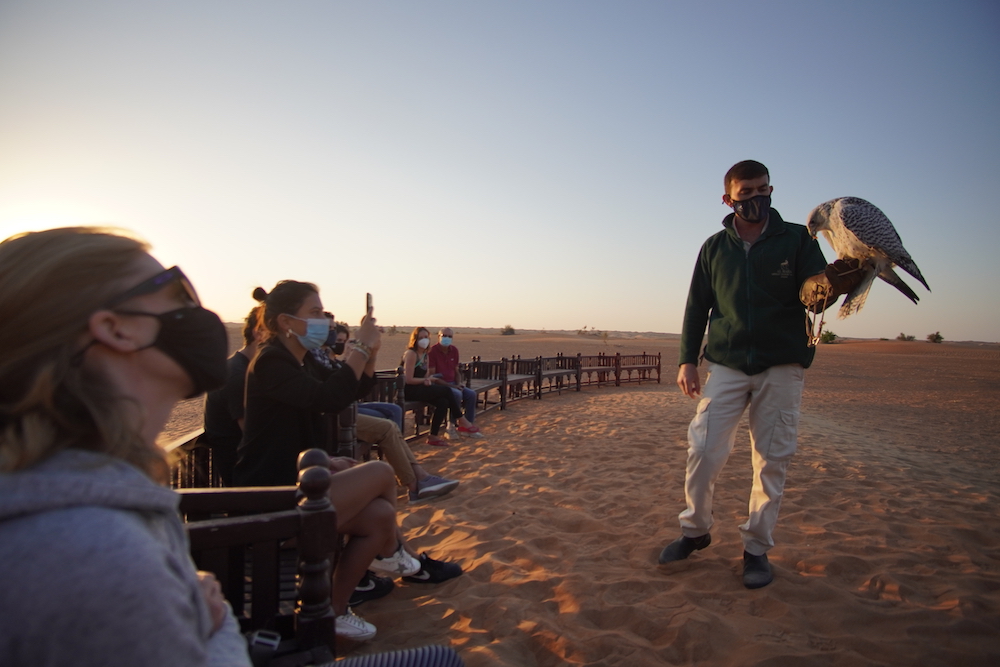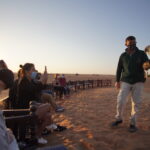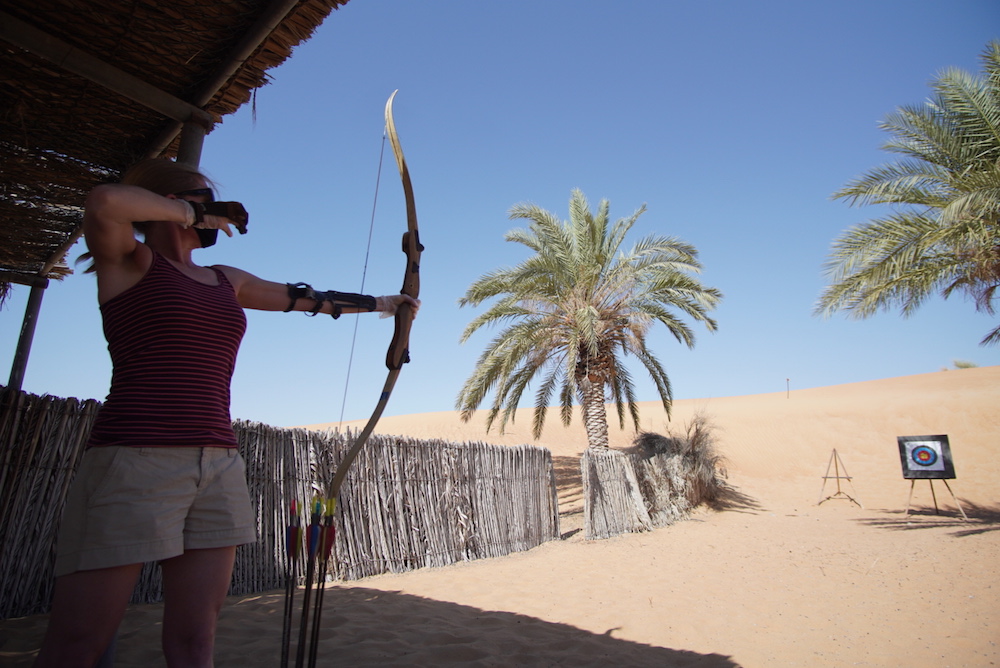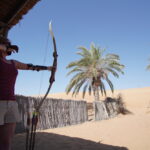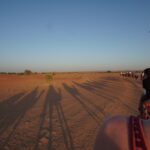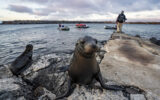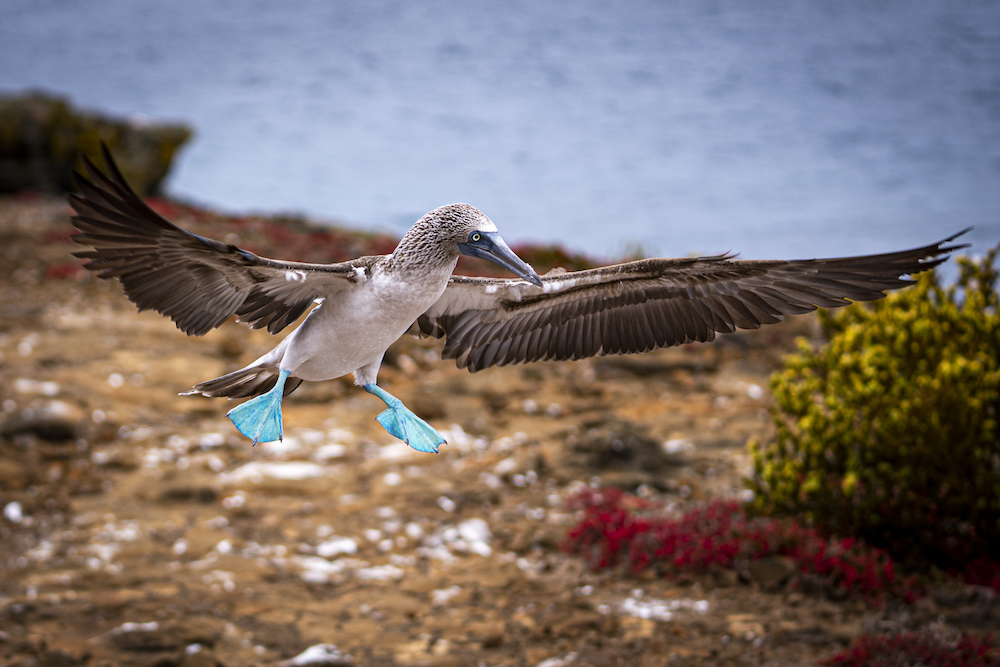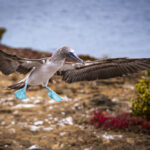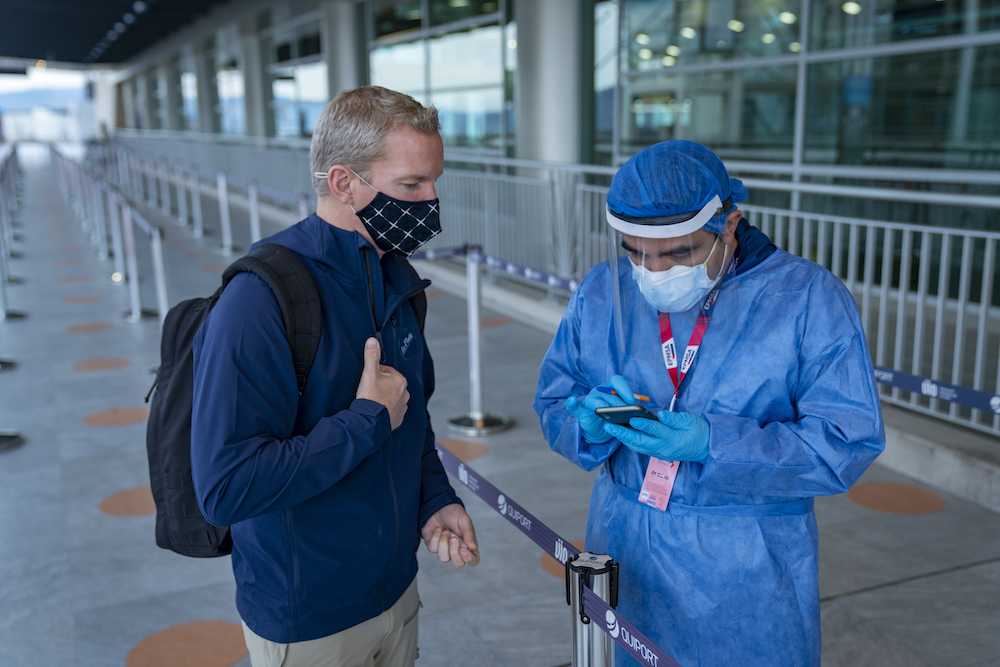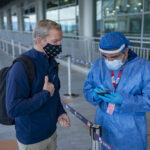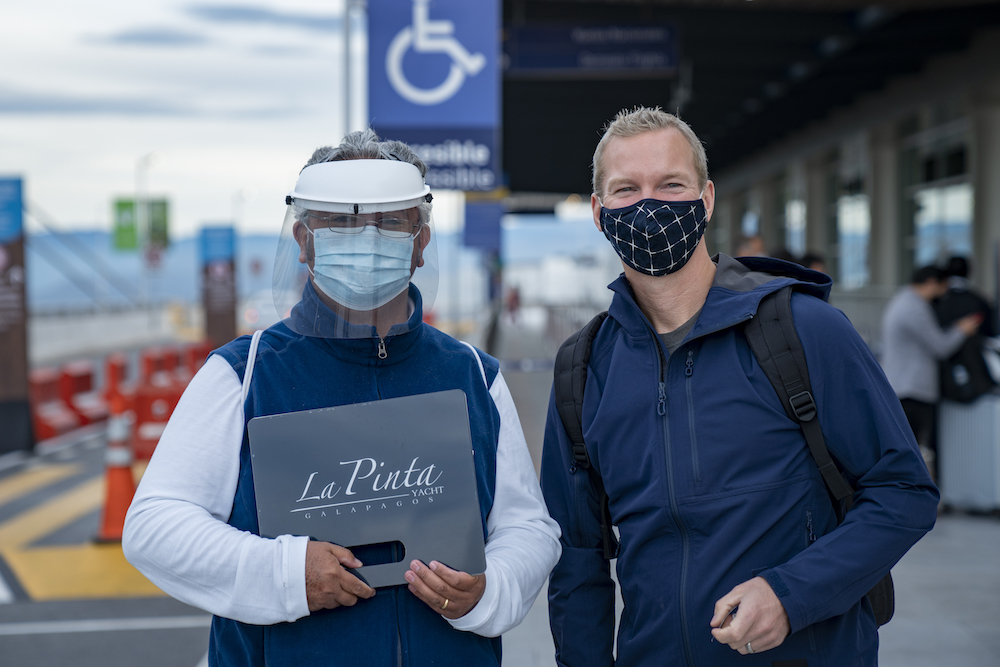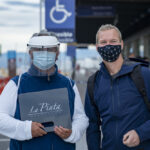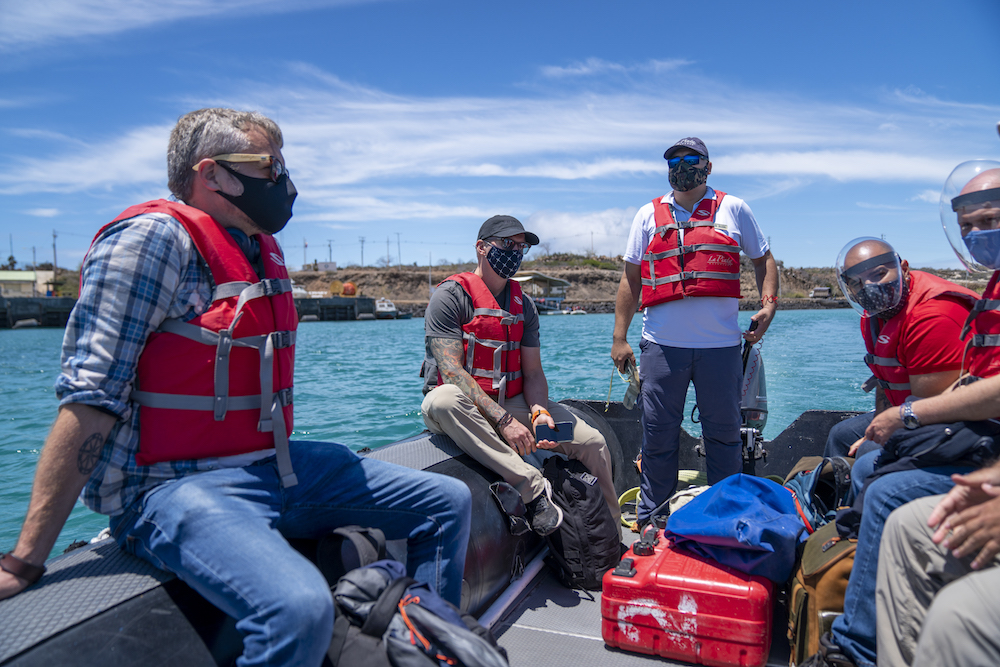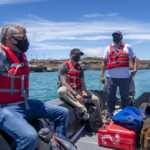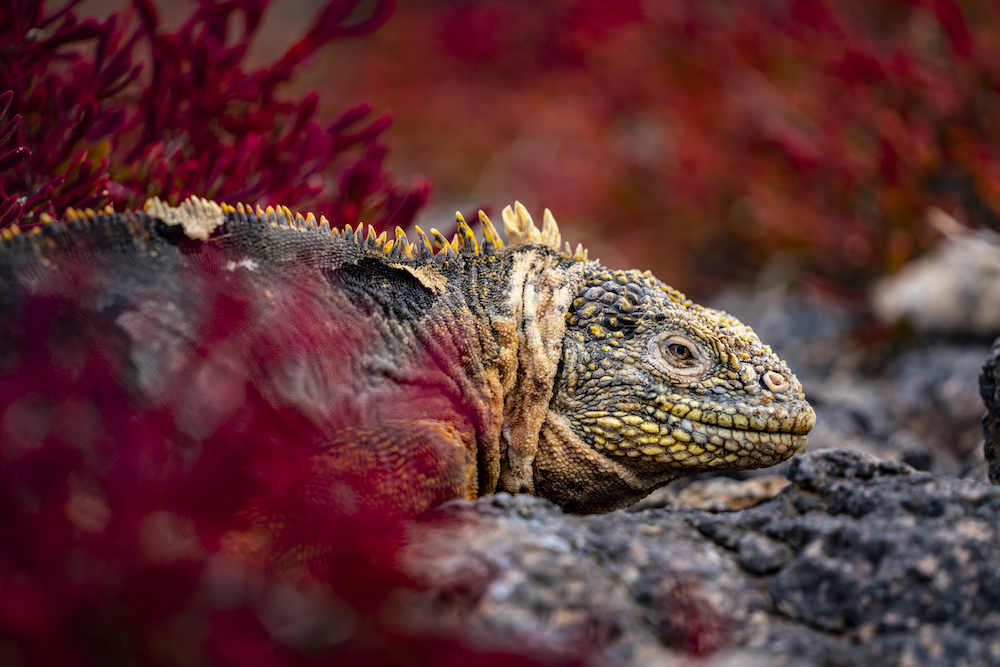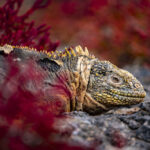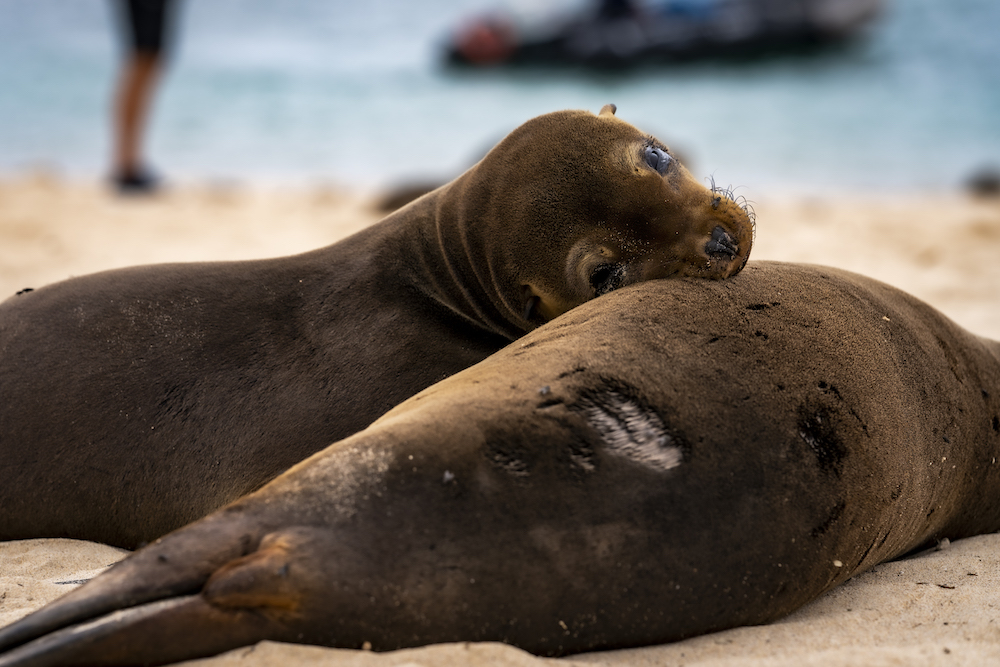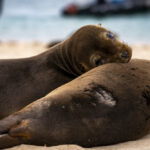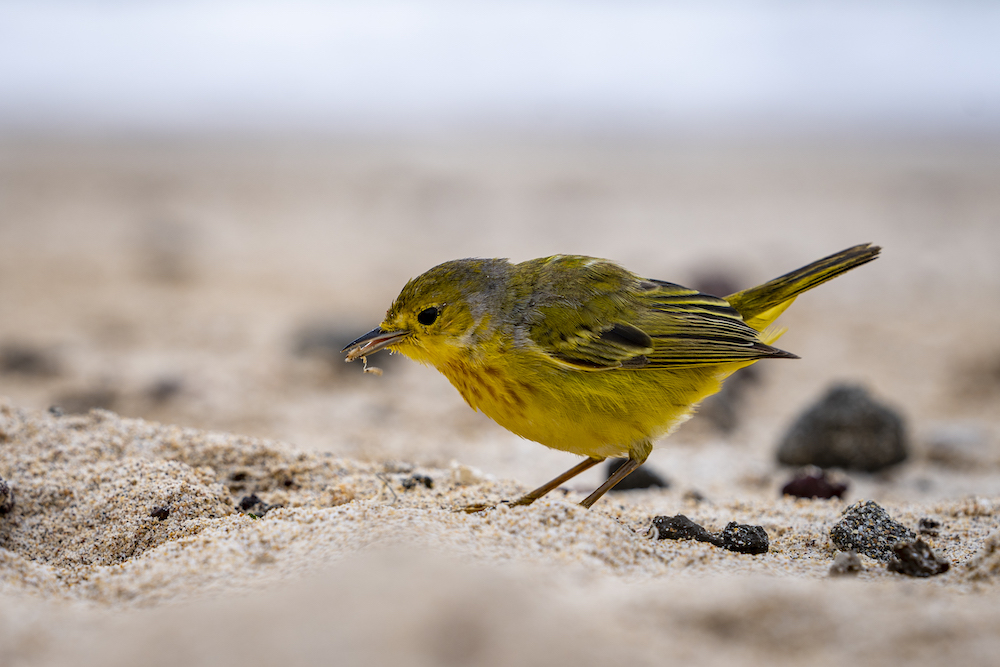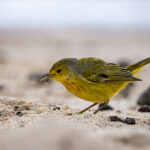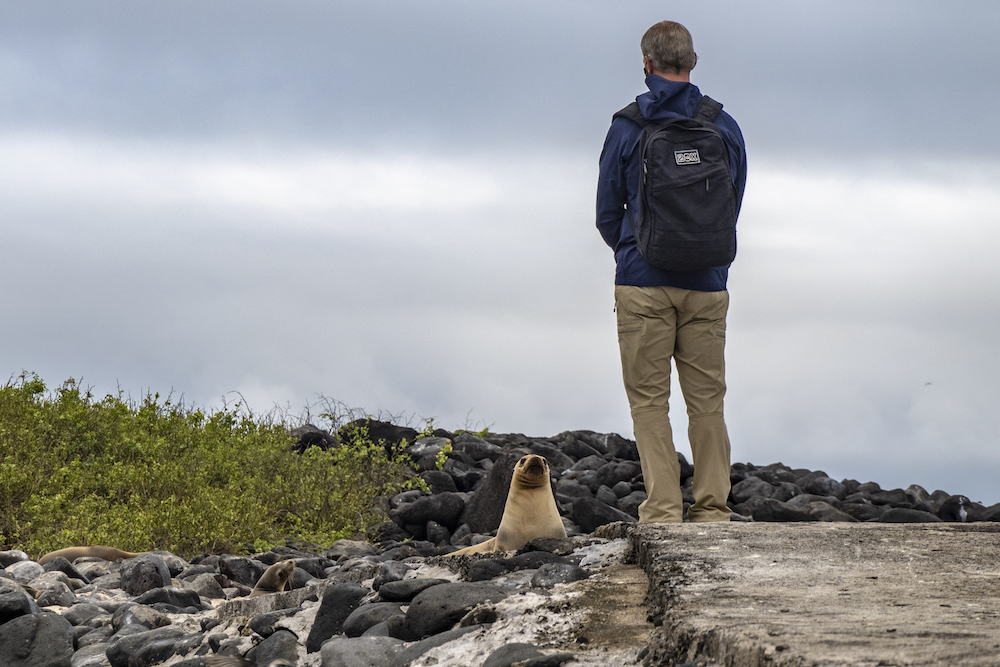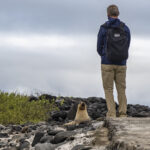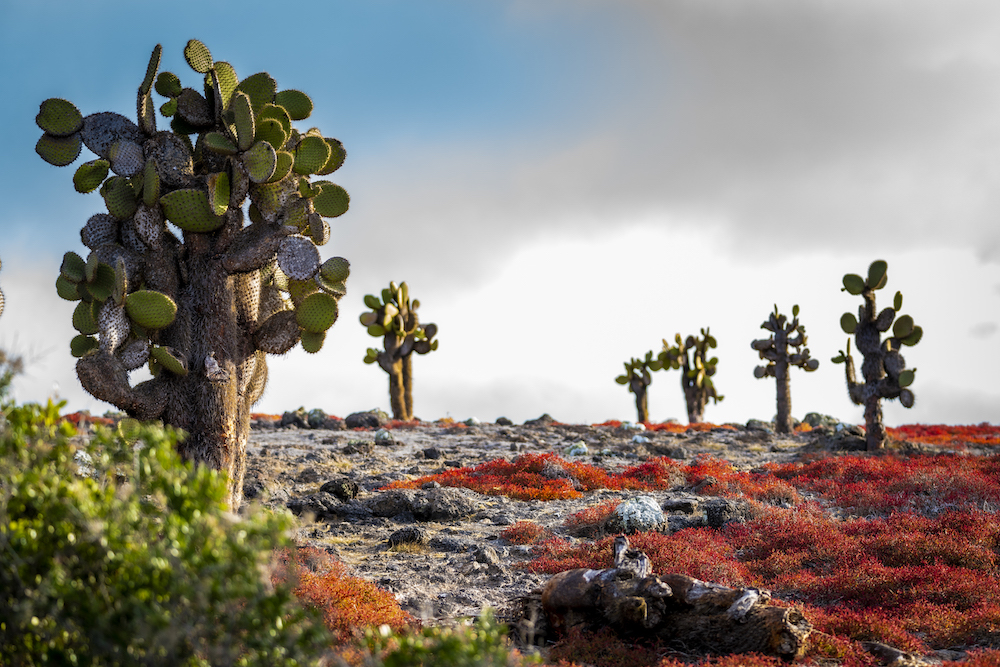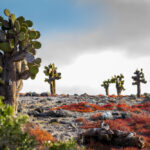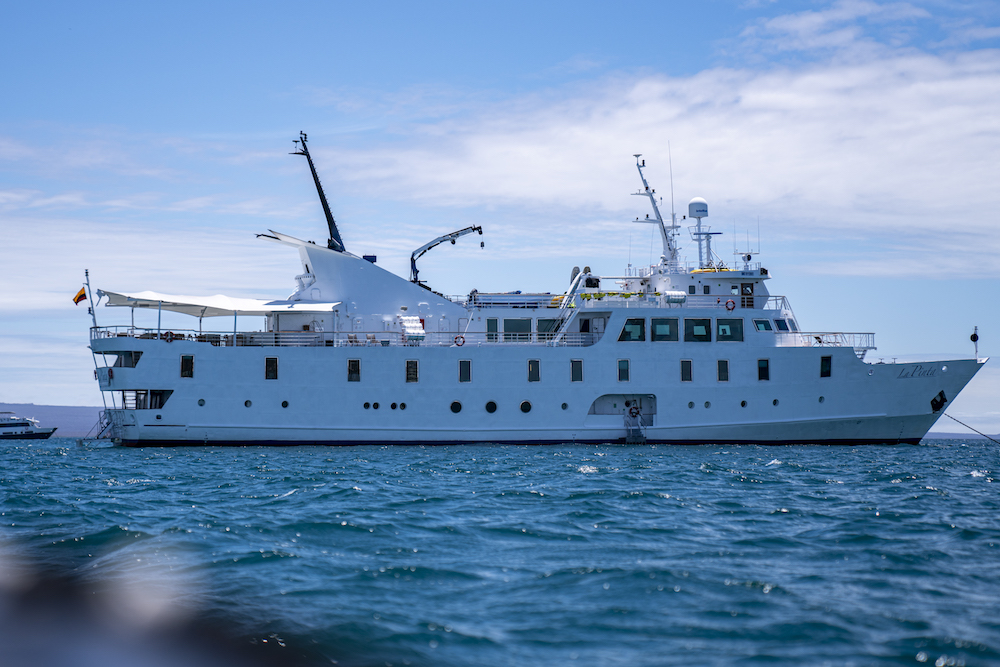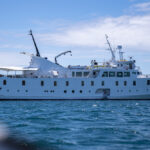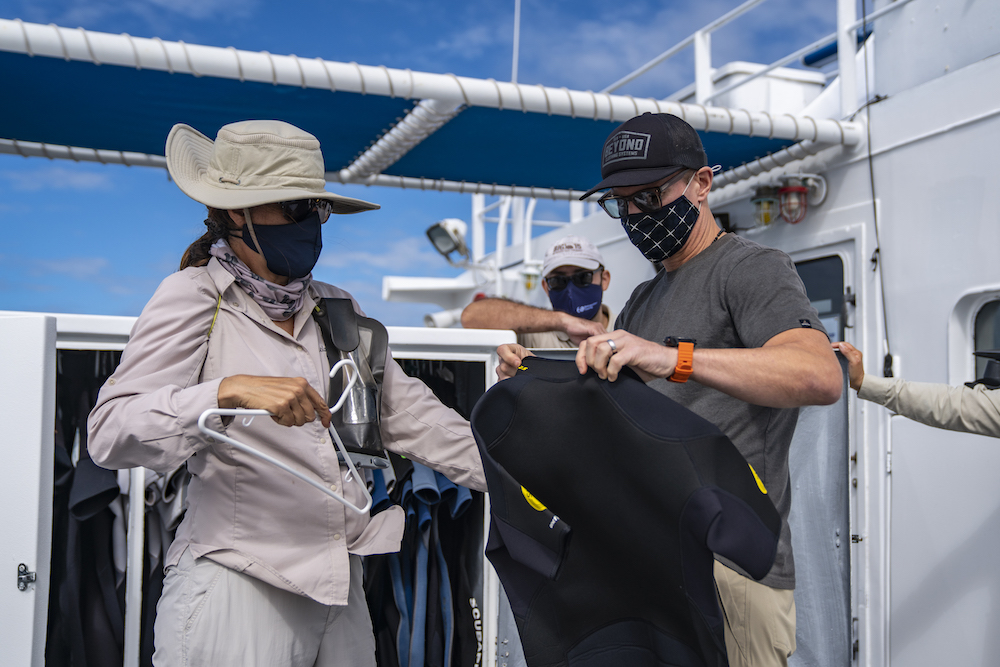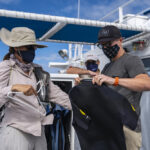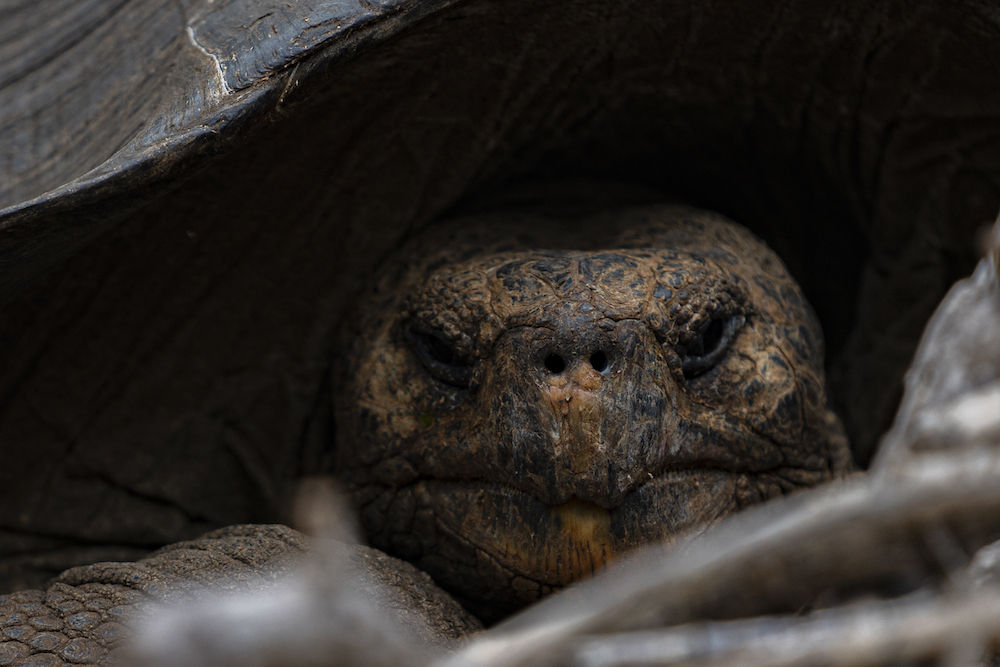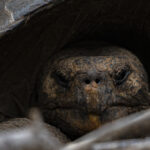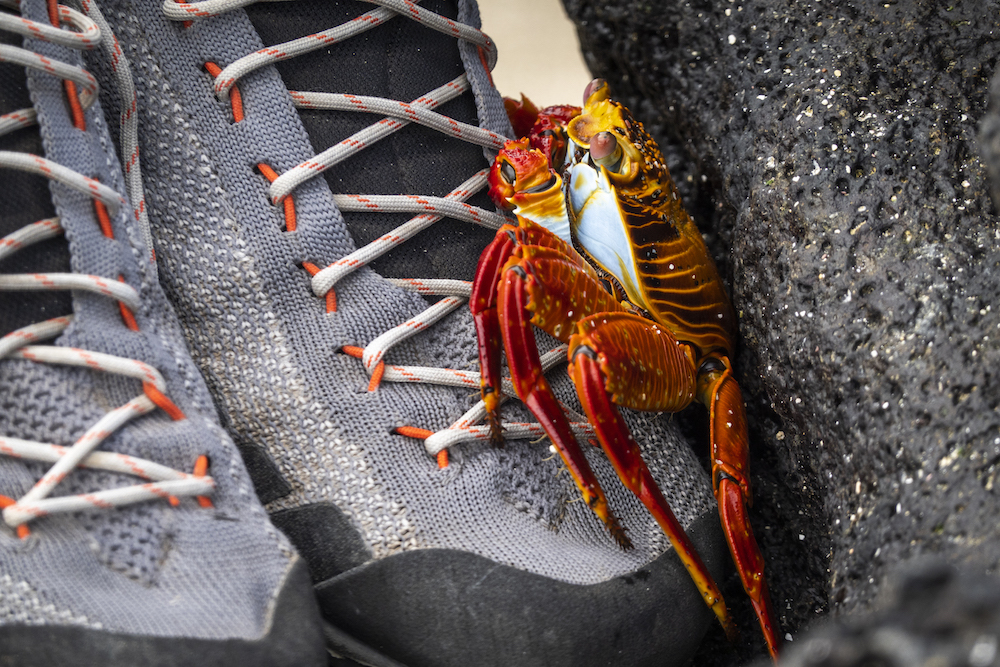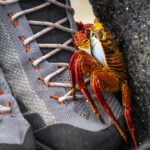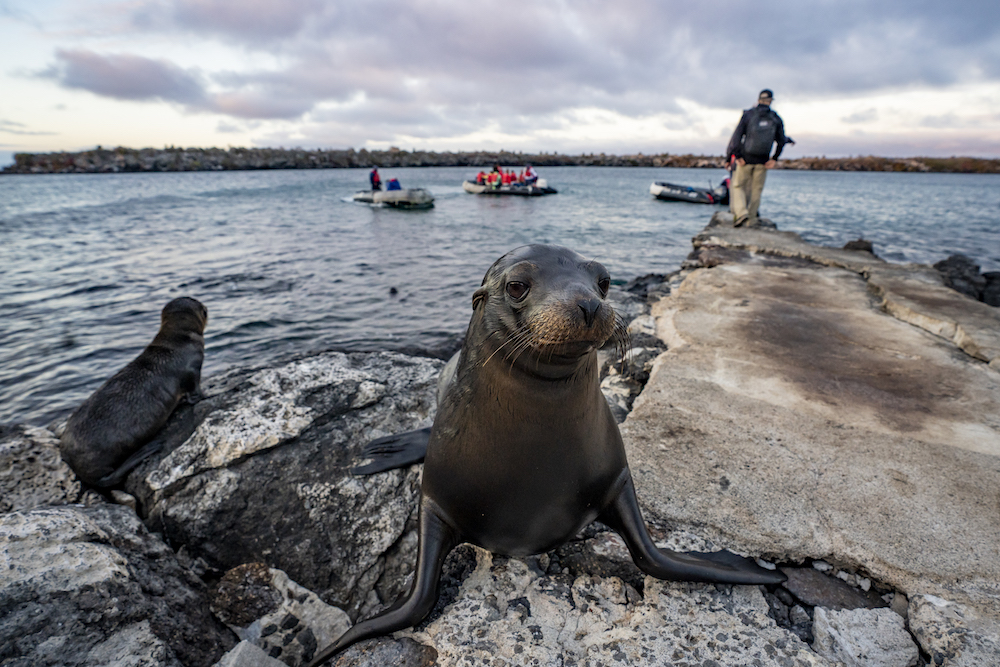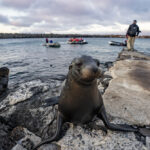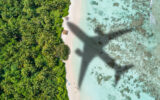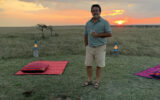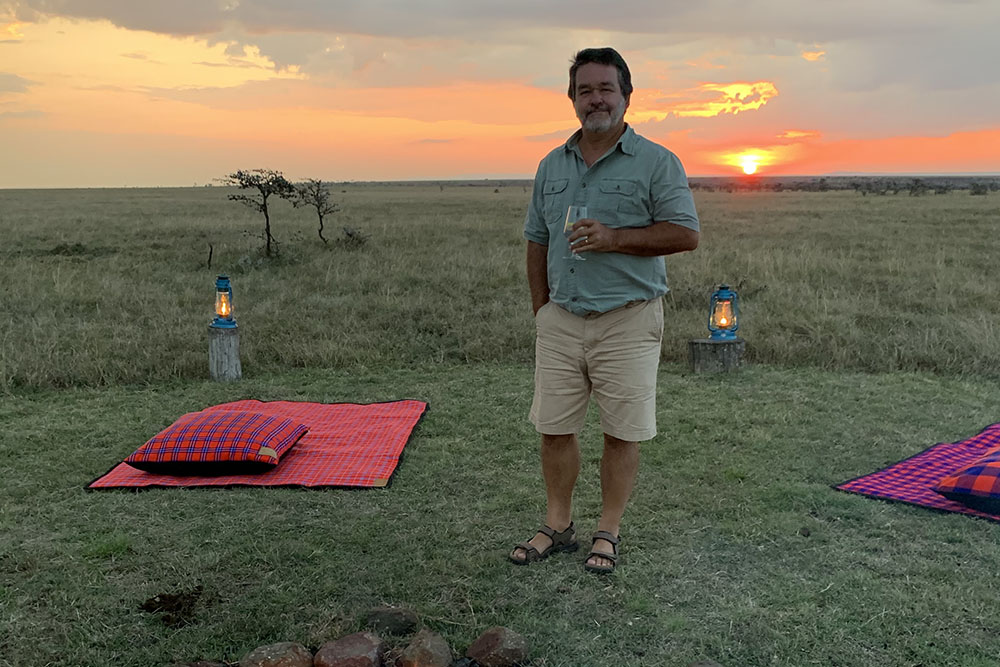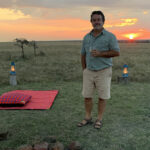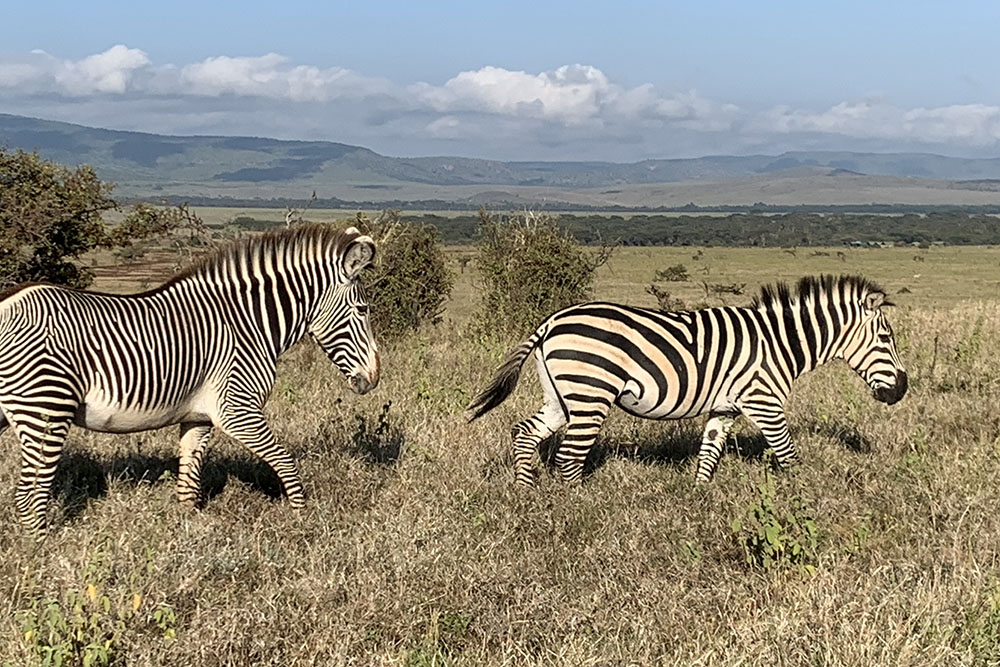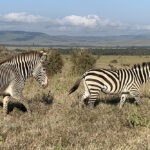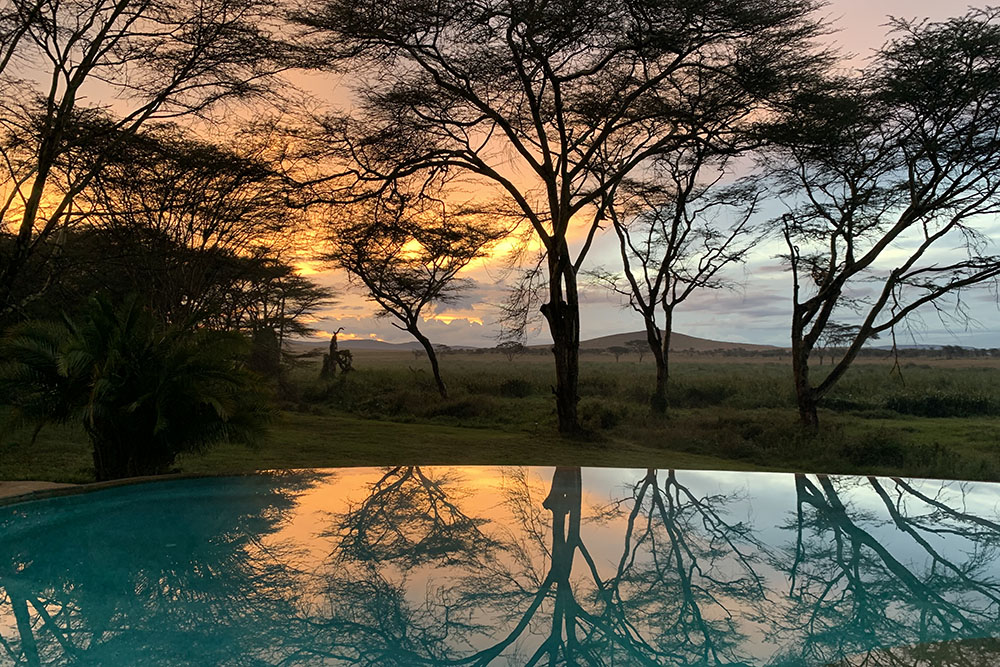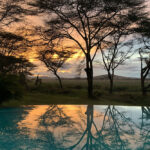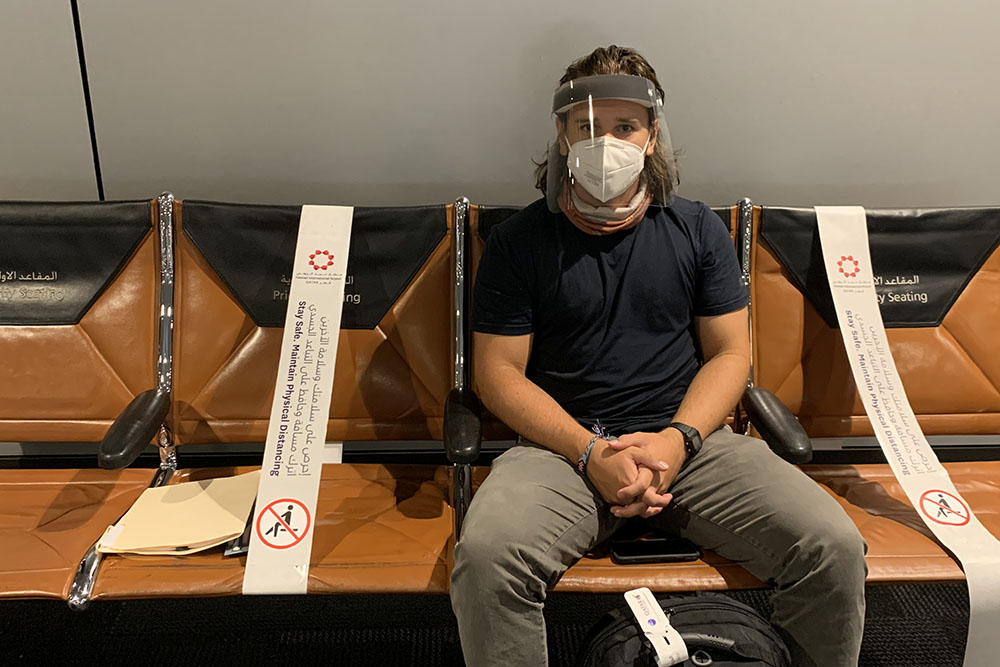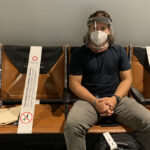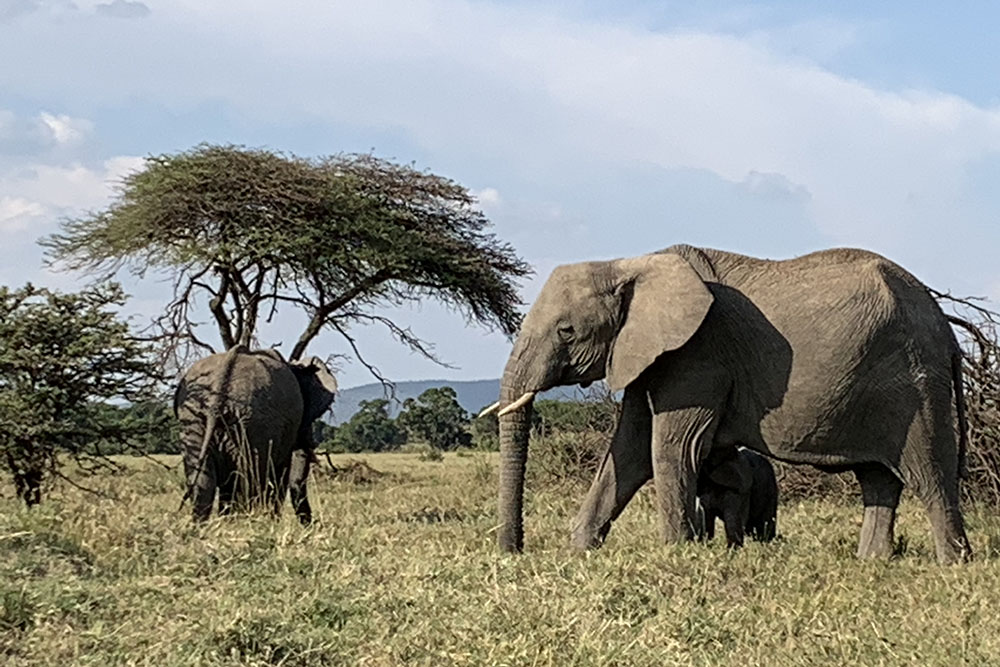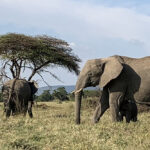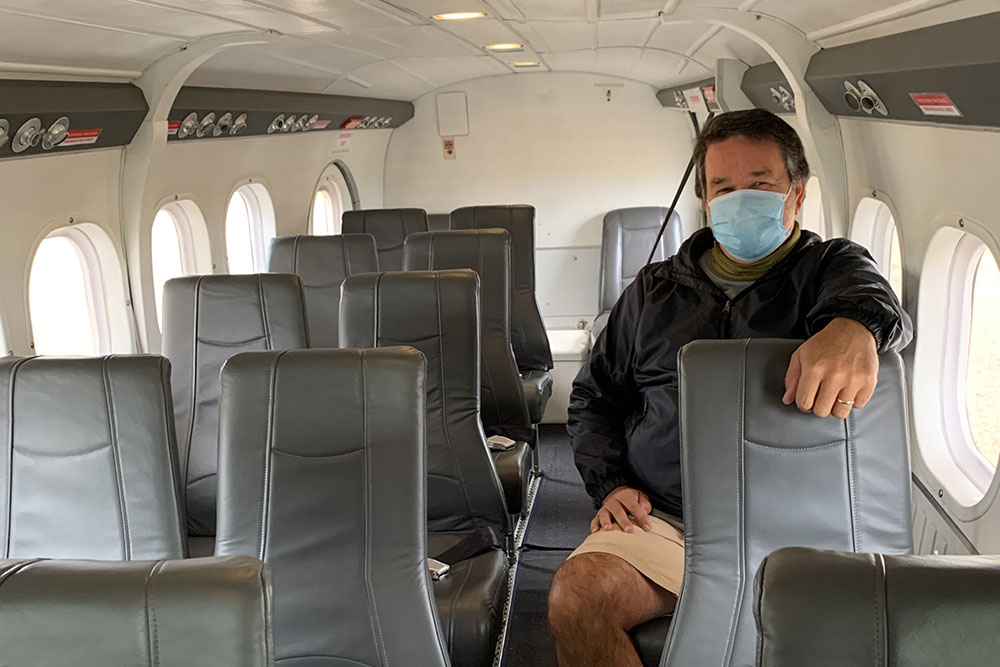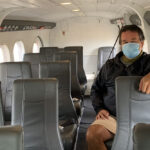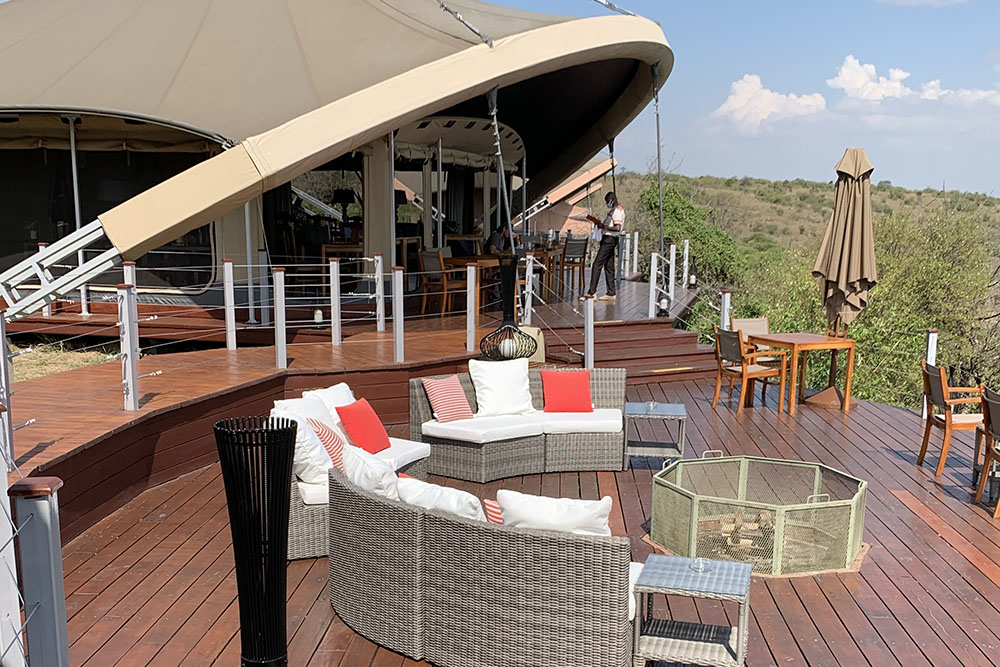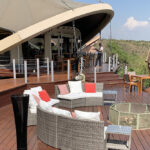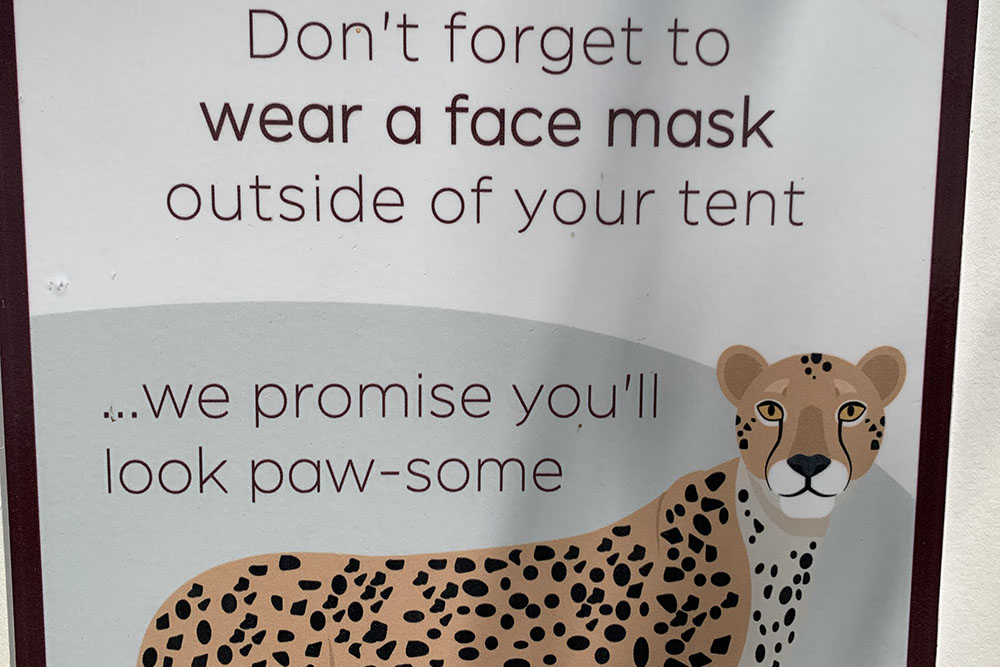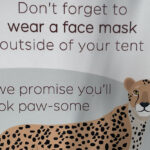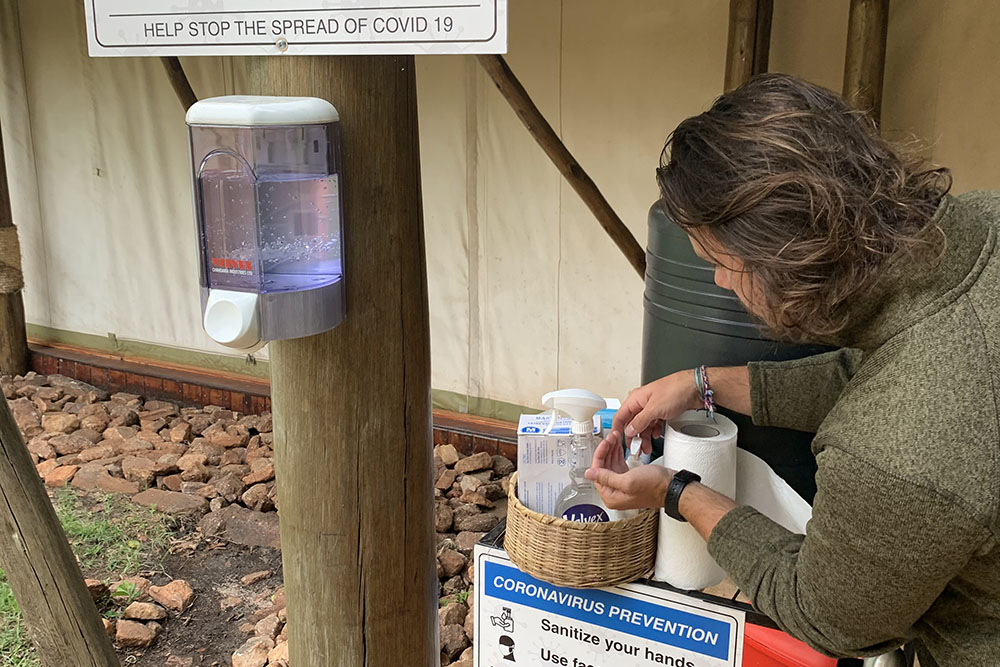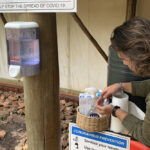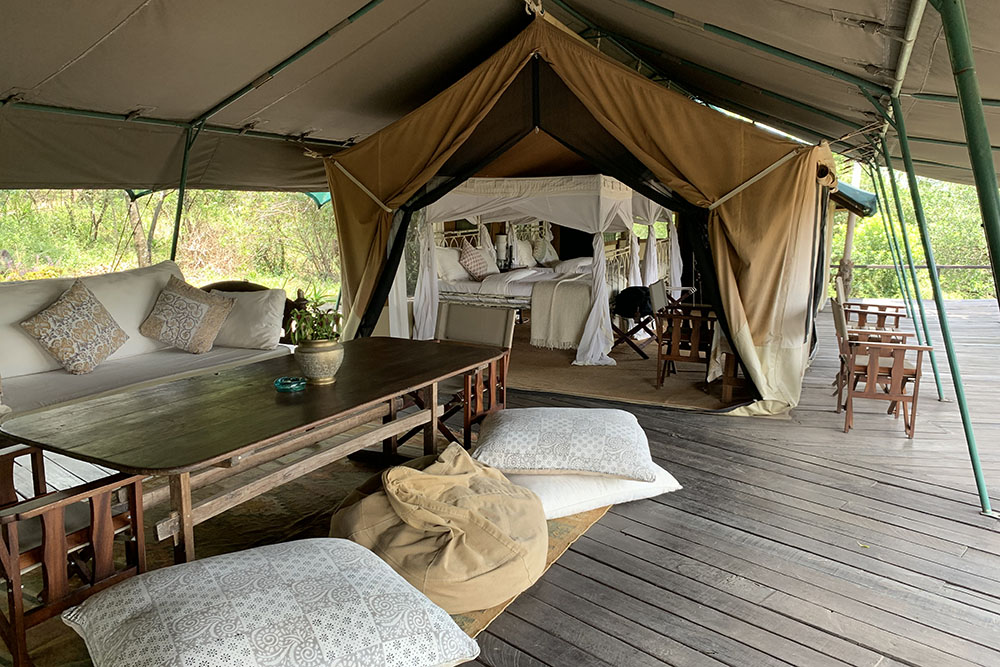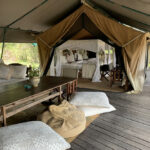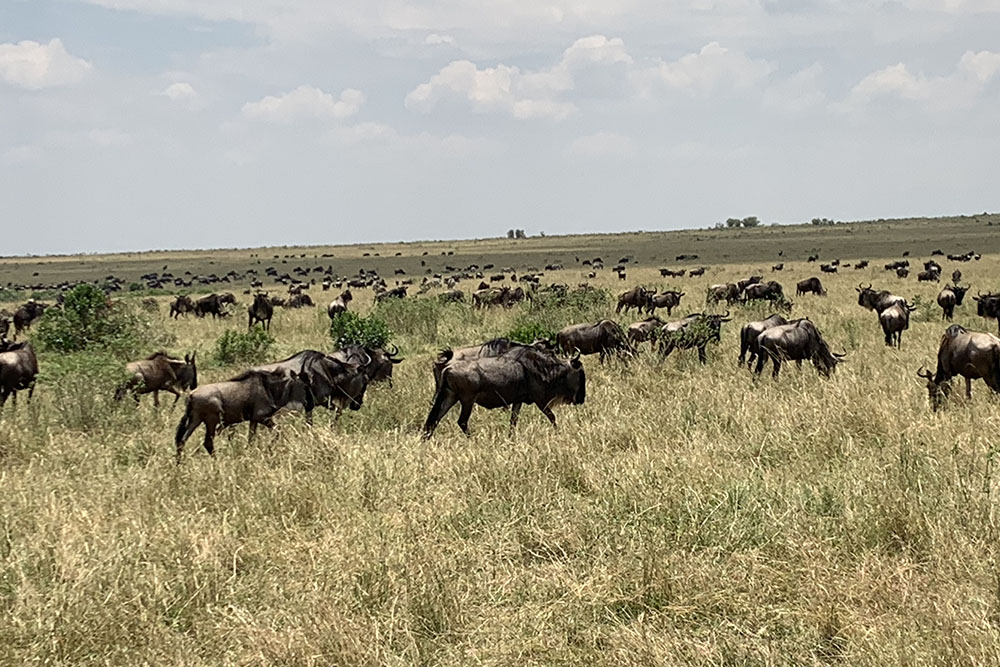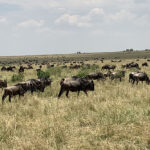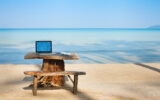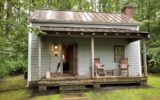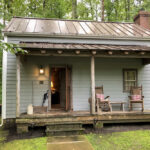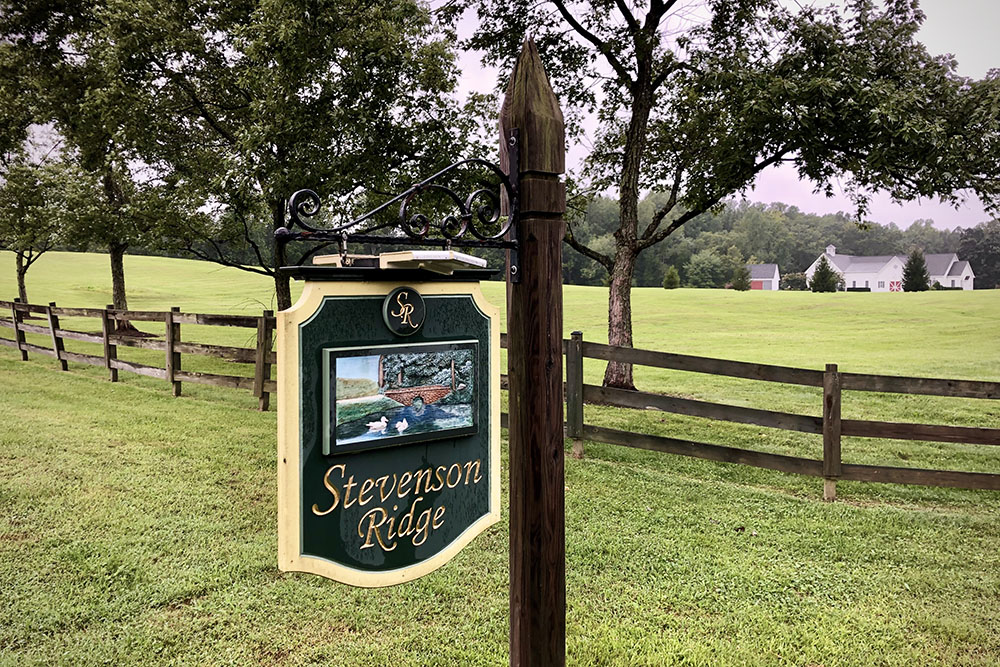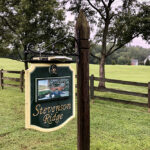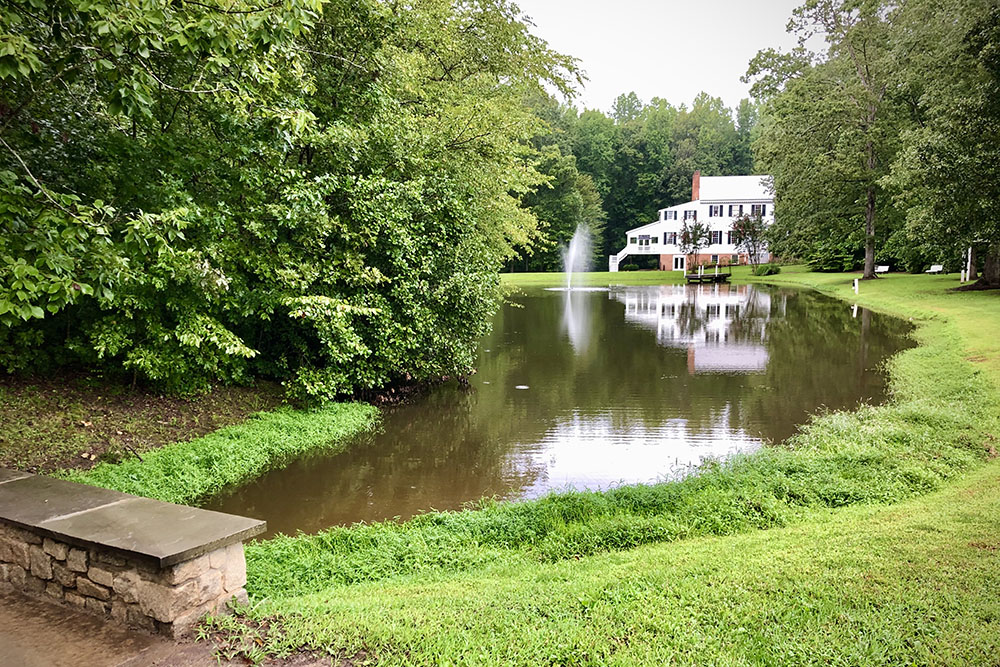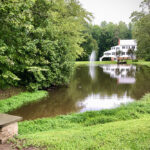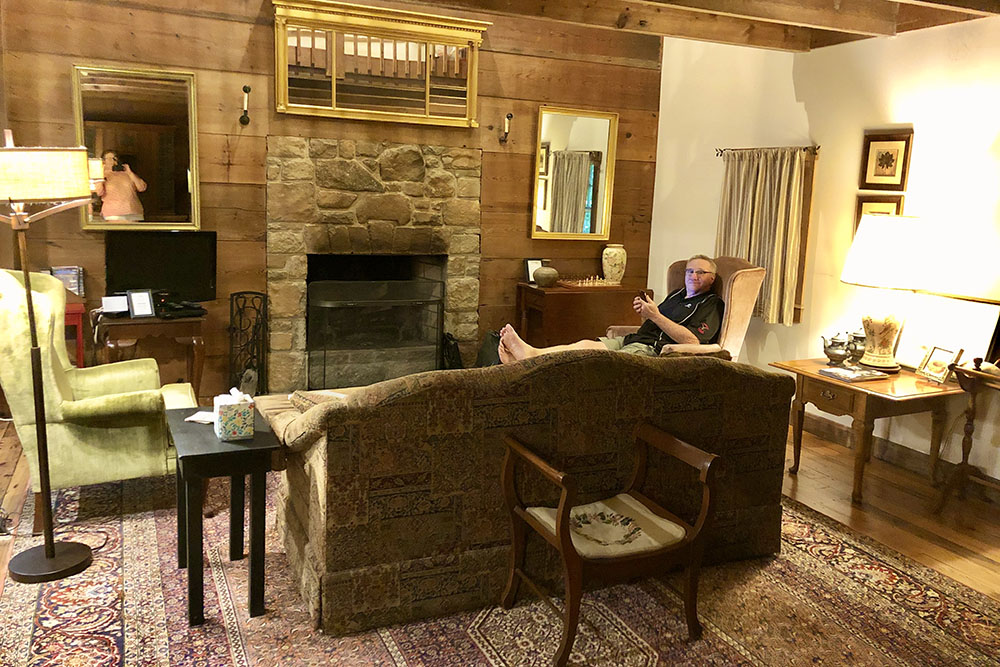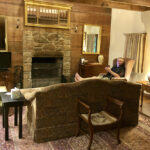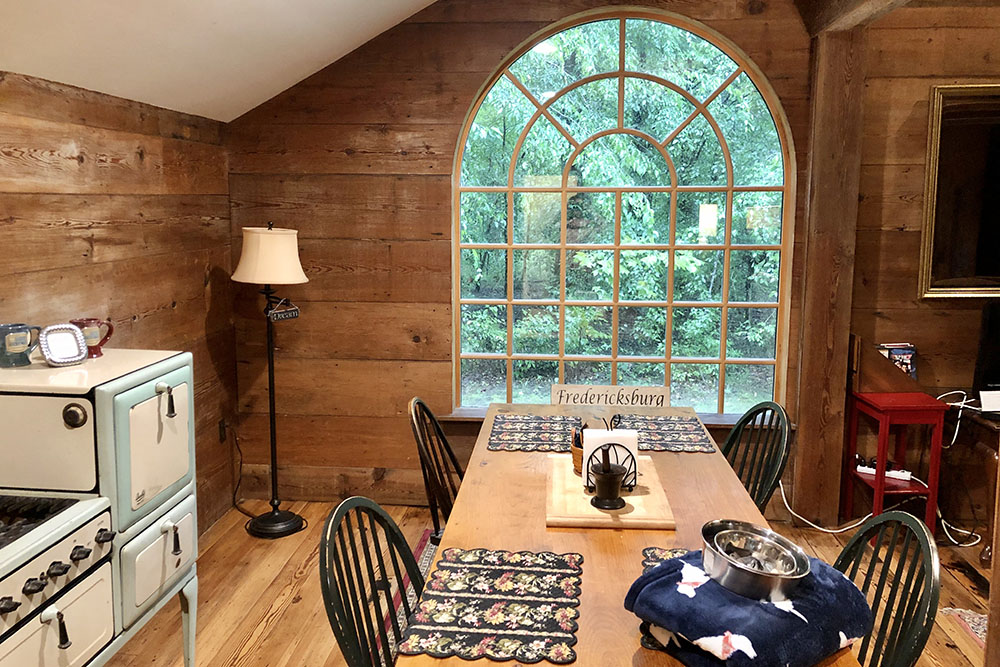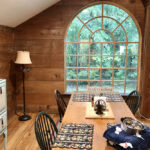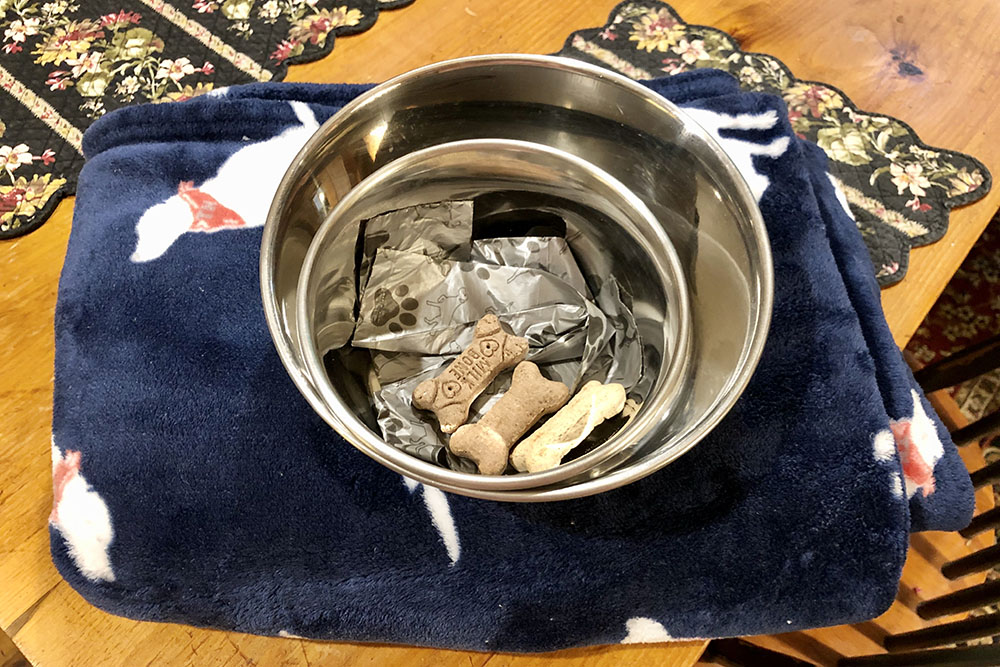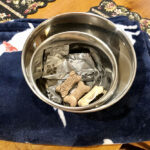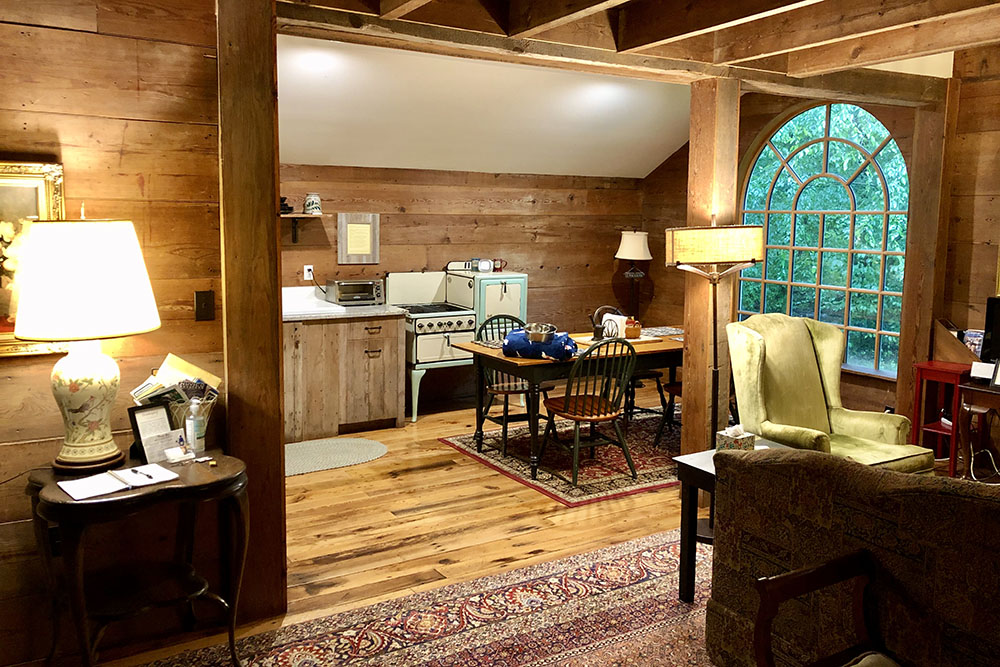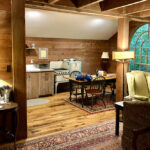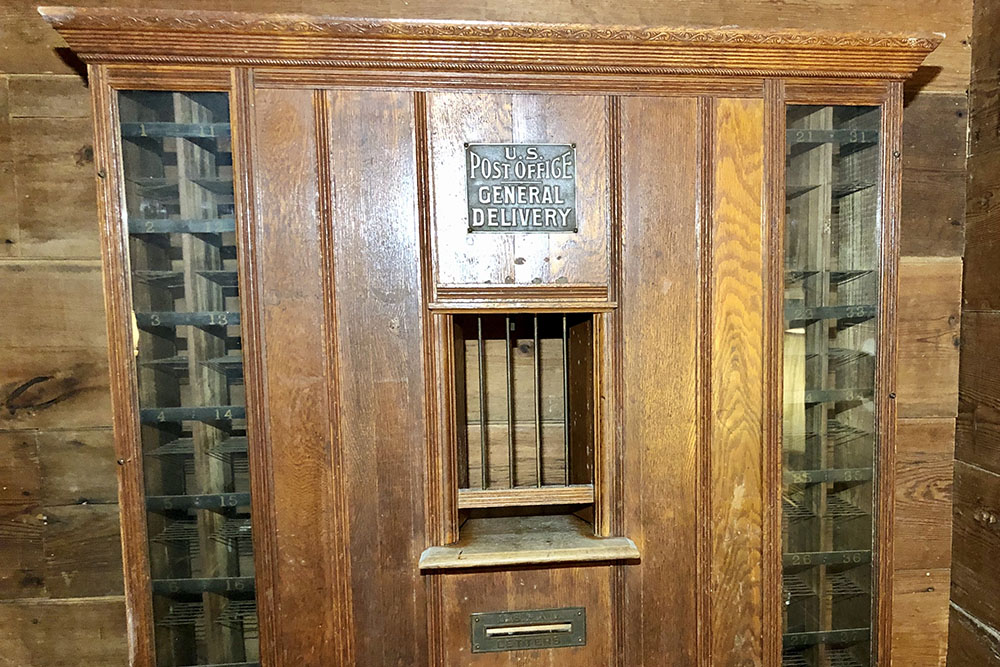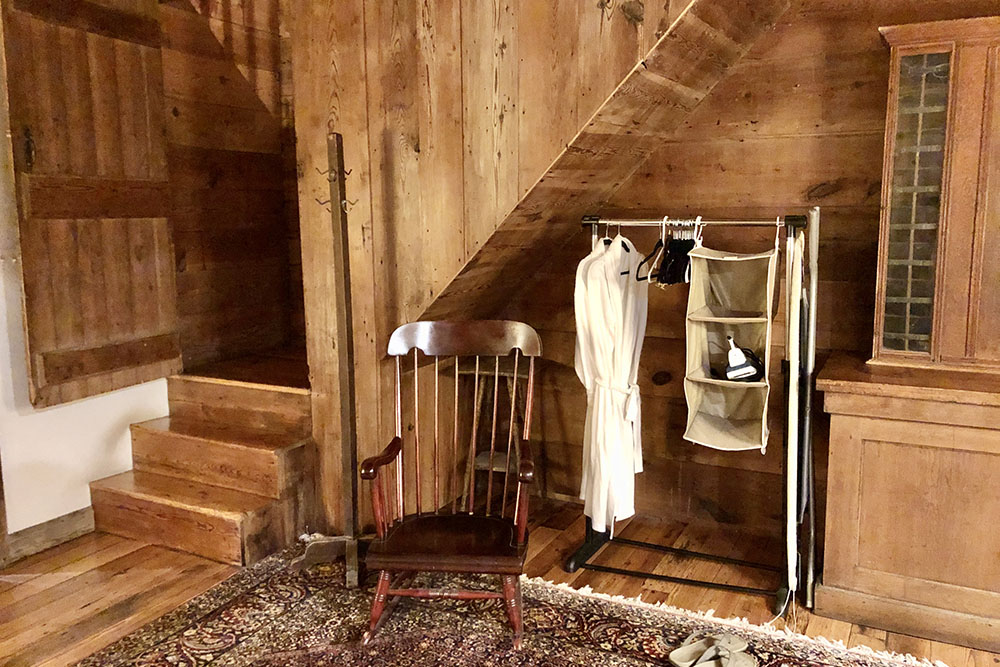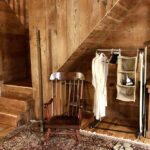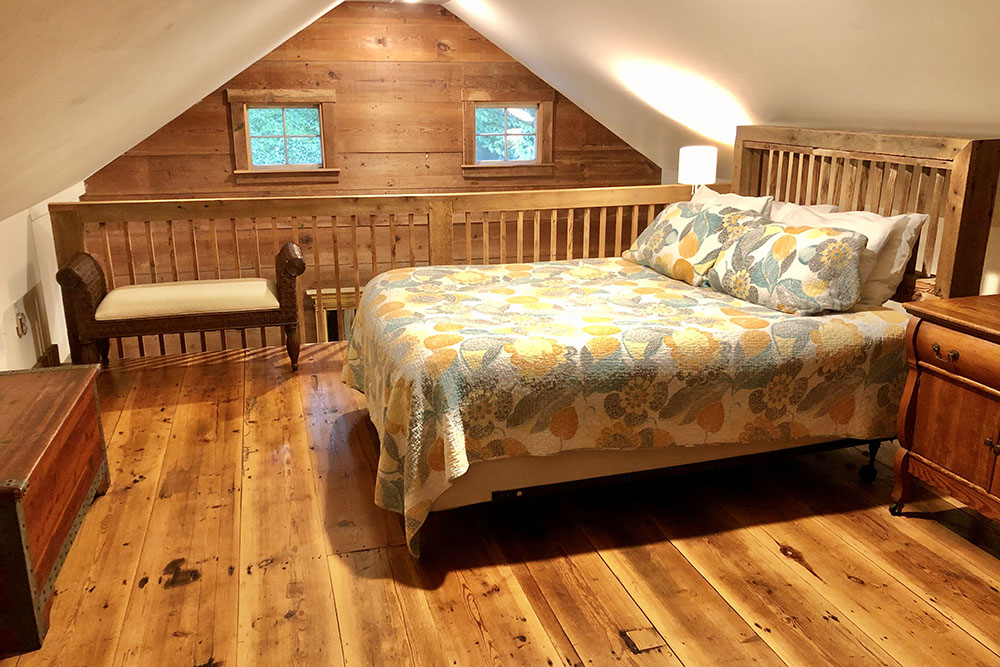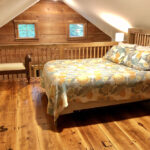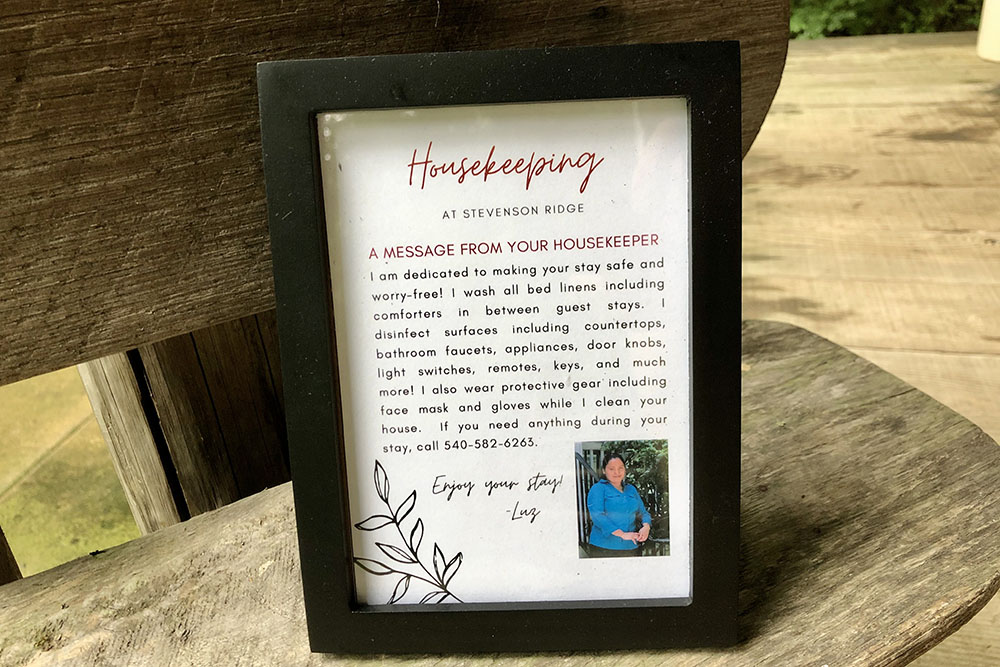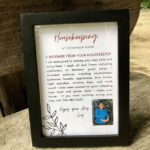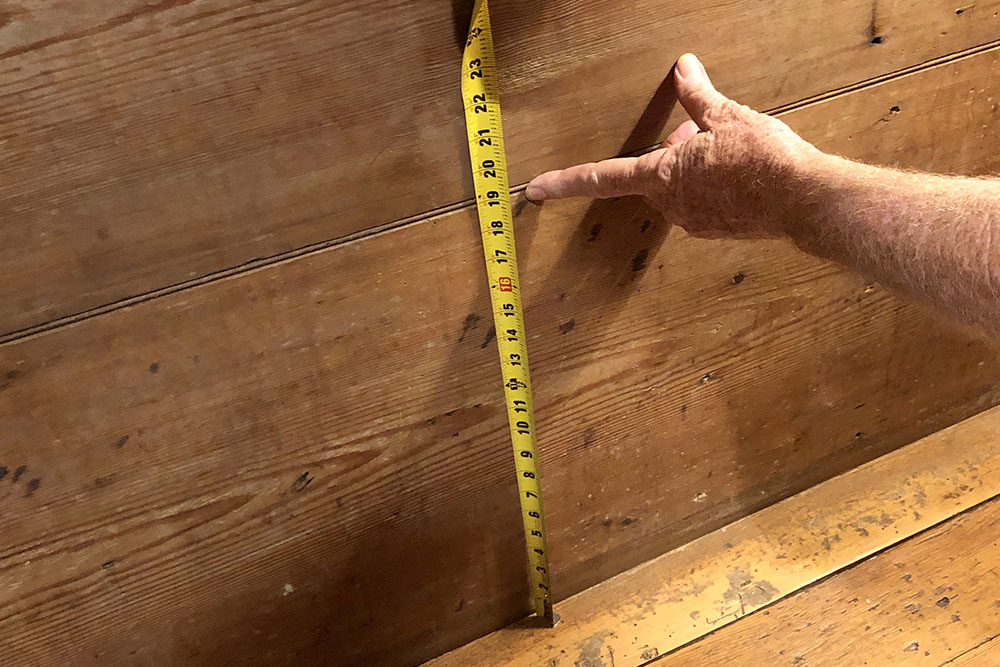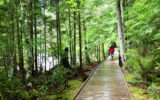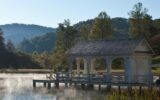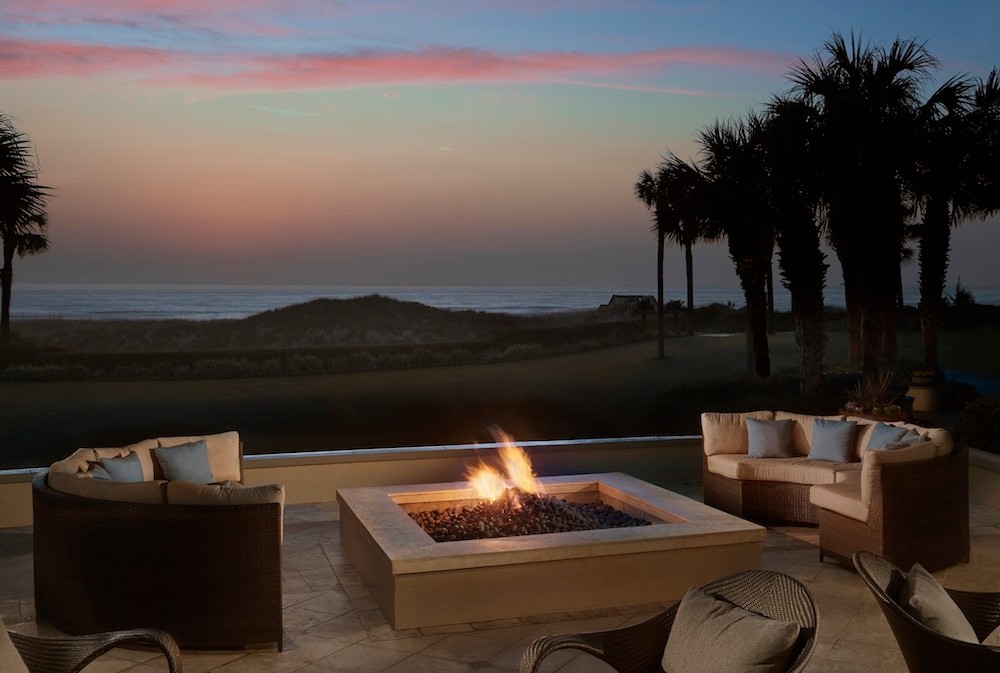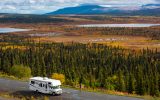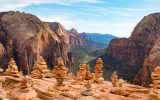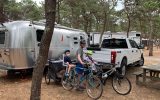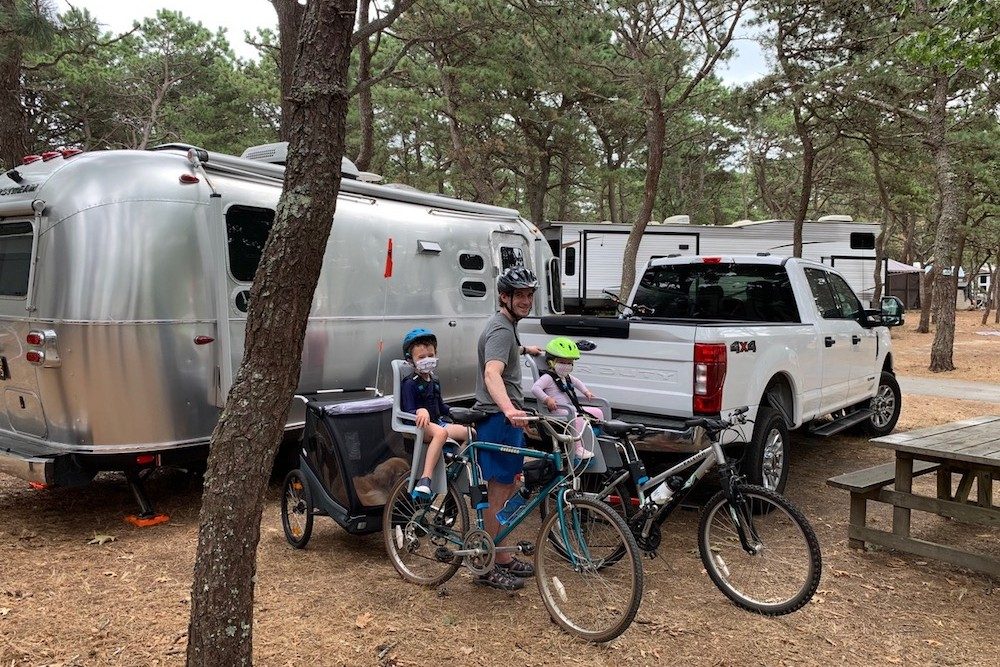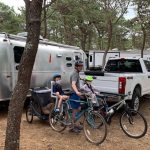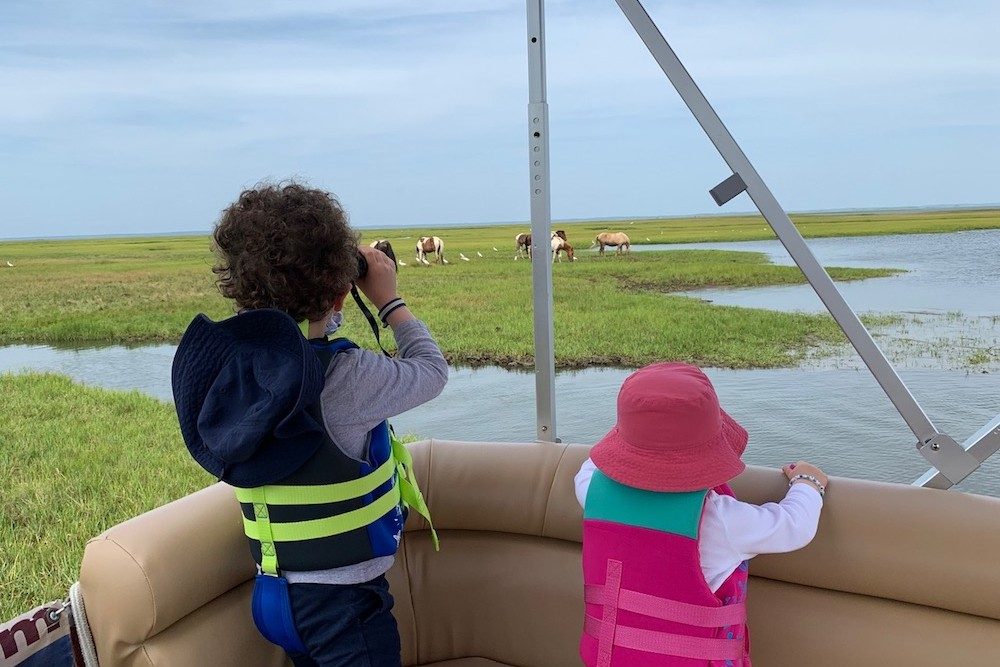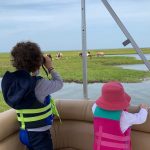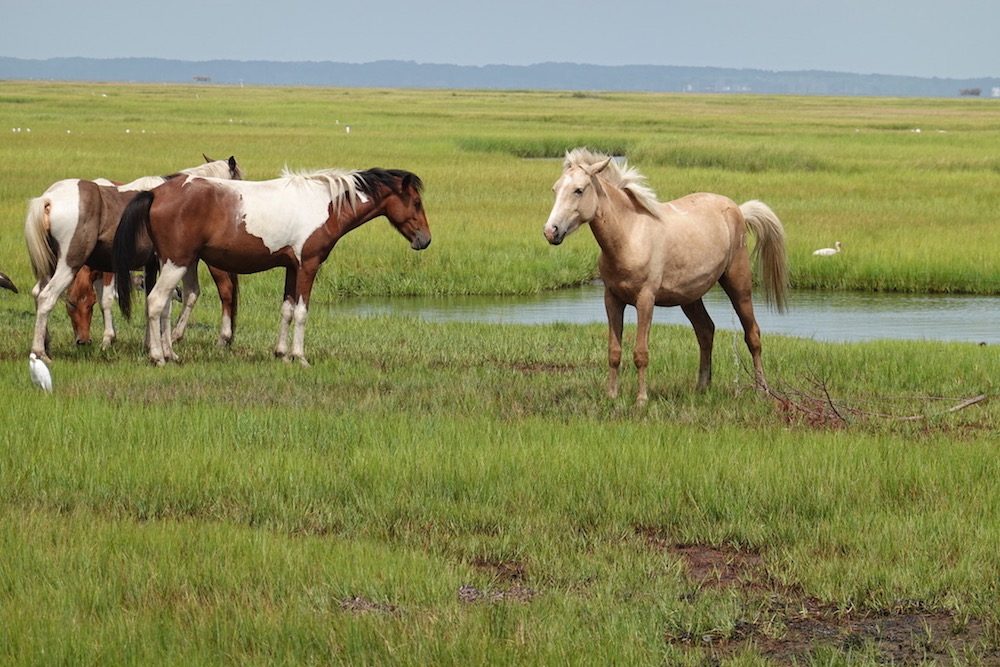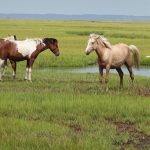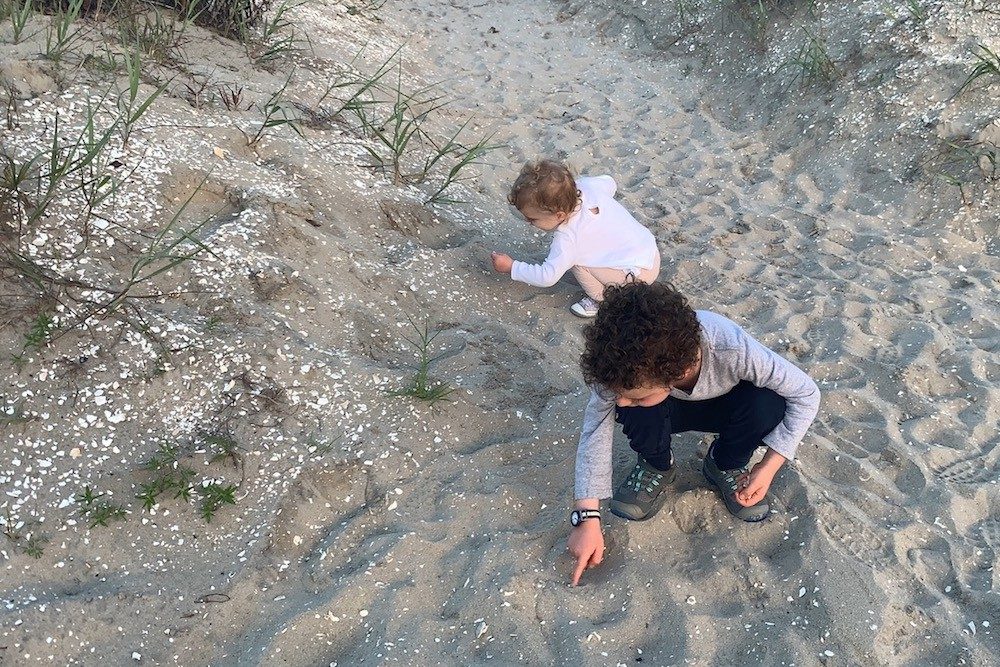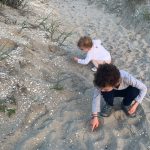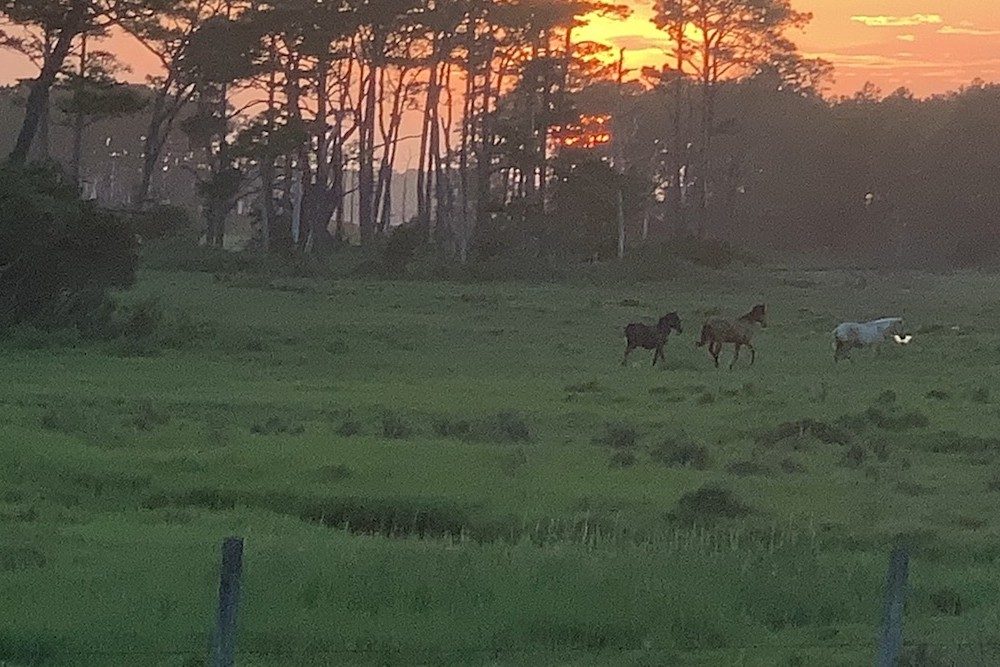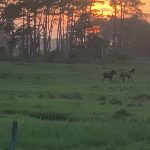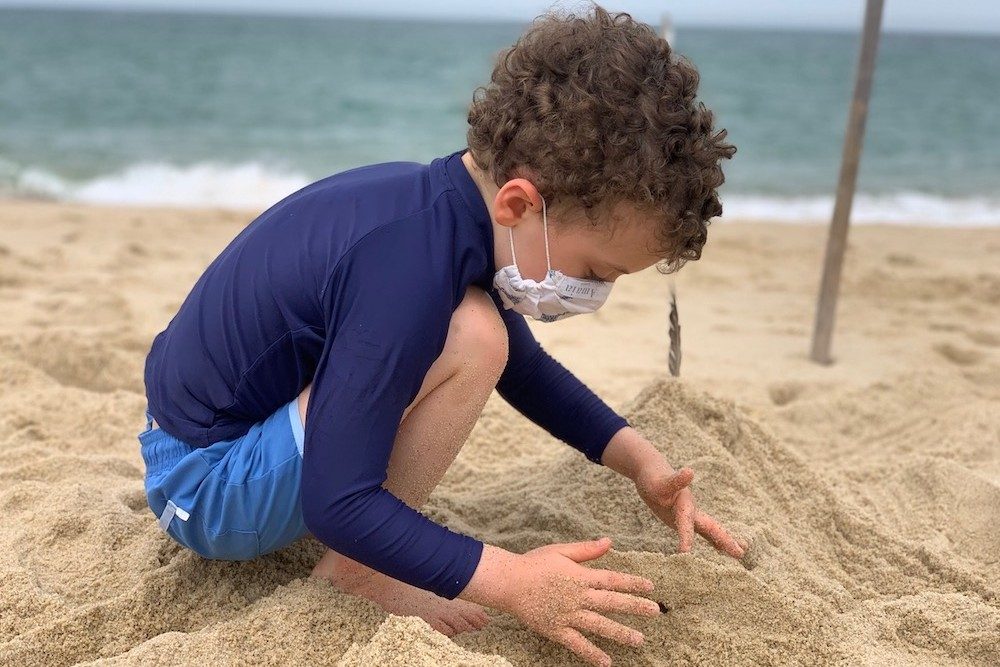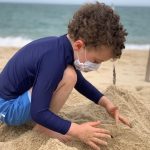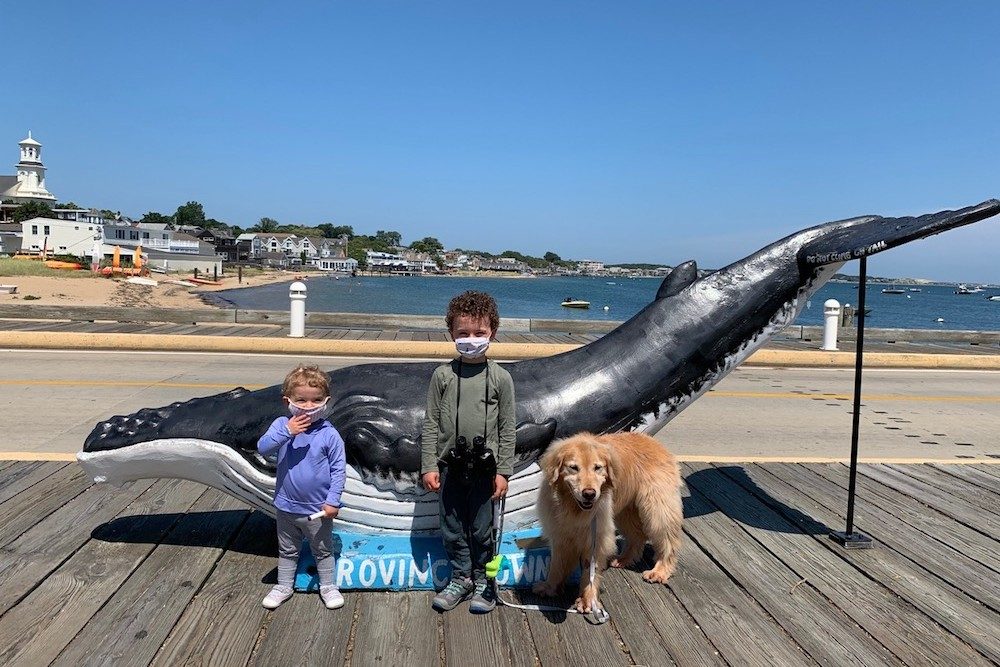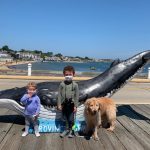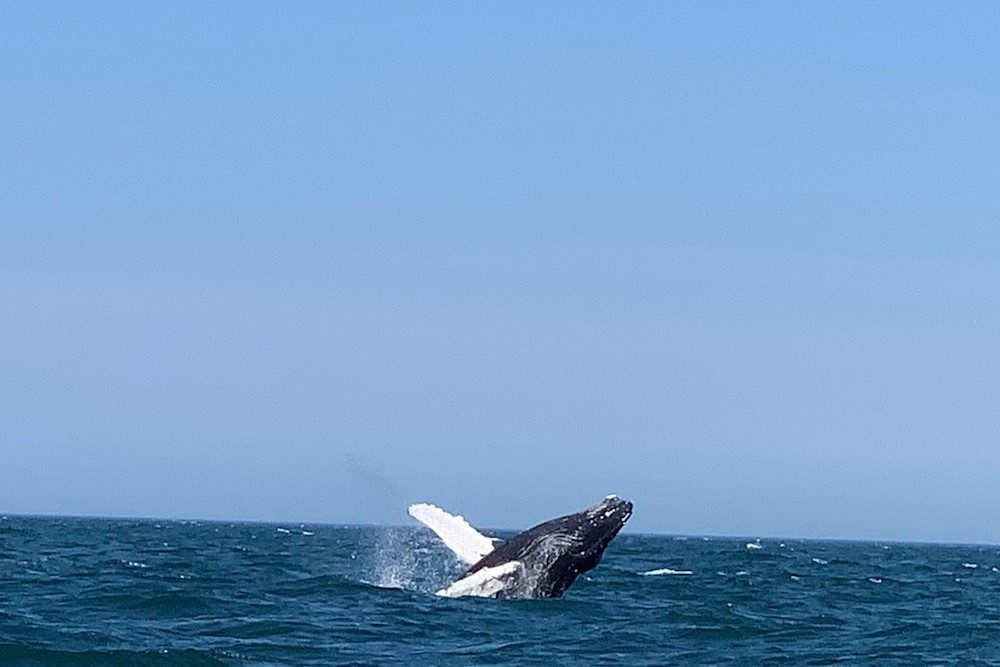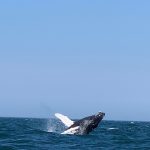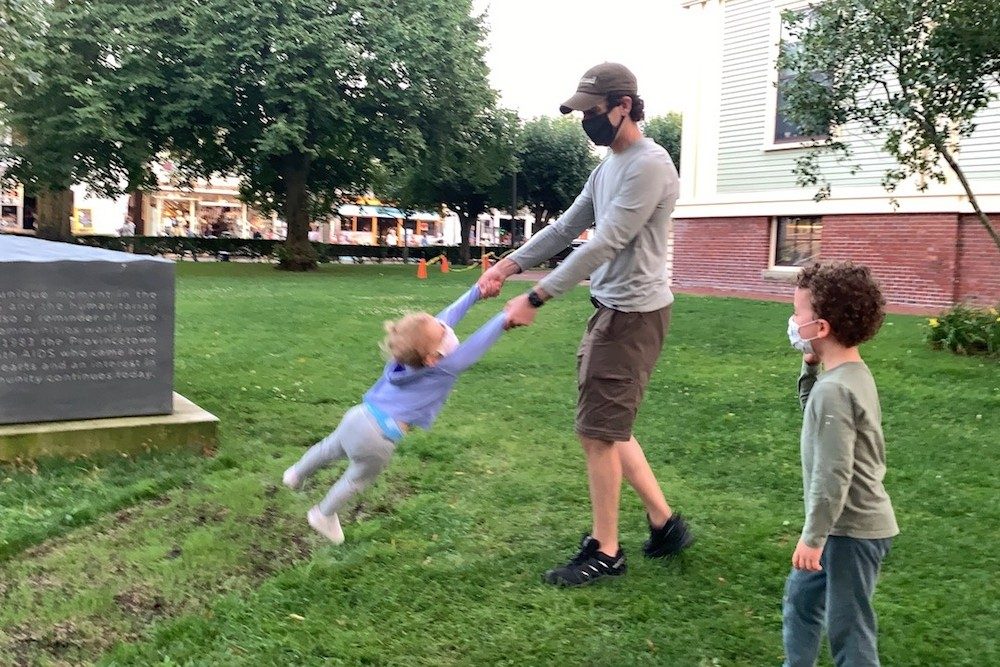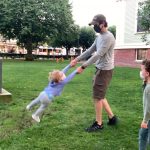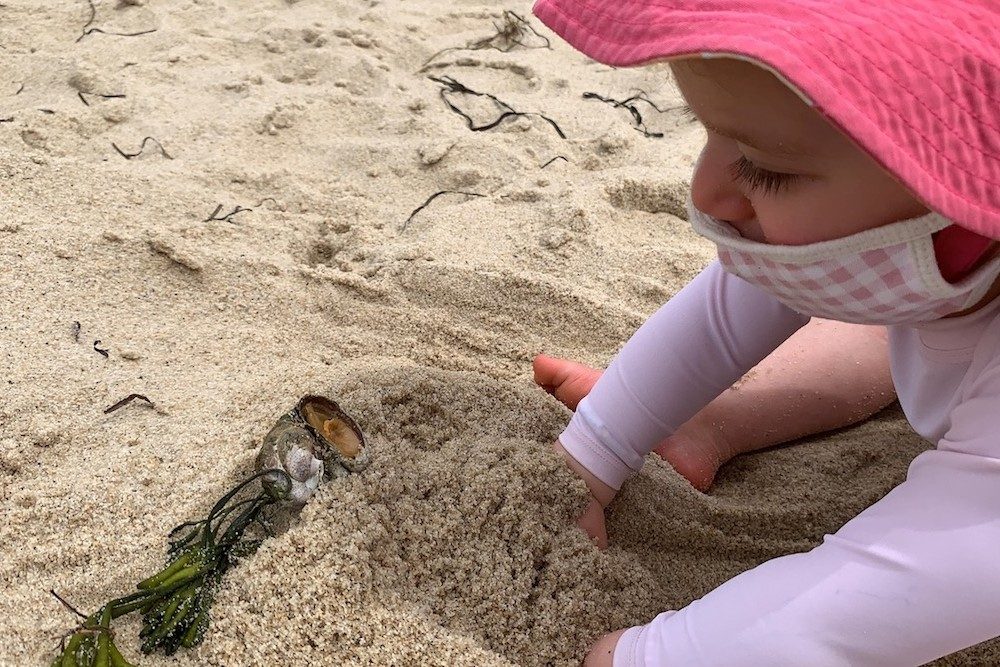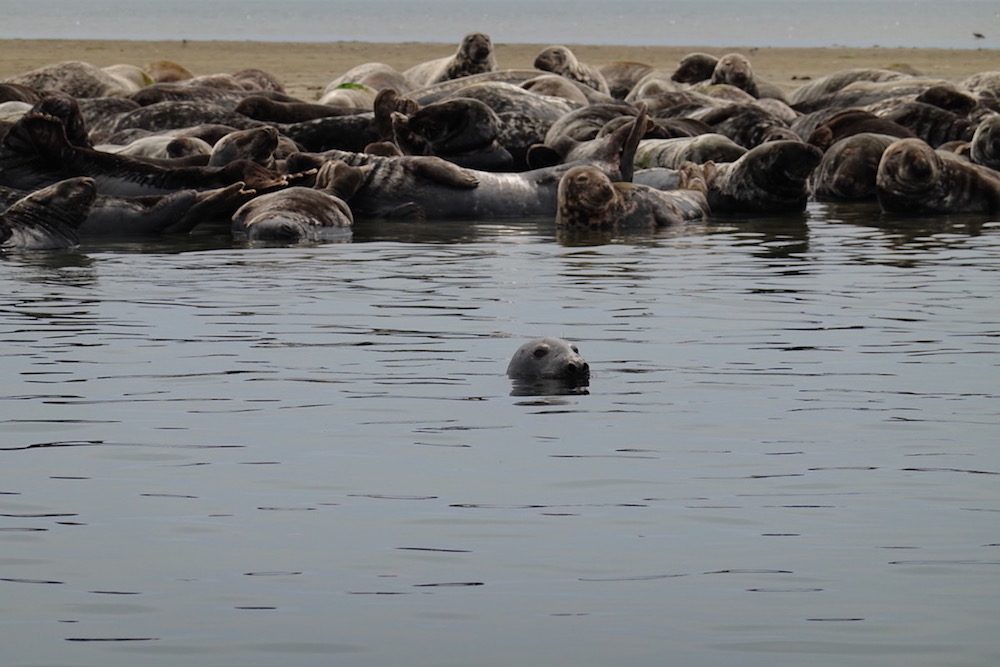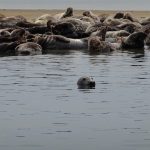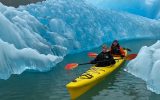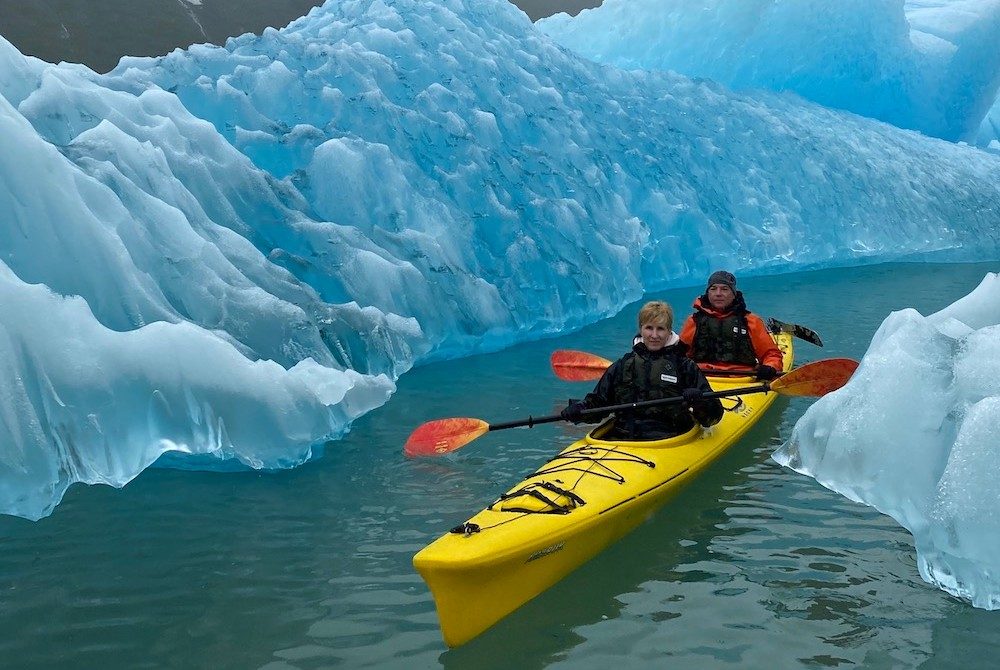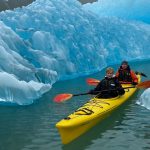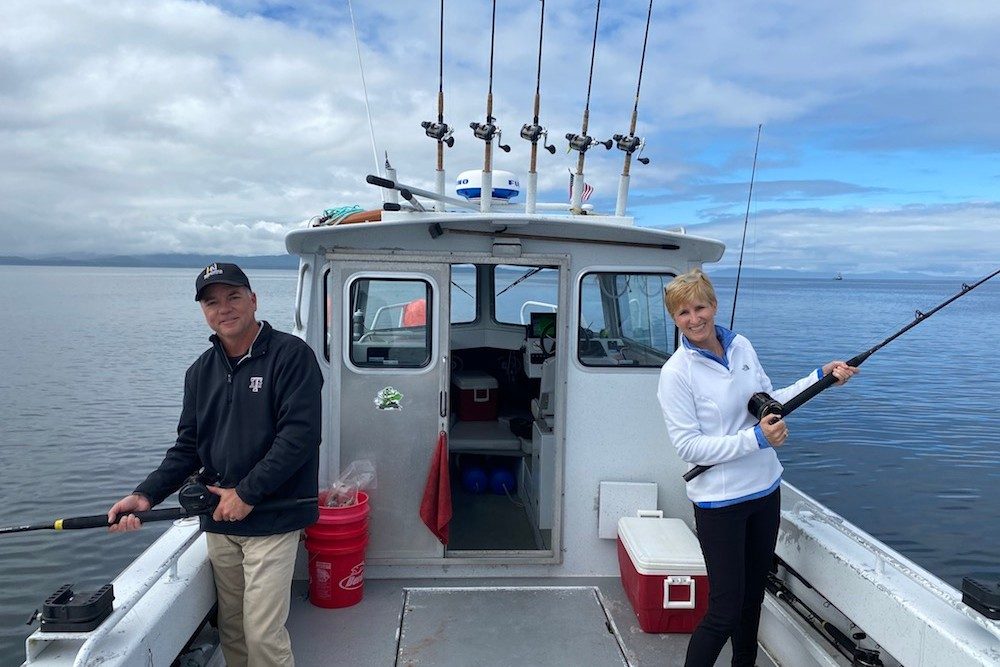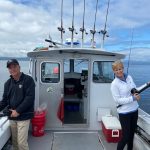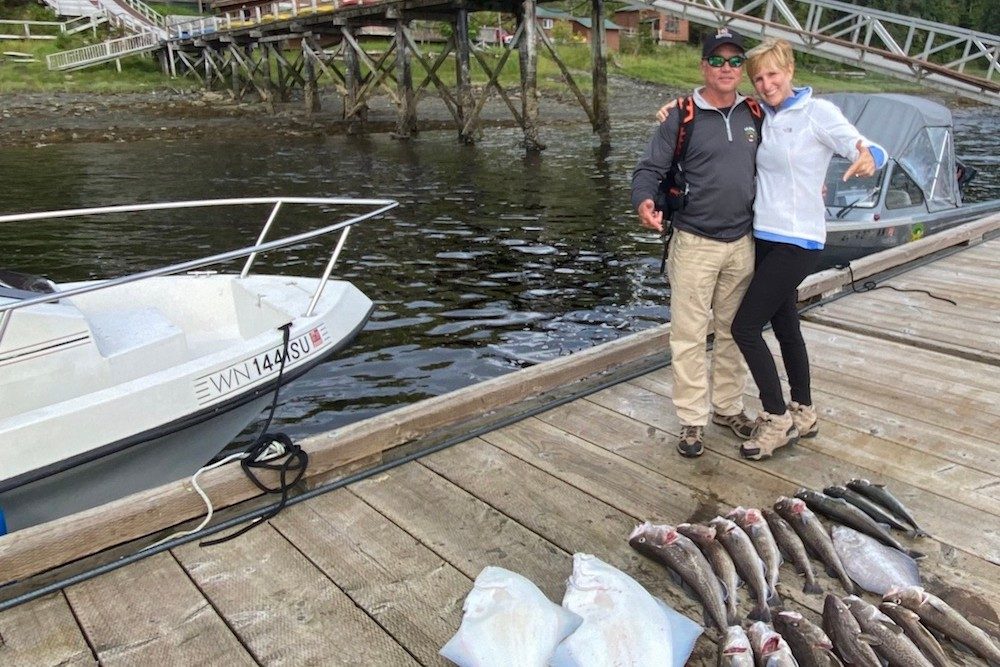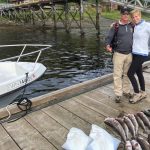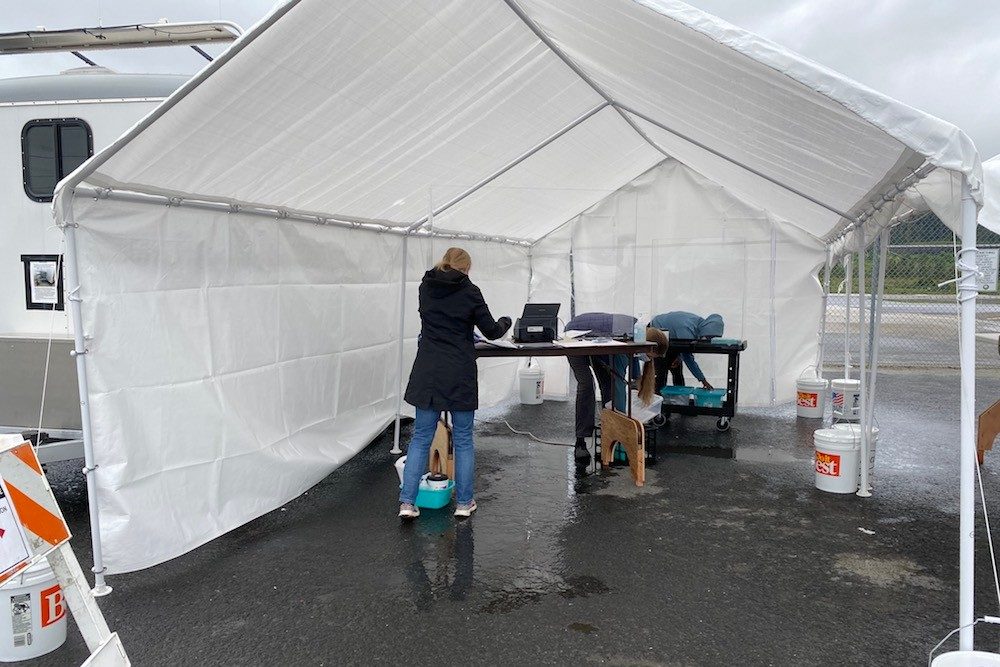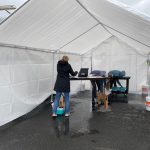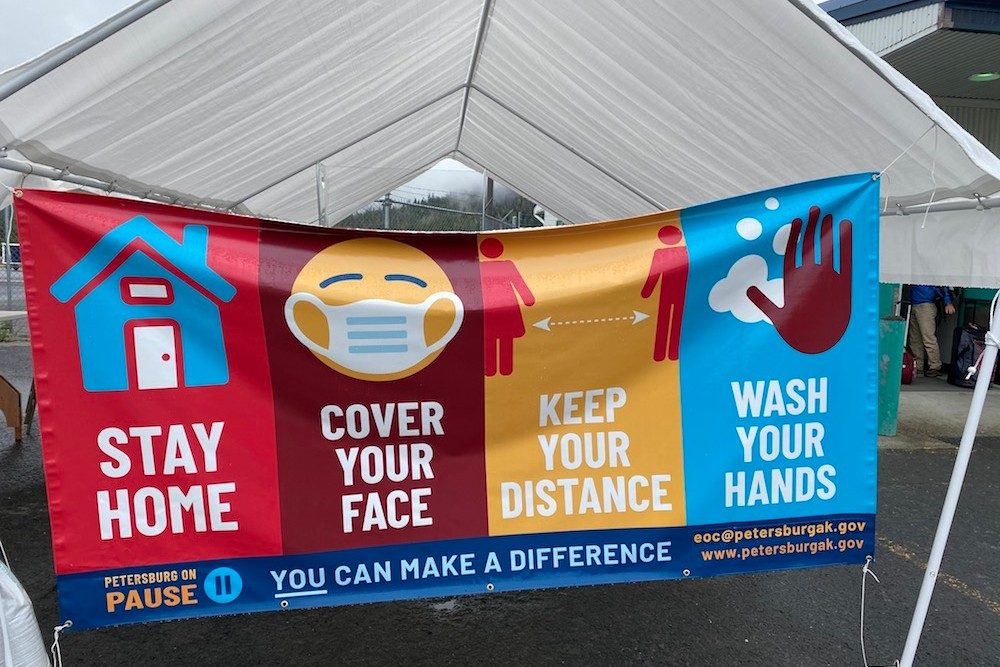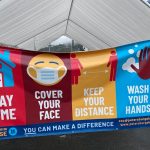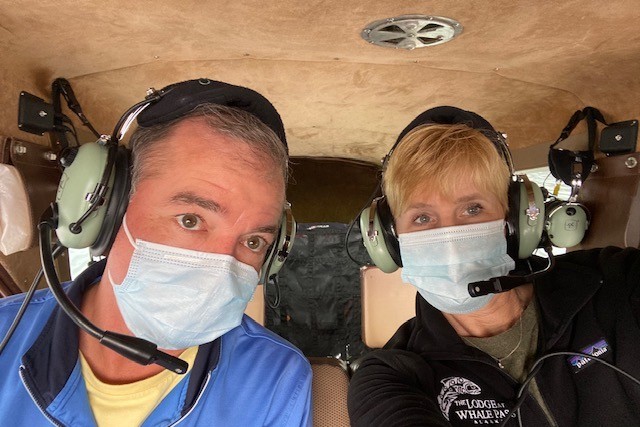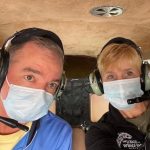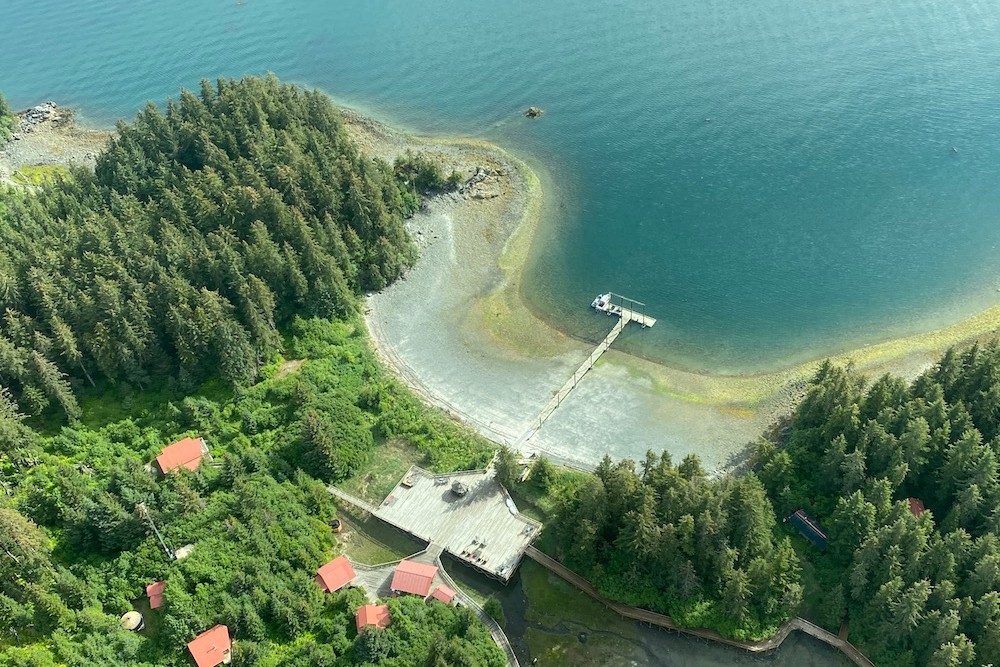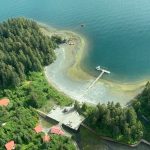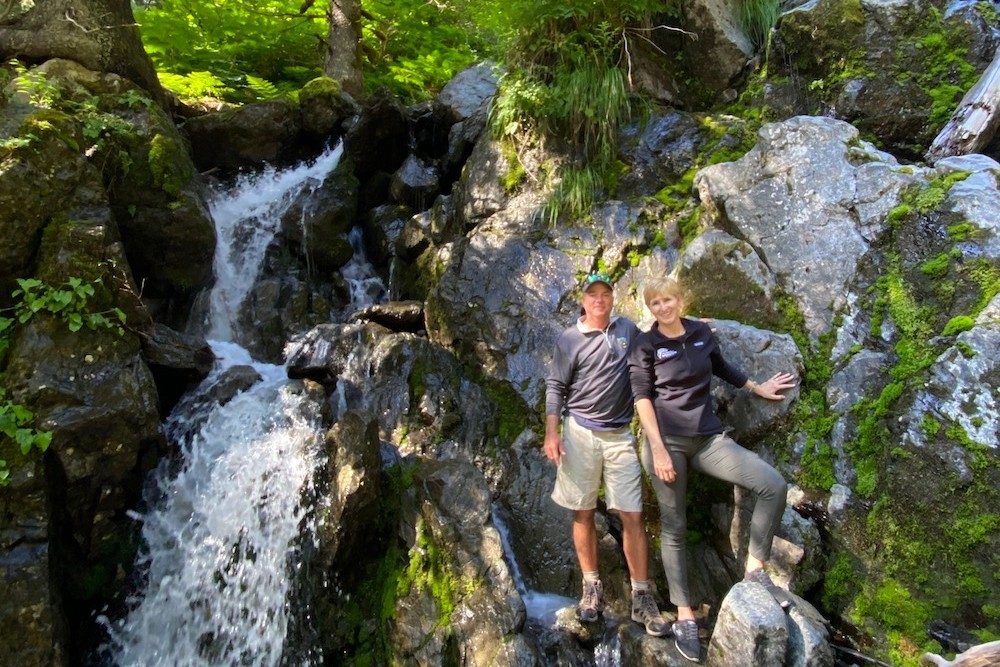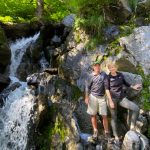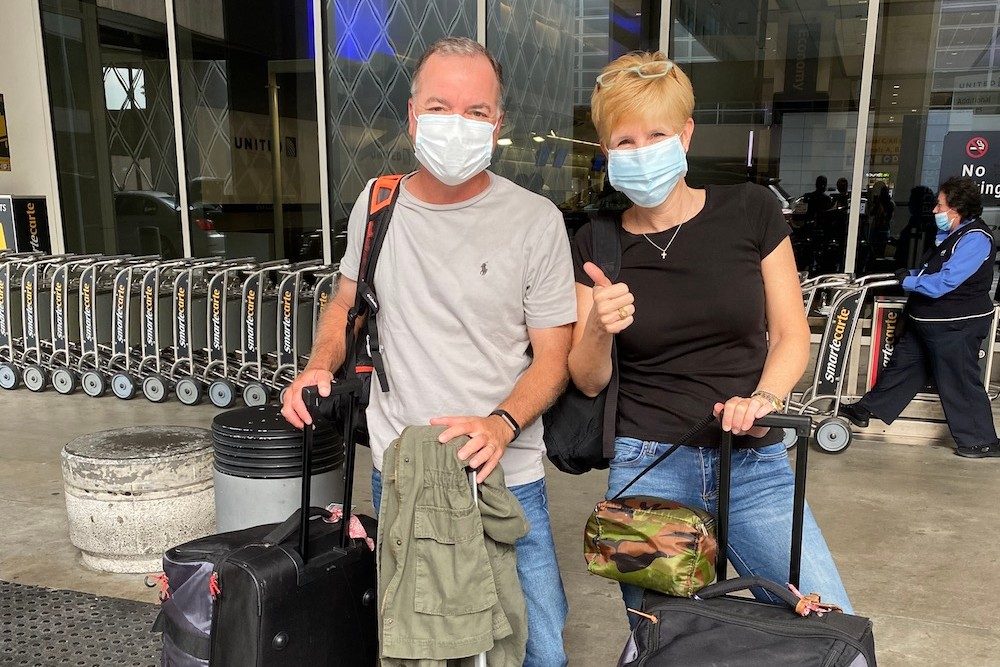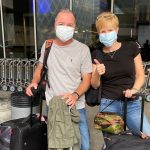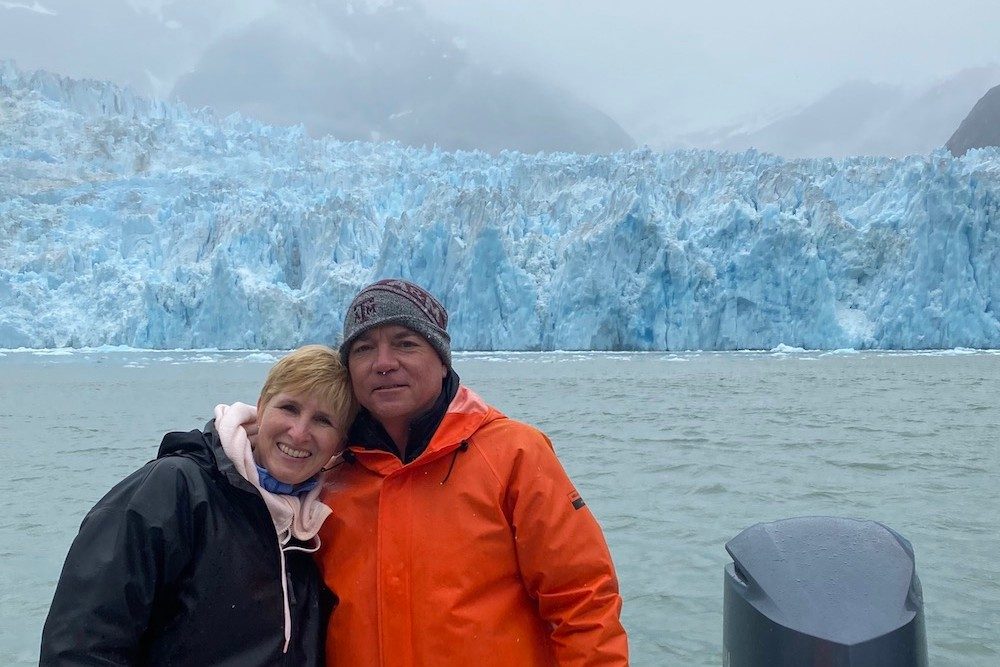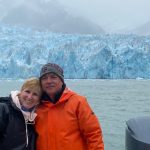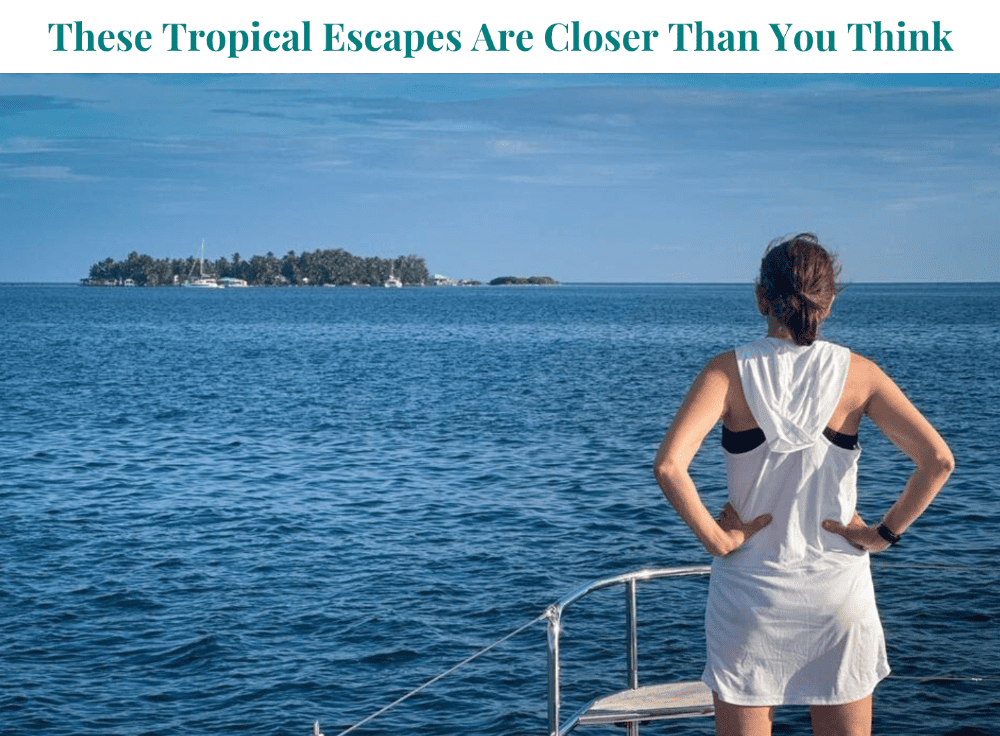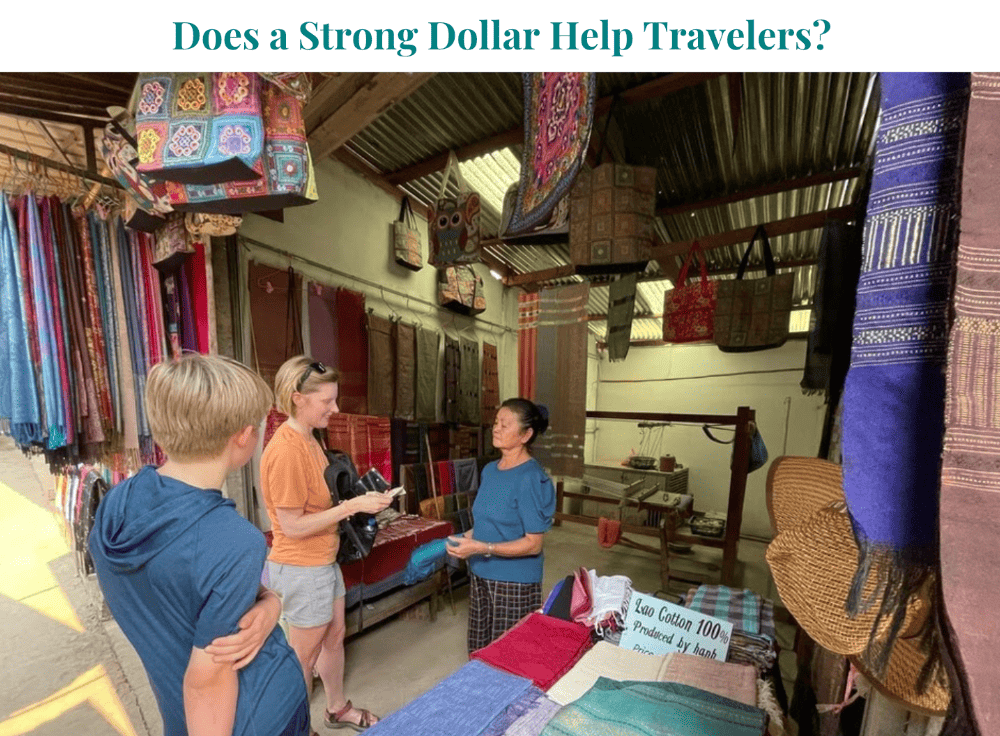Many of you have been asking: Can I travel safely this winter? The answer is that it’s possible to minimize your risk greatly—even when traveling to far-flung destinations—thanks to new, smarter entry requirements for certain states and countries, better Covid testing options, and new protocols that particular travel companies, hotel staff, and private drivers and guides have put in place. Read our reviews of real trips that travelers have taken to many of these destinations, all of which share three major characteristics: They are currently open to U.S. residents without a quarantine; they allow for social distancing, both during your daily activities and at your accommodations; and they are warm enough that you can eat many of your meals outdoors.
Mexico
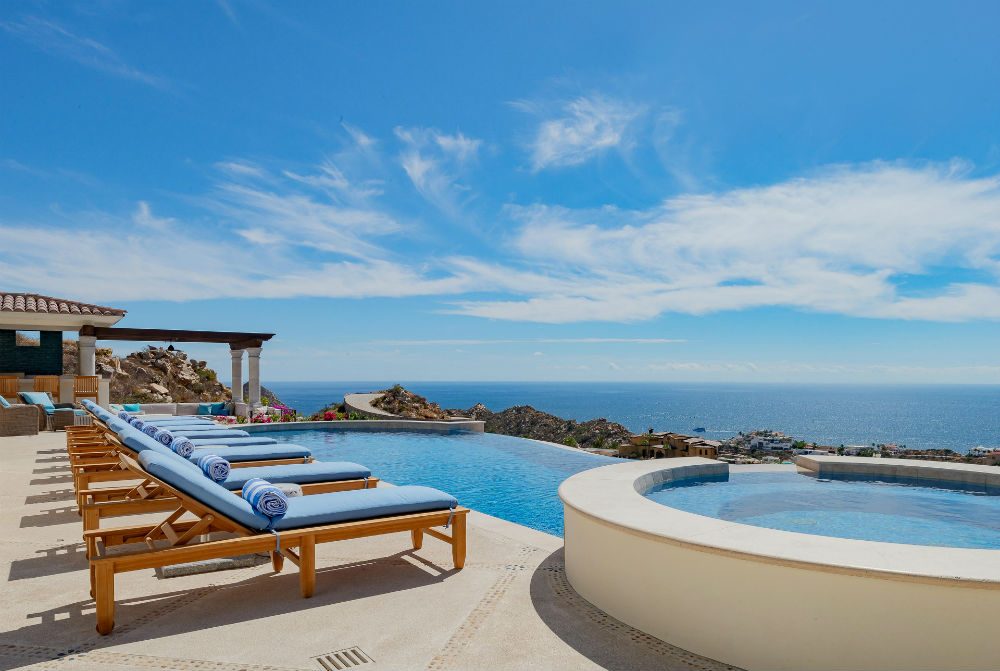
Beach villas and other private accommodations make it easier to social distance in Mexico. Photo: Cabo Villas
From private beachfront villas to small boutique inns with open-air common areas to colonial haciendas that you can reserve for just your family, you’ll find an array of options in Mexico that allow for easy social distancing—as these travelers did in July. Many airlines are operating between the U.S. and Mexico, with no Covid-testing requirements. For east coasters, a quick flight to Cancun gives you entrée to the Riviera Maya and Tulum; west coasters will find nonstops to Cabo San Lucas (where migrating whales and whale sharks pass by every winter) and Puerto Vallarta, the latter a gateway to the top-notch resorts and private villas on the Punta de Mita peninsula. Beyond the beach, the freestanding suites in the Mayan forest at Chablé Yucatán allow for complete privacy. Read Mexico trip reviews.
A Caribbean island
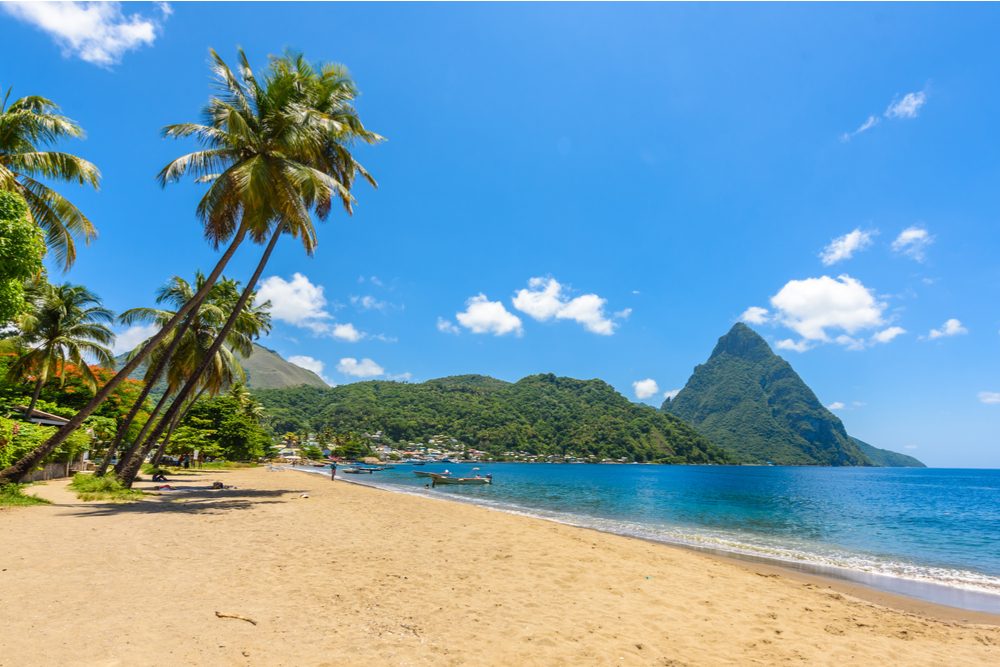
St. Lucia is open to U.S. travelers. Photo: Shutterstock
A good many Caribbean locales are once again welcoming U.S. travelers. Some require pre-trip testing, others test on arrival or screen for symptoms, and some—including Anguilla—have created “vacation bubbles” so that travelers can take part in certain land and water activities that have been deemed safe. Read this article for more details. If you’re nervous about getting sick outside the country, know that Medjet will fly you home from the islands if you are hospitalized with Covid.
Hawaii
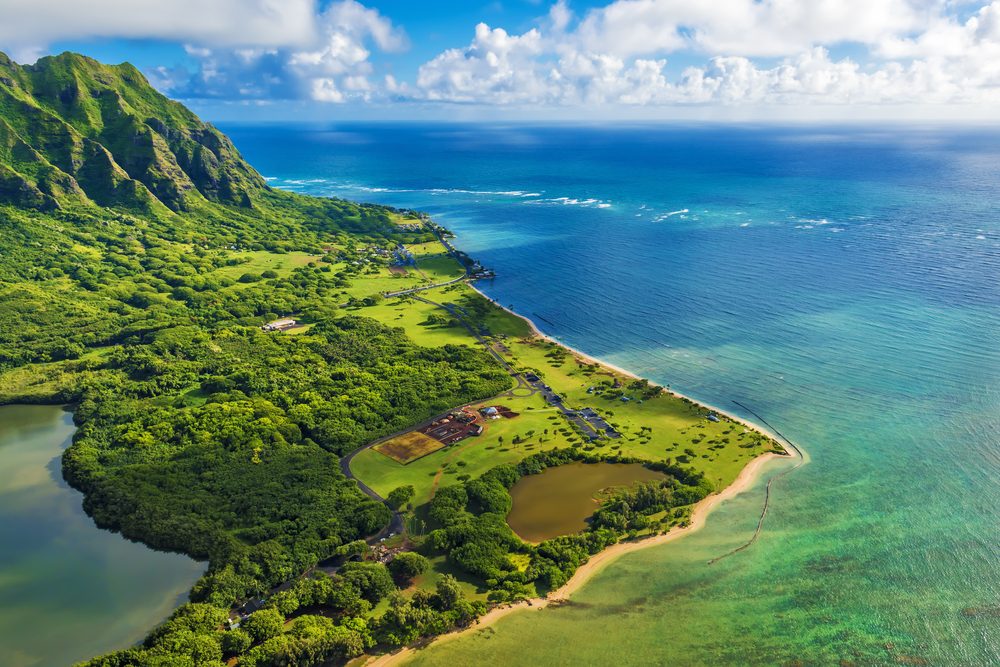
Hawaii now allows travelers to skip quarantine if they arrive with a negative Covid test. Photo: Shutterstock
The Hawaiian islands did away with their mandatory 14-day quarantine in October—provided that travelers register with the Safe Travels program and arrive with negative results from an approved Covid test performed no more than 72 hours prior (passengers headed to Kaua’i must still quarantine or stay in a “resort bubble,” and there may be quarantines for inter-island travel). A number of airlines will help passengers headed to the islands get a pre-flight test, for a fee. Once you’re in Hawaii, it’s all about enjoying the outdoors, from snorkeling to hiking to stand-up paddleboarding and ATV rides. Read Hawaii trip reviews.
Belize
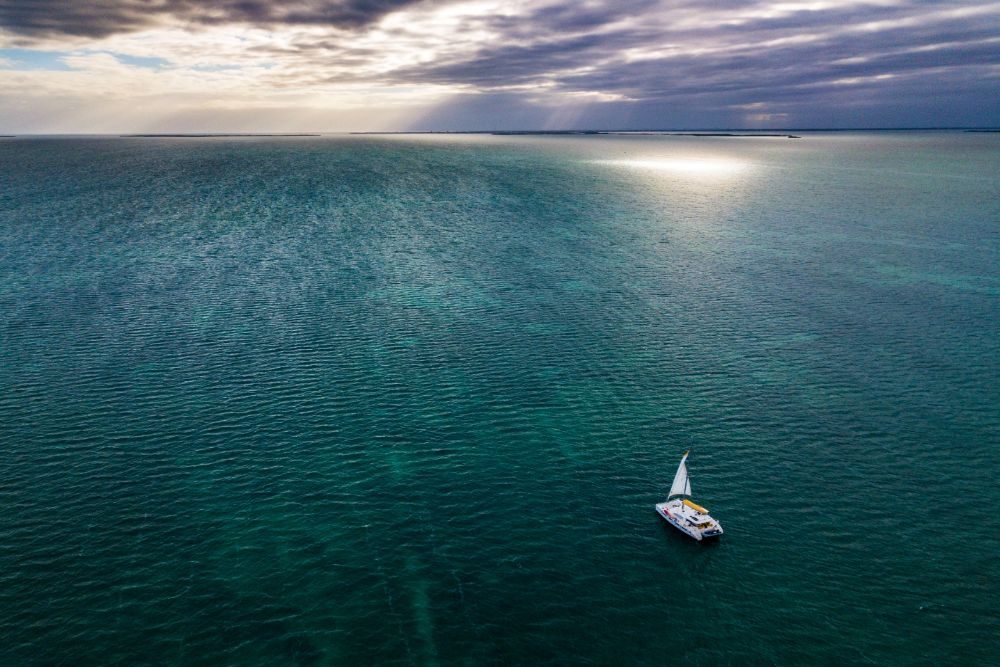
Charter your own boat in Belize for days of snorkeling, sunbathing, and plenty of distance from other travelers. Photo: Belize Sailing Vacations
Nonstop flights to Belize take off from several U.S. cities that are only about three hours away; travelers who arrive with a negative Covid test will be fast-tracked through the airport, while all others will be screened and tested. Once you’re there you can explore world-class coral reefs, visit uncrowded Mayan ruins, learn to scuba dive (as Wendy’s son did), fish for 100-pound tarpon (which kept her husband busy), and laze beside sparkling Caribbean waters. Only accommodations that have earned the country’s new Gold Standard Certificate of Recognition are allowed to open; options range from beach resorts with separate bungalows to remote jungle tree houses—or you can charter your own private yacht as I did, enjoying fabulous snorkeling, sunbathing, kayaking, and plenty of distance from everyone except your captain and first mate (who have at least 14 days between charters, to avoid contact between groups of guests). Read Belize trip reviews.
Skiing in the Rockies
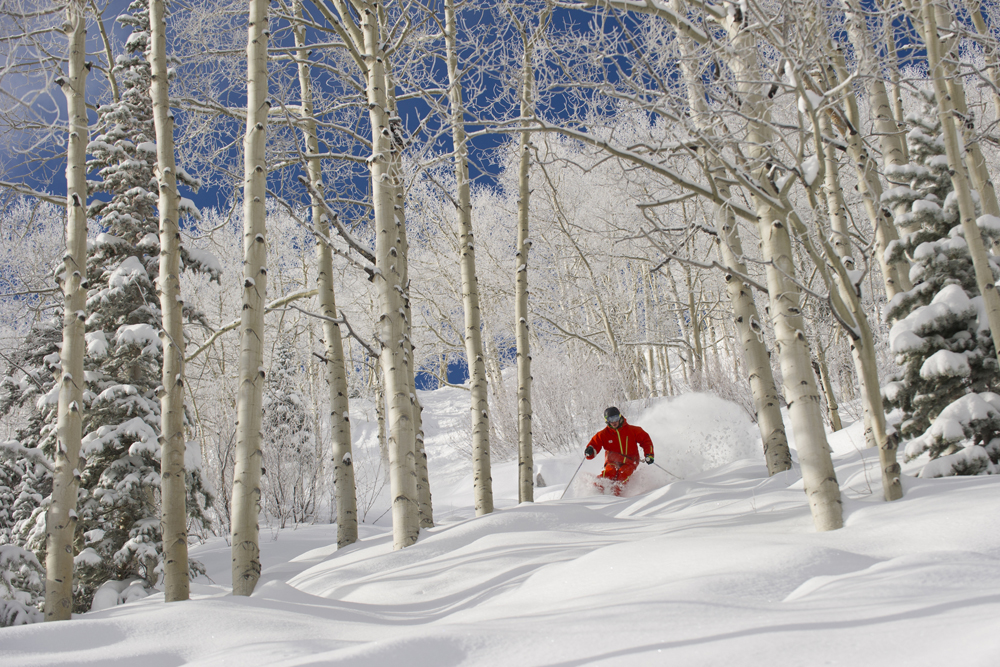
Ski resorts are limiting capacity this travel season. Photo: Parker Olsen.
The slopes are operating differently this year: Major resorts are limiting capacity to allow for social distancing on lift lines (snow conditions and run availability will determine specific numbers), and pass holders receive priority on peak dates. At many resorts, day-of lift tickets aren’t available at the window, but you can buy a pass for as little as one day of skiing. It’s usually sunny enough to enjoy lunch outdoors on the patio; as for dinner, condos and private homes are in high demand among those who want to dine without others around. A first-rate ski trip will be pricey this year, but the right specialist can help you snag those sought-after slope reservations, and can get you the ideal ski-in/ski-out hotel suite or private cabin. Read ski trip reviews.
The U.S. Southwest
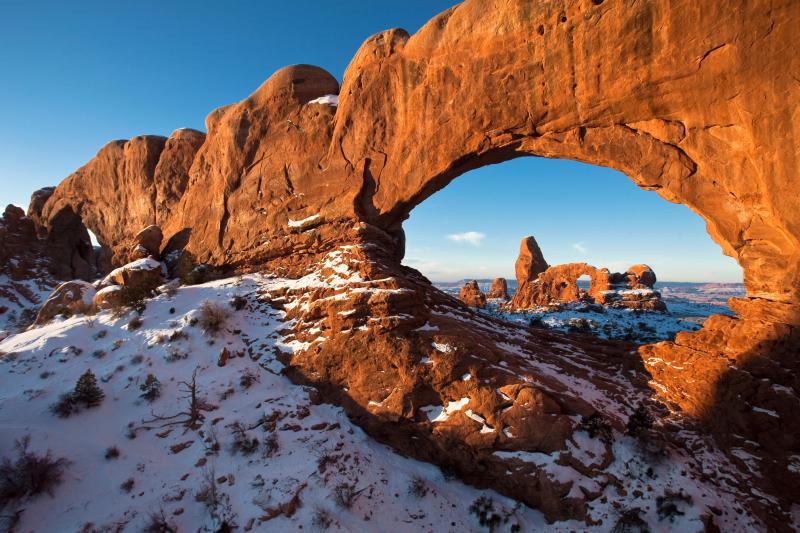
Some of the southwest’s outdoor meccas, such as Arches National Park in Utah, make for fun winter adventures. Photo: NPS Photo by Jacob W. Frank
Utah offers Moab, a year-round adventure mecca with 4×4 tours, canyoneering, and hiking in nearby Arches and Canyonlands national parks, plus spectacular resorts with your own private, standalone accommodations, such as Amangiri and Camp Sarika. New Mexico exempts travelers from its quarantine if they get a negative Covid test 72 hours before or after their arrival, and the Four Seasons Resort Rancho Encantado Santa Fe is welcoming guests.
The U.S. Southeast
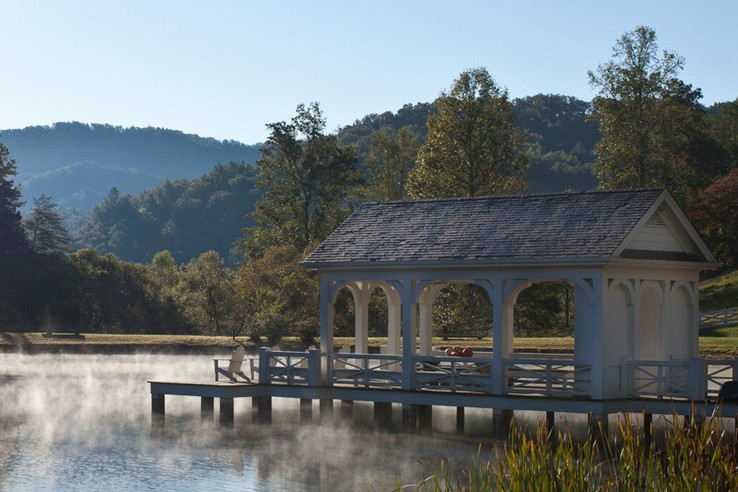
Blackberry Farm is in Tennessee’s Great Smoky Mountains, . Photo: Blackberry Farm
Northeasterners may not want to drive too far south, given the lengthy quarantine many face upon returning home, but if you live in the Southeast, there are a lot of drive-able, even pet-friendly, resorts in Virginia, North Carolina, South Carolina, Georgia, and Tennessee that have standalone cabins or cottages spread across considerable acreage. Just a few examples: Blackberry Mountain in Walland, Tennessee, situates guests atop the Great Smoky Mountains, with adventure (bouldering, anyone?) awaiting you at the doorstep of your cabin. The Cloister at Sea Island has its own private island on the Georgia coast. At Virginia’s Salamander Resort, every room has a private patio or balcony, and their famed equestrian center is open.
Costa Rica
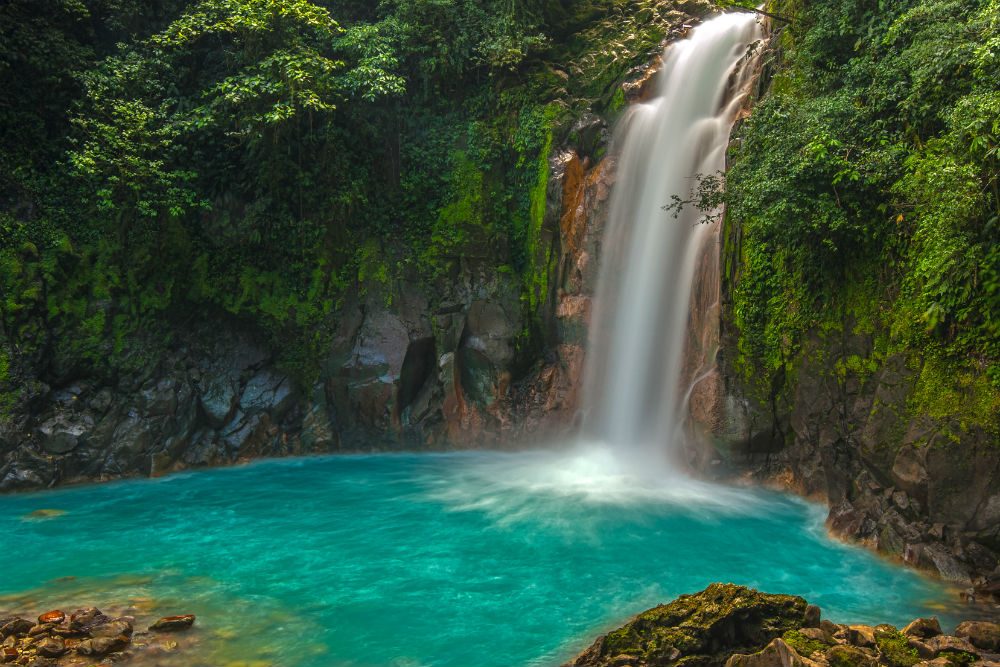
The weather in Costa Rica during the winter months is ideal. Photo: Shutterstock
Costa Rica’s jungle lodges and beach resorts are open to all U.S. residents with no testing required. The weather is ideal at this time of year too, with the skies clear but the landscape refreshed by recent rains in much of the country. Read Costa Rica trip reviews.
Bermuda
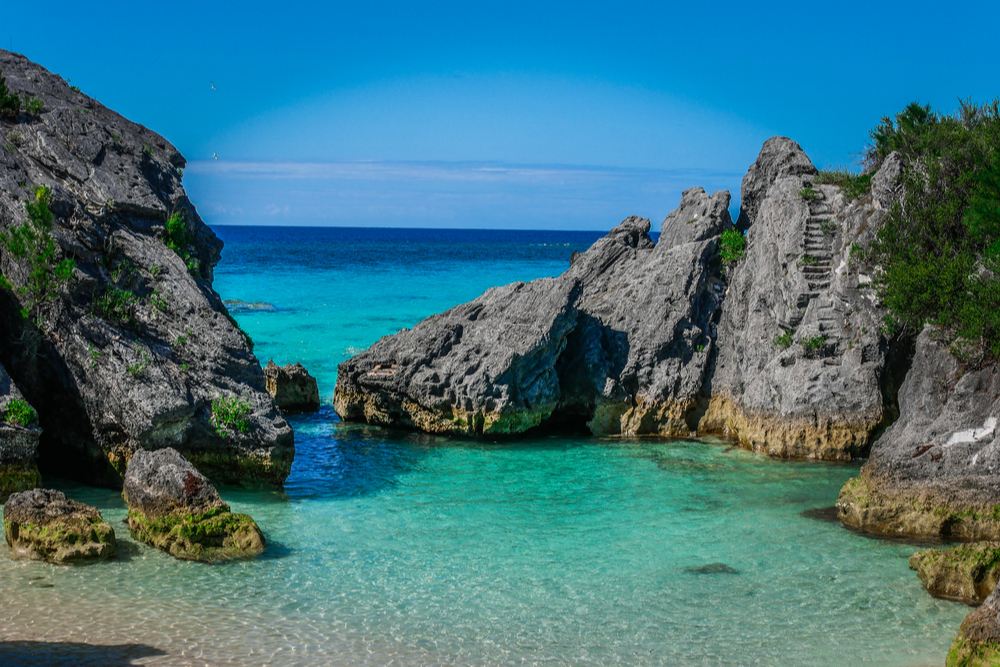
Warwick Beach, Bermuda. Photo: Shutterstock
Bermuda is great in winter: The humidity is low, the temperatures are warm enough to have dinner al fresco, the golfing is excellent, the 2- or 4-person microcars available for rent make it easy to get around the island safely, and many of Bermuda’s colonial-style resorts have individual cottages with immediate access to the outdoors. You can also feel more comfortable knowing that travelers are screened rigorously, with Covid tests required in the week before a trip, again on arrival in Bermuda, and on days 4, 8, and 14. And if you can’t imagine going home, there’s always the “Work from Bermuda” program, which allows visitors to stay on the island for up to a year while working remotely.
The Galapagos Islands and Ecuador
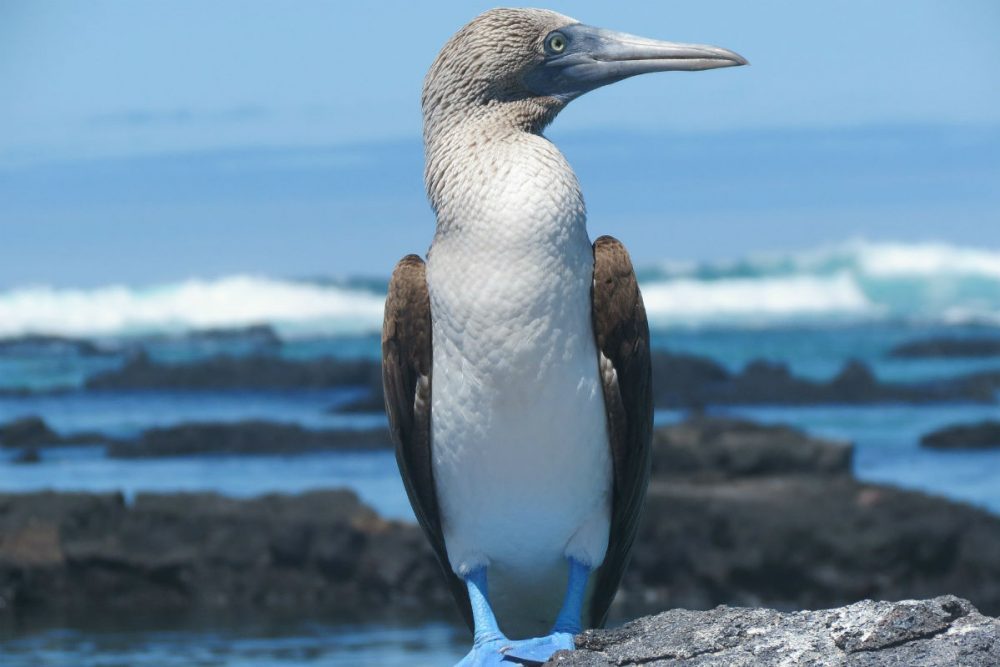
The ratio of guides to guests is likely to be much lower than usual this year in the Galapagos Islands. Photo: peterstuartmill/Pixabay
Prior to Covid, on a Galapagos cruise you’d often have to share a guide with 15 other guests; these days, with travel to the islands just beginning to ramp up again, that ratio will likely be much lower. All travelers and staff are tested prior to flying to the Galapagos. Some hotels on the islands are welcoming visitors again, a few expedition-cruise ships are operating—or maybe your family group wants to have a small vessel all to yourself. If you’d like to extend your trip into the Amazon rainforest, consider Sacha Lodge, which is adjacent to one of the most biodiverse spots on earth; each group gets its own private guide, and the dining room is open-air. Read Galapagos trip reviews.
The Maldives
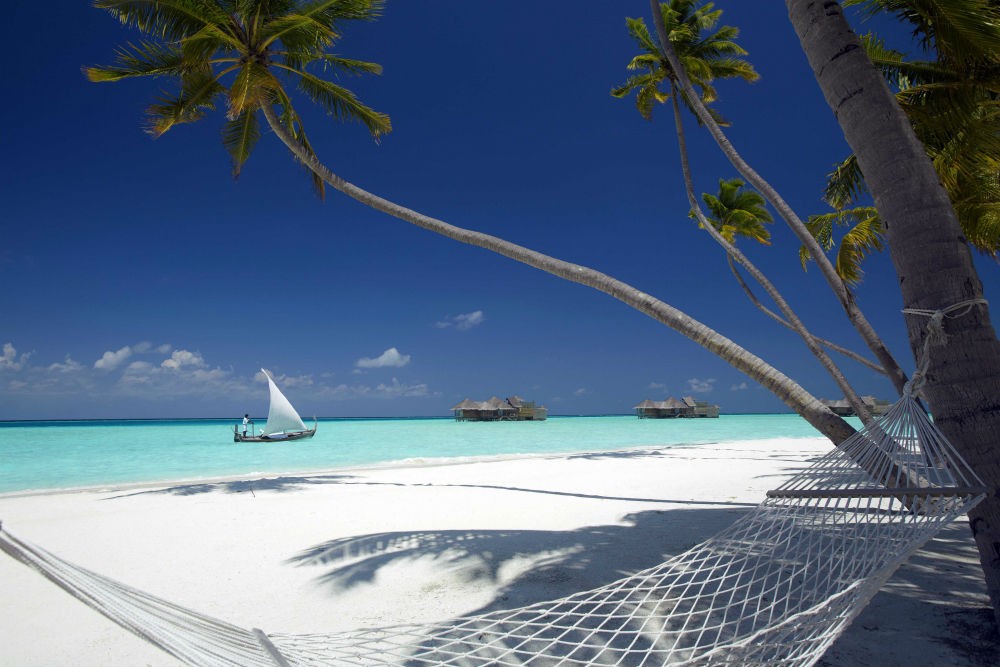
The Maldives require a negative Covid test taken within three days of the first leg of a traveler’s flight. Photo: Gili Lankanfushi
These idyllic islands in the Indian Ocean, many of which are home to just one resort, requite visitors to present a negative Covid test taken no more than 96 hours prior to the first leg of their flights to the Maldives; I spent a blissful five days there in October. It’s a breeze to socially distance at a private-island resort, where secluded beach villas and overwater bungalows are the norm. Restaurants are already open-air, toes-in-the-sand kinds of places, and the closest interaction you might have is with a manta ray while snorkeling. You’ll also benefit from lower rates and more generous cancellation policies at many resorts this winter. Read Maldives trip reviews.
An African Safari
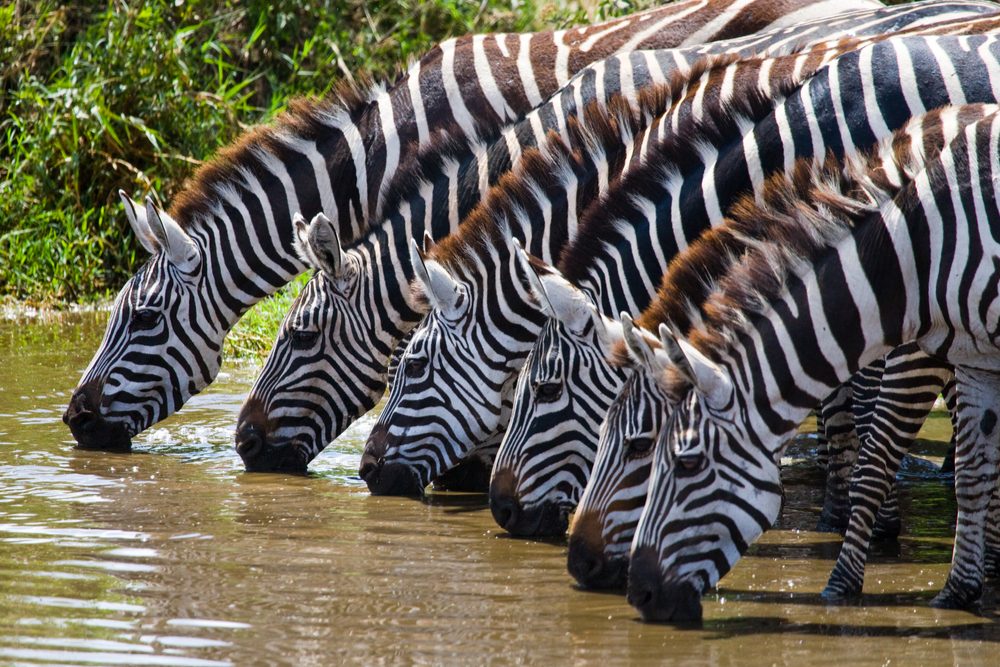
Safari camps usually book up years in advance, but for the 2020 holidays, the camps and the safari drives will see fewer people. Photo: Shutterstock
Safaris had grown so popular within the past few years that you were likely to notch more sightings of other 4x4s than of lions or rhinos, and the best camps and lodges—which typically have only a handful of rooms or tents—would book up years in advance. Now is a once-in-a-lifetime opportunity to experience Africa’s wildlife in solitude, as one of our travelers did in December. Botswana, Kenya, Mozambique, South Africa, Uganda, Zambia, and Zimbabwe all allow travelers in with a negative Covid test; Namibia and Rwanda require tests both before and after entering the country. A savvy safari-planning specialist can lead you to the lodges that are limiting occupancy in game-drive vehicles, are testing staff, and have open-air dining areas and in-room air conditioning (the latter a necessity in some parts of southern Africa at this time of year). Read African safari trip reviews.
Egypt

Egypt’s pyramids and other famous sites reopened in September at lowered capacity. Photo: Shutterstock
If you’re feeling truly adventurous, consider Egypt. While Cairo’s bustling souks and narrow streets don’t lend themselves easily to social distancing, there are certainly ways to sightsee while staying in your bubble, and this is an unprecedented opportunity to see the country’s pyramids and other archaeological wonders without the crowds: These sites reopened in September, but with much lower capacity. (Or do as these travelers did and have an expert arrange for private, after-hours access.) Travelers must bring a negative Covid test from the 72 hours prior to their departure. Read Egypt trip reviews.
We’re here to help
Right now is a remarkable opportunity for global travelers who are vaccinated. When your friends say that travel is problematic as a result of the pandemic—rental cars aren’t available, service even at 5-star hotels is shoddy—the problem is they’re not planning their trips right! Travel can be spectacular now if you choose the right destination, know the savviest local fixers, and approach them the optimal way. Check out these recent trip reviews to see the difference that Wendy’s WOW approach to trip planning makes. And if you’re looking for a similarly carefree travel experience, contact us at Ask Wendy.


